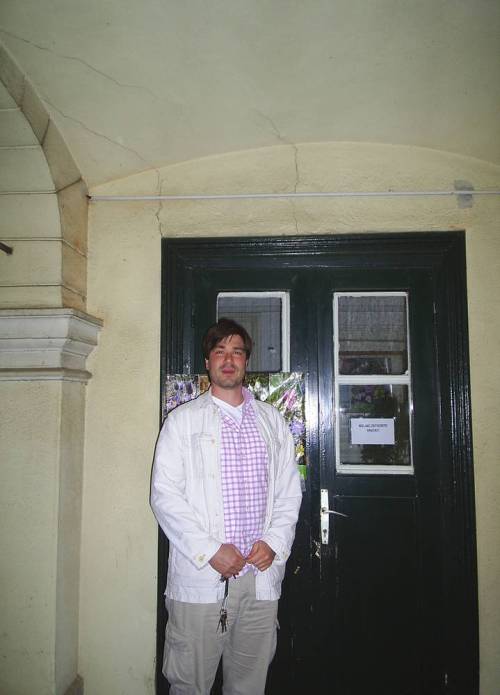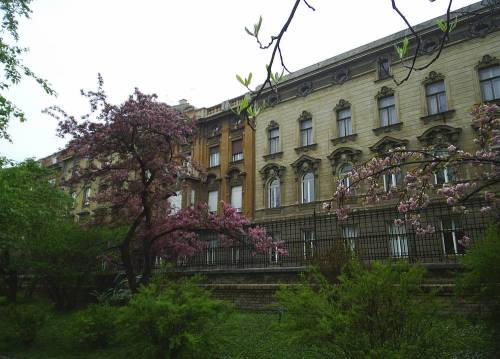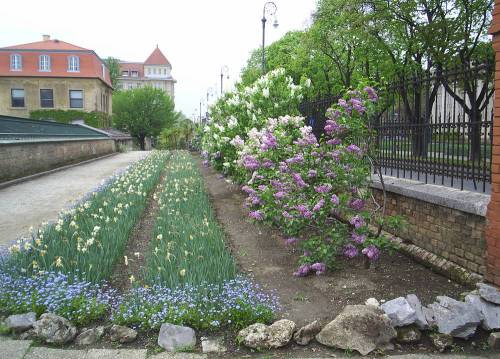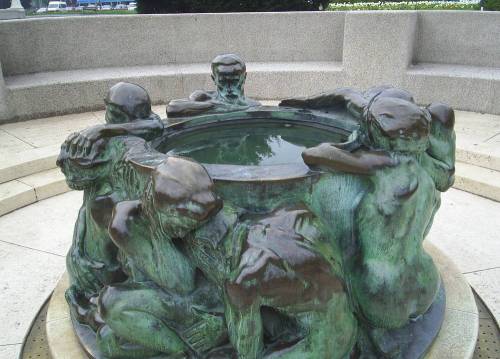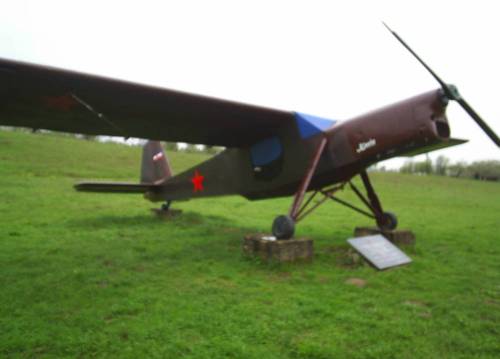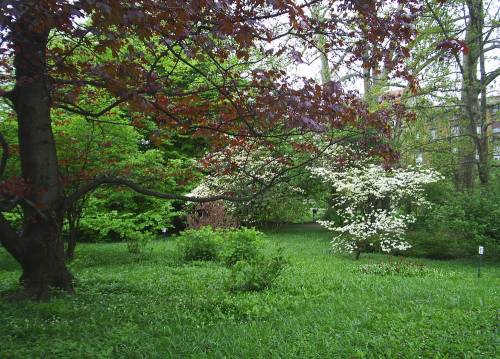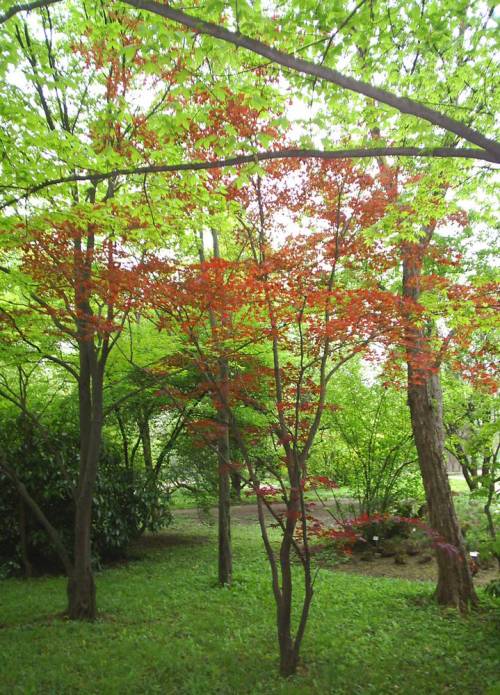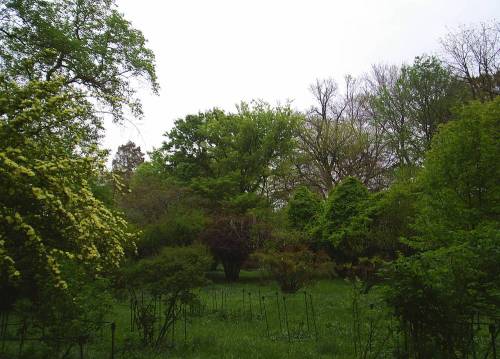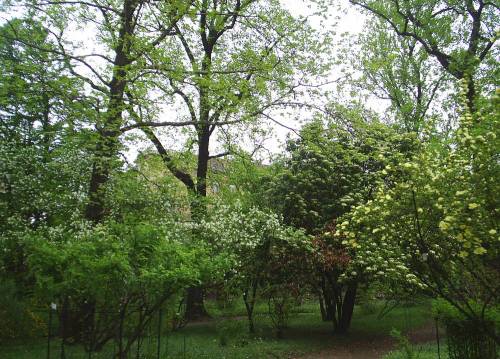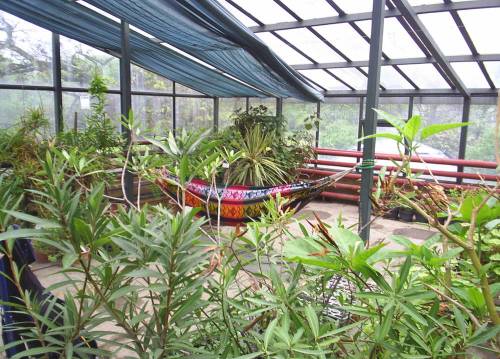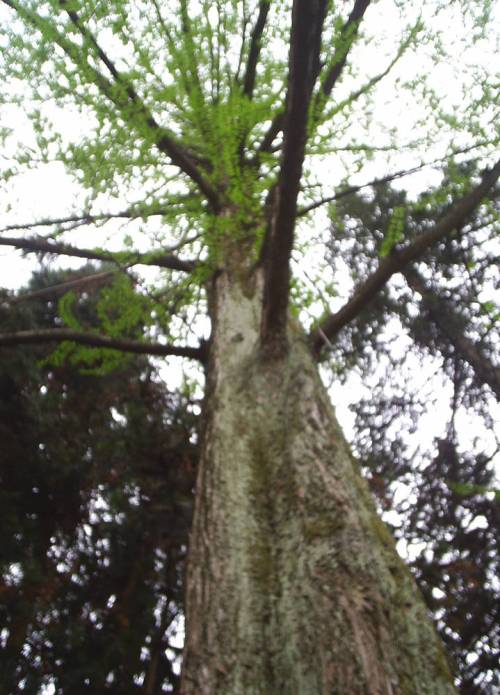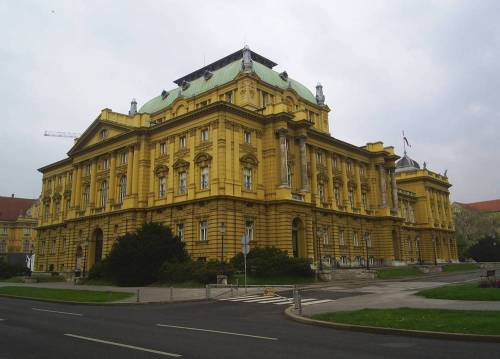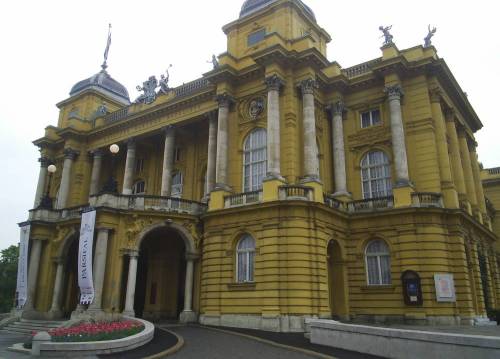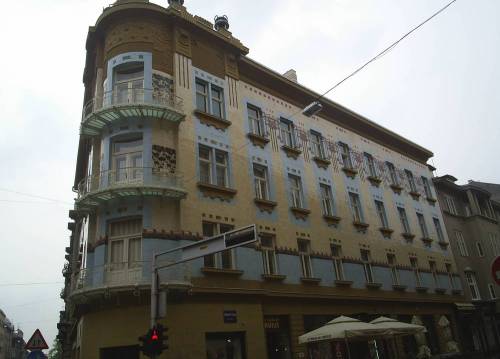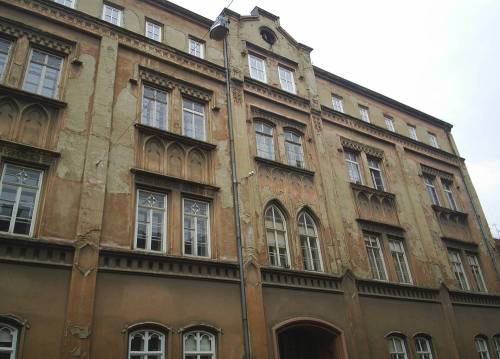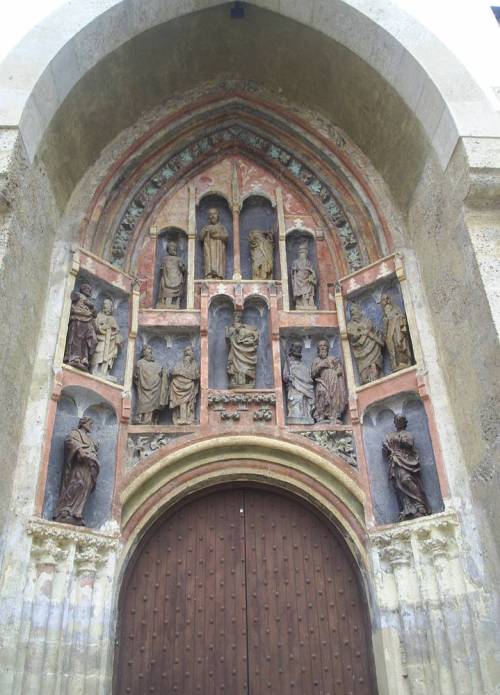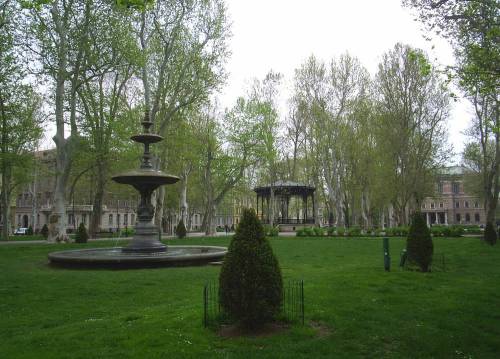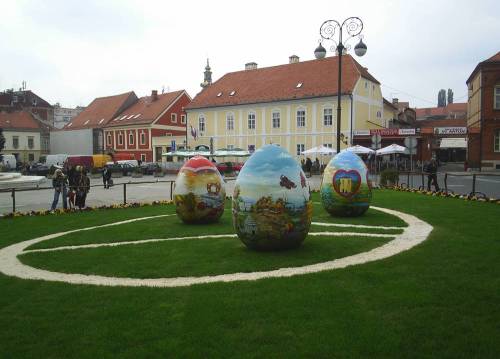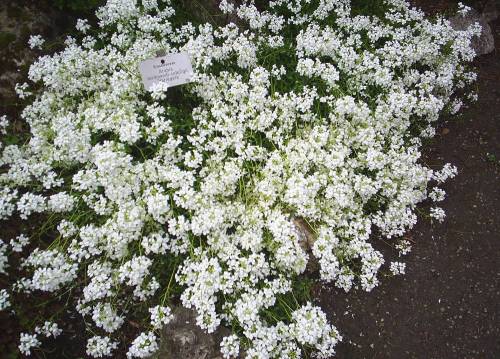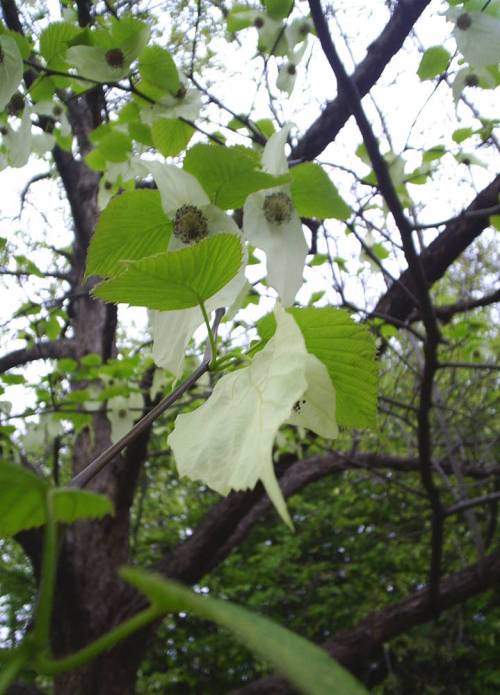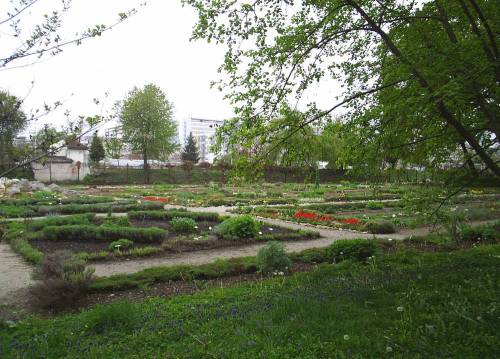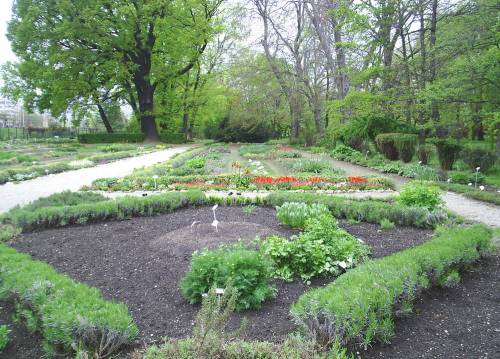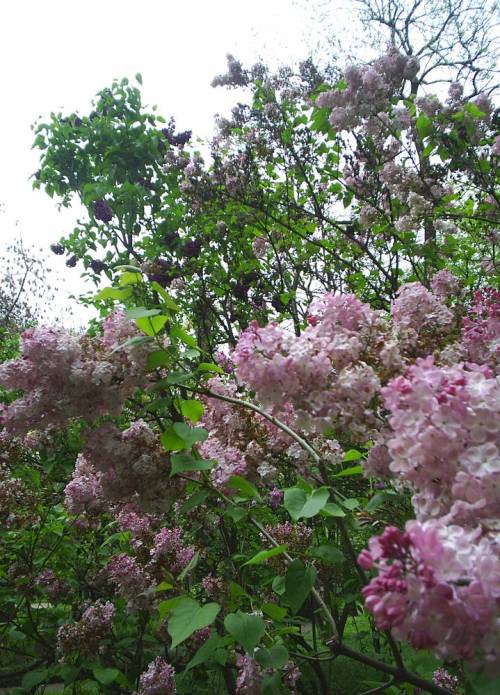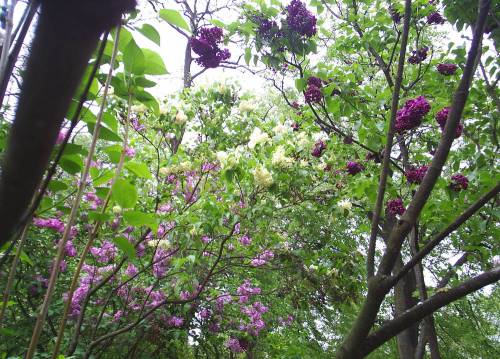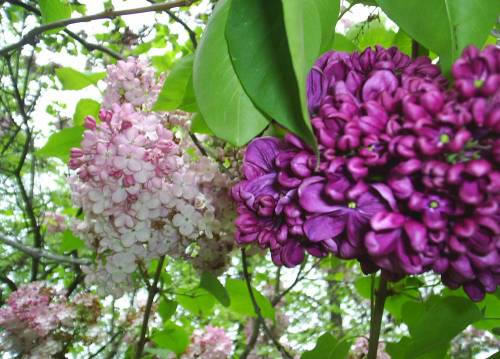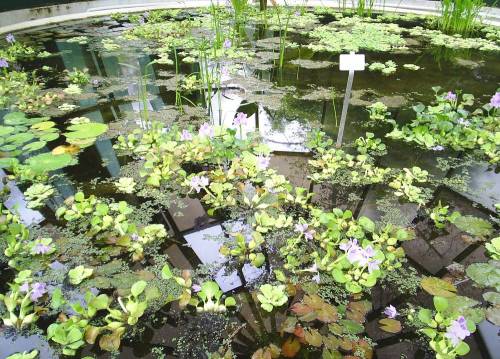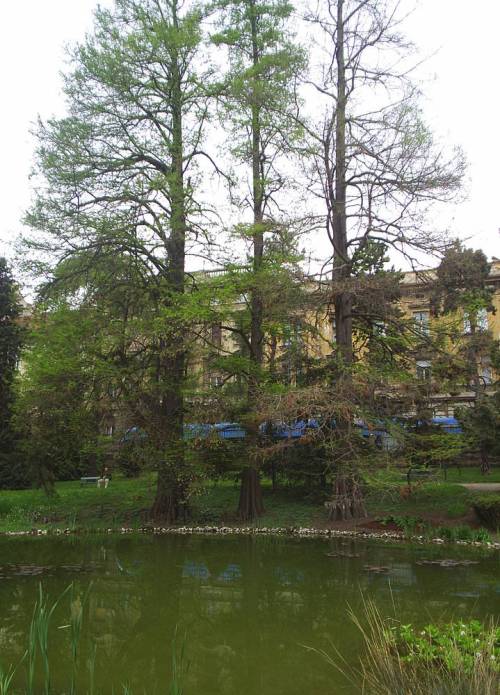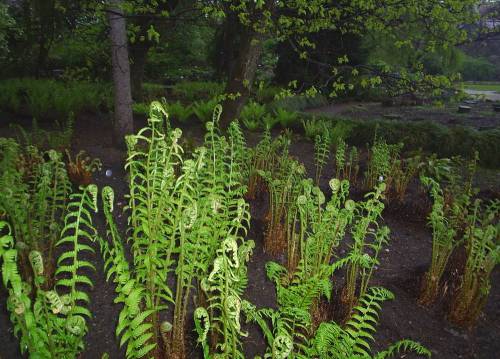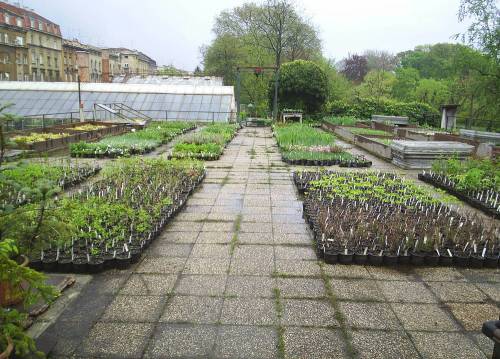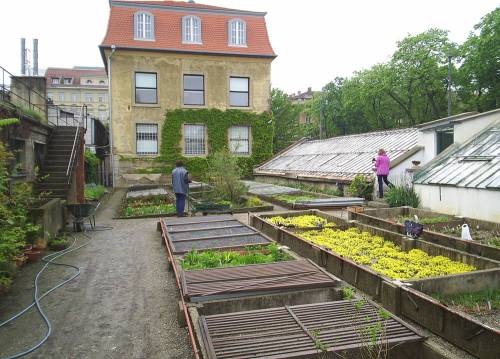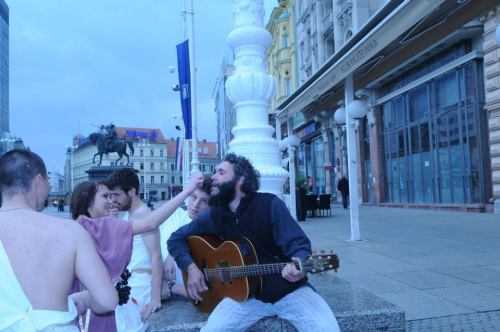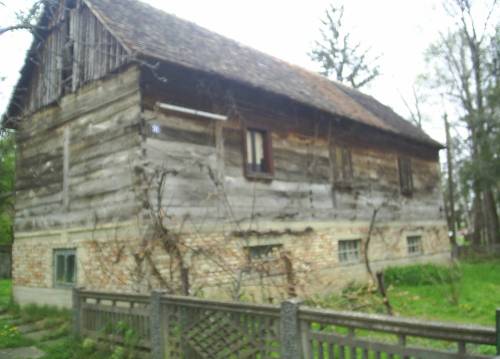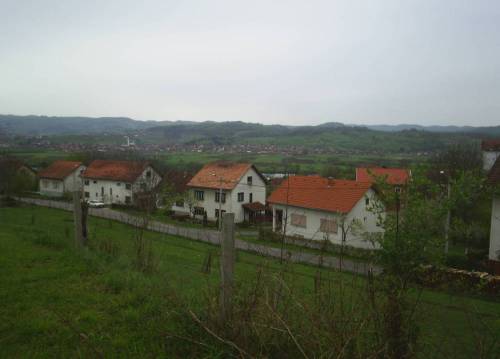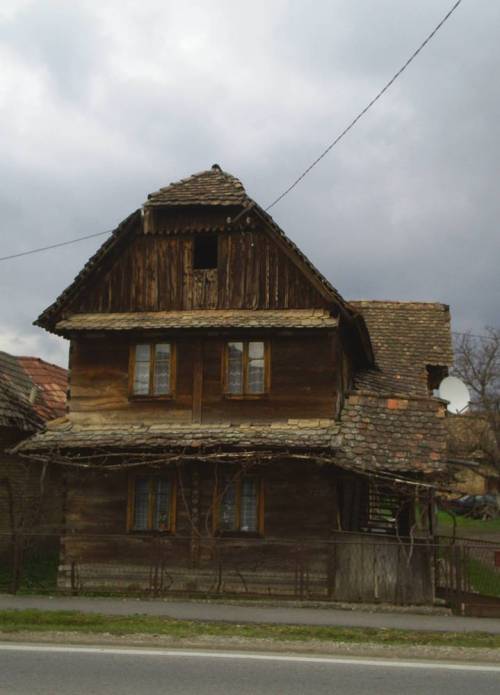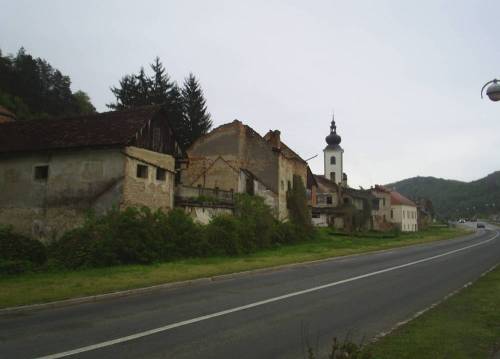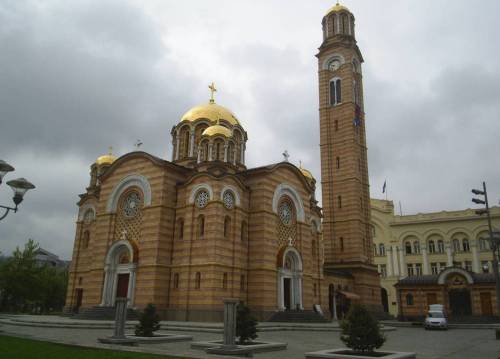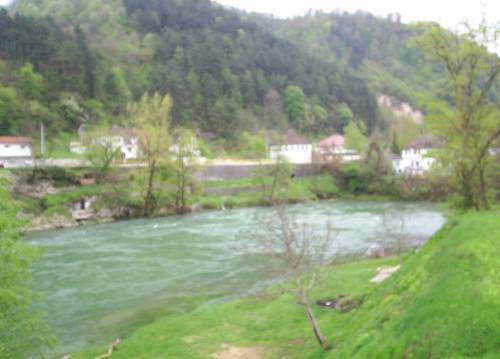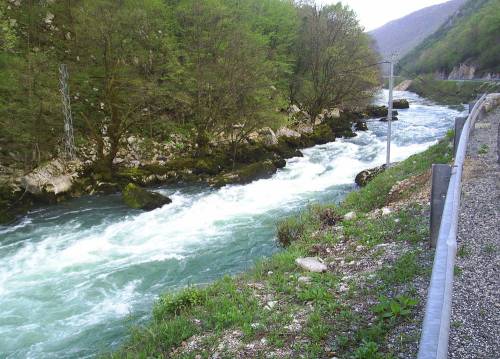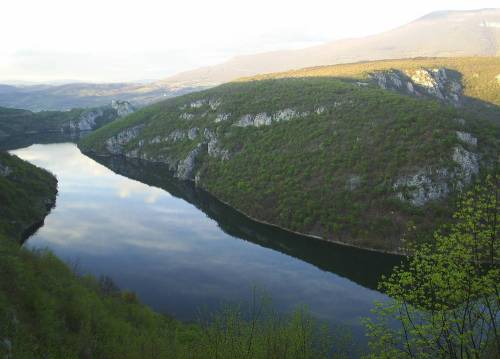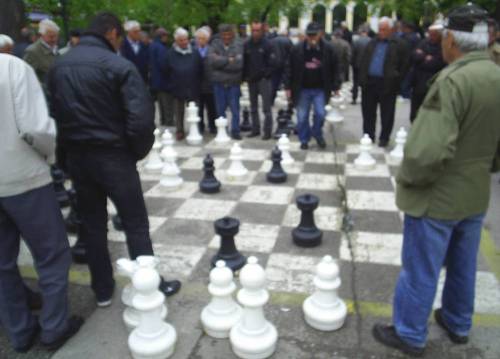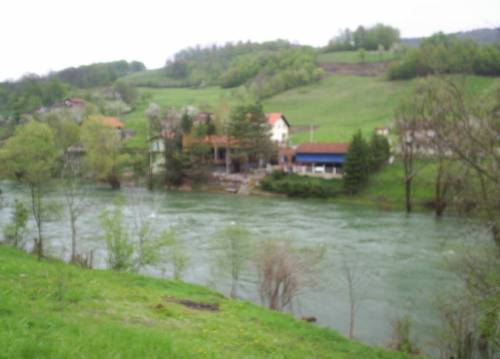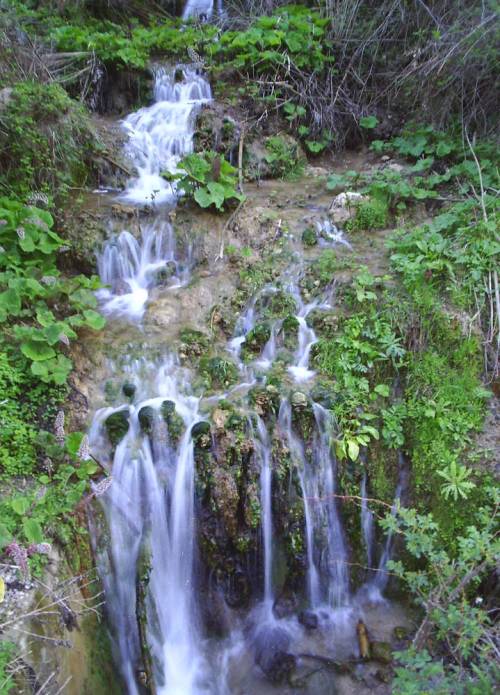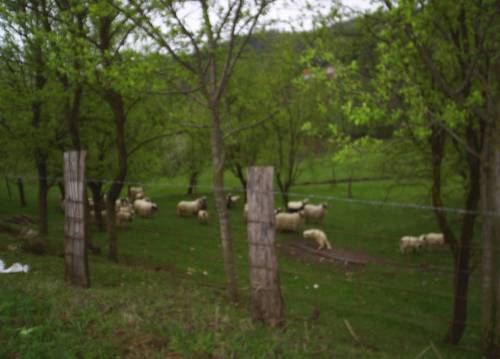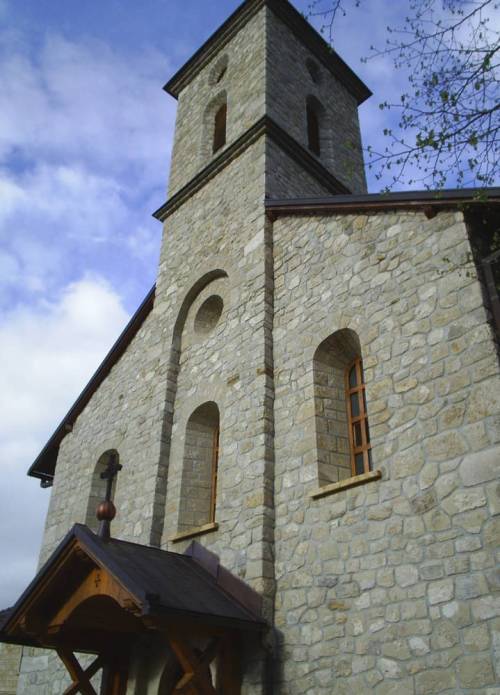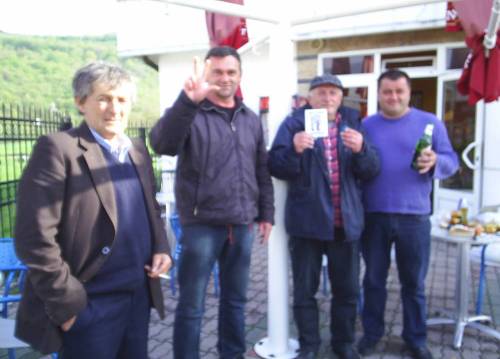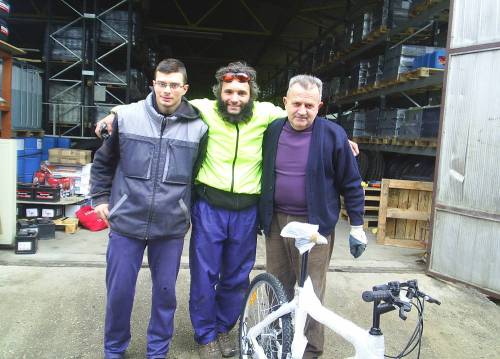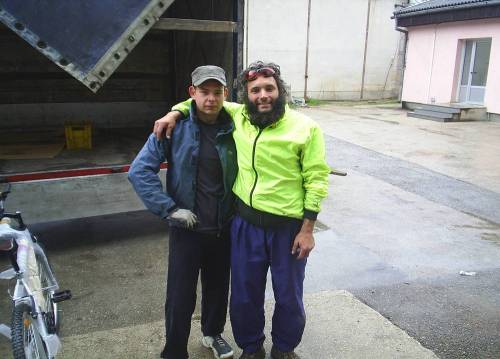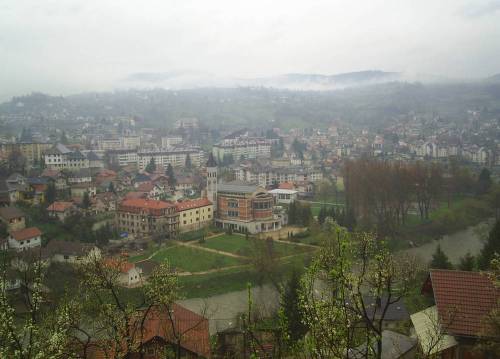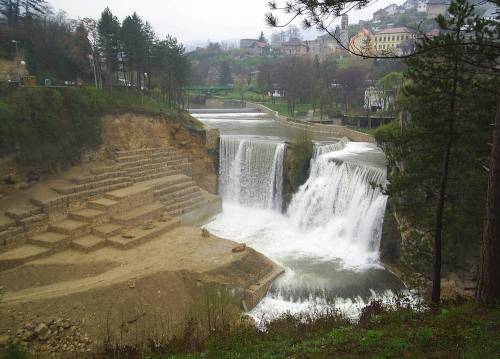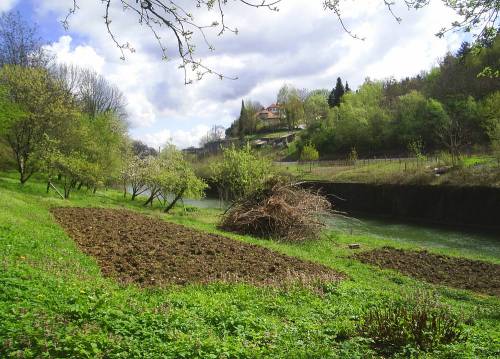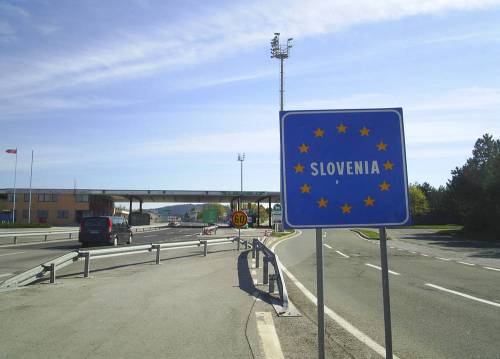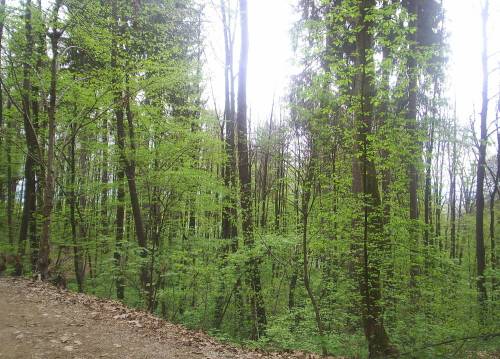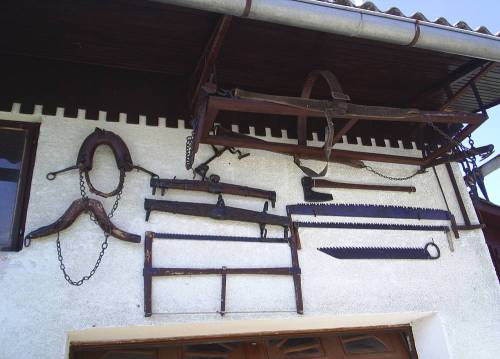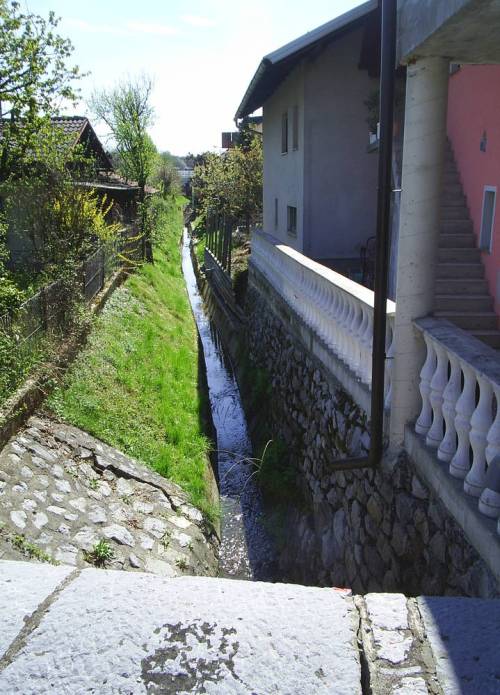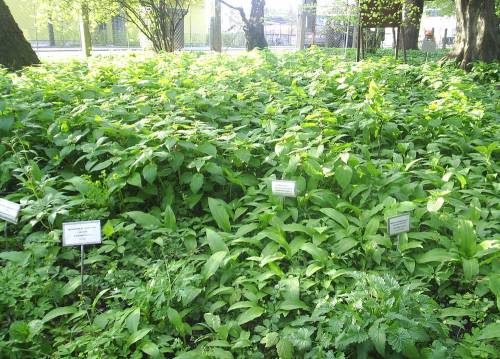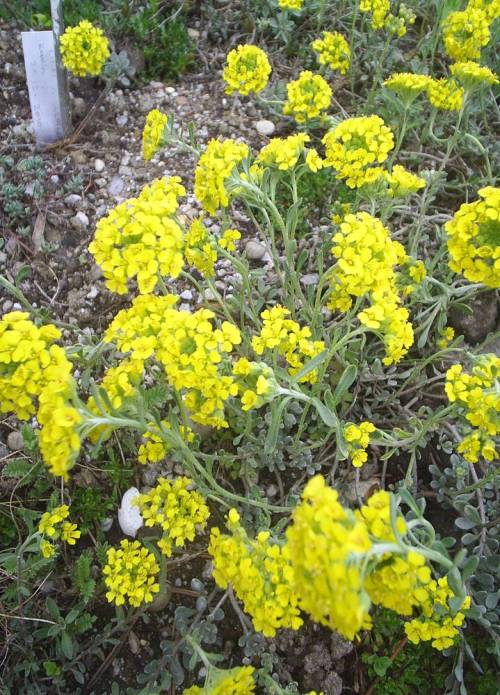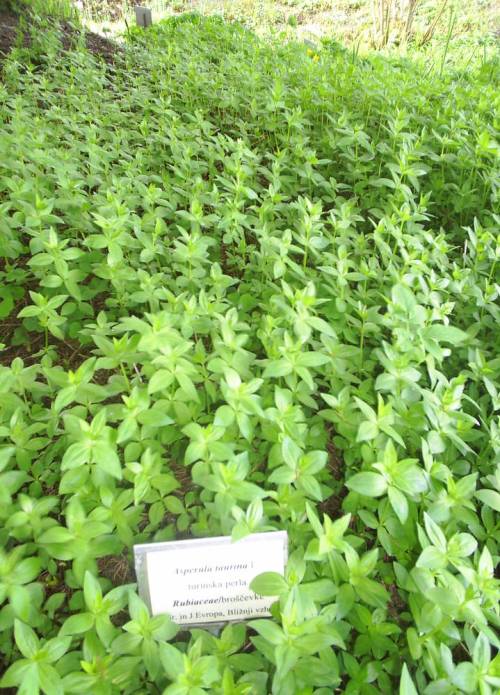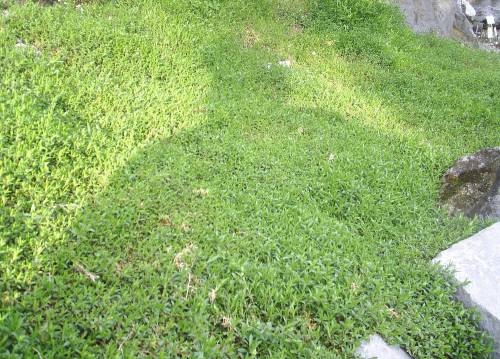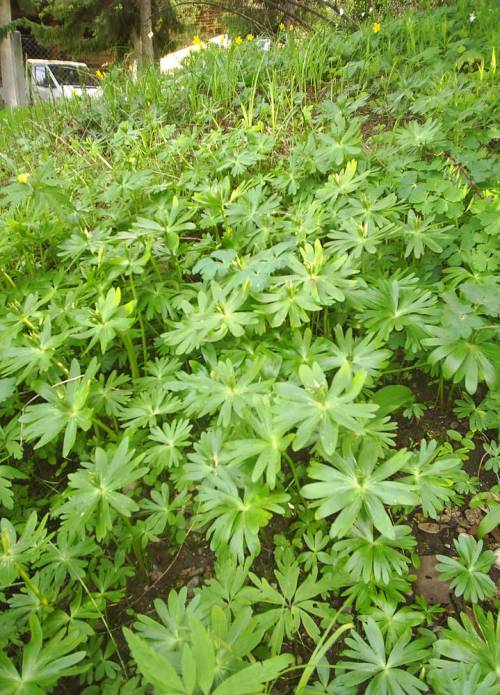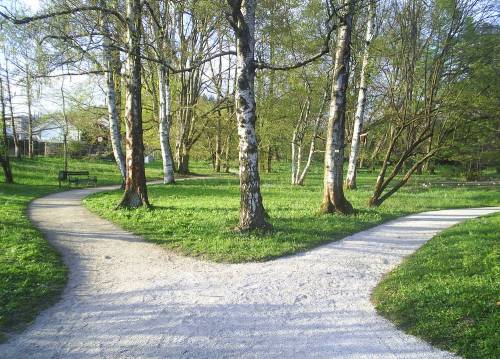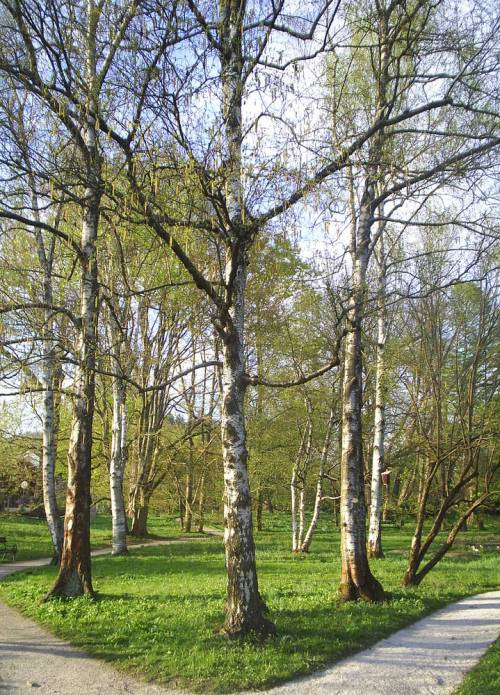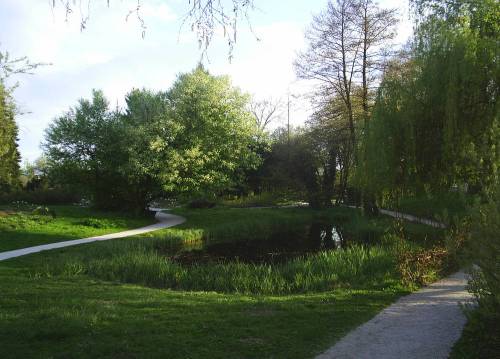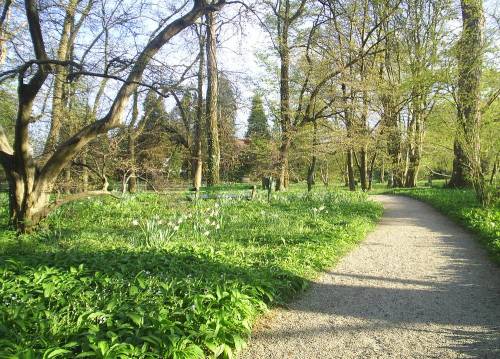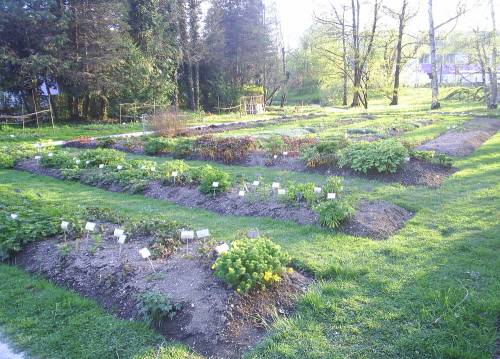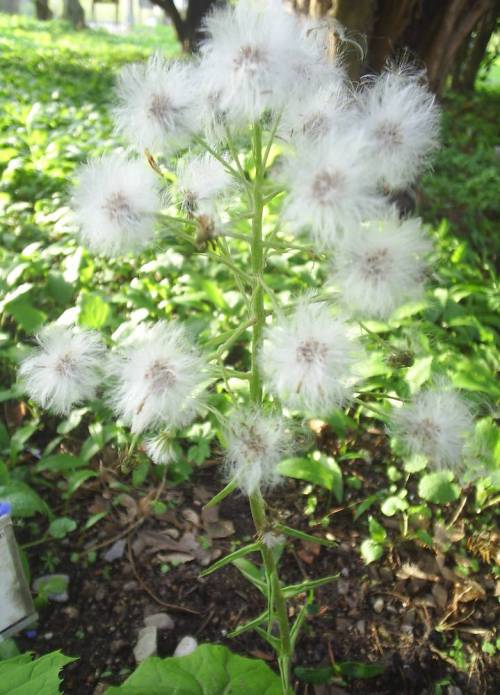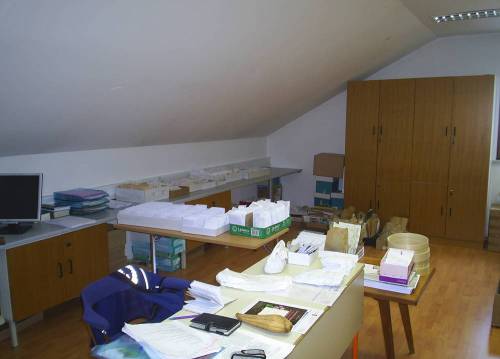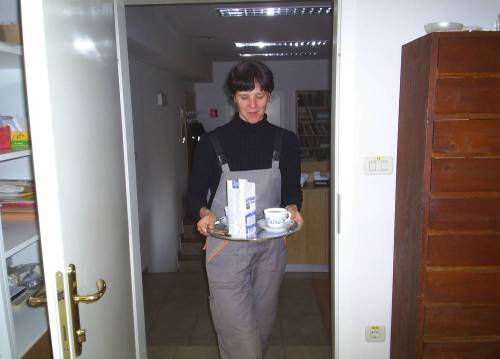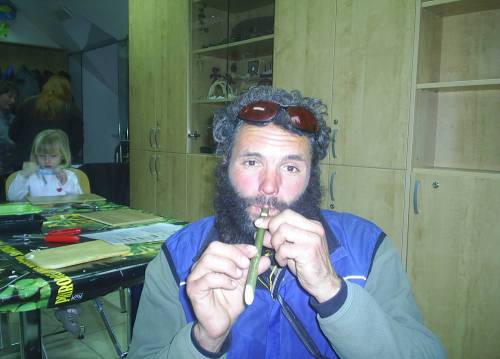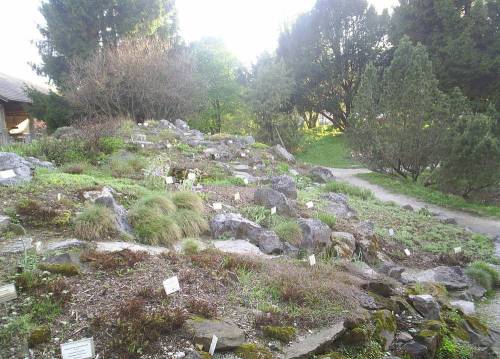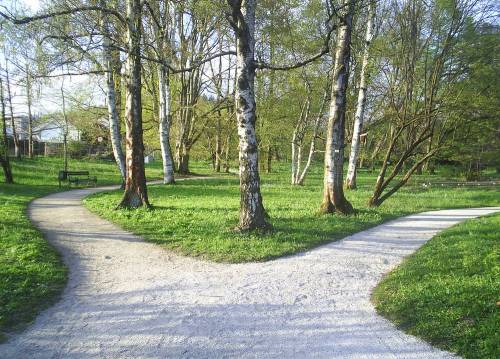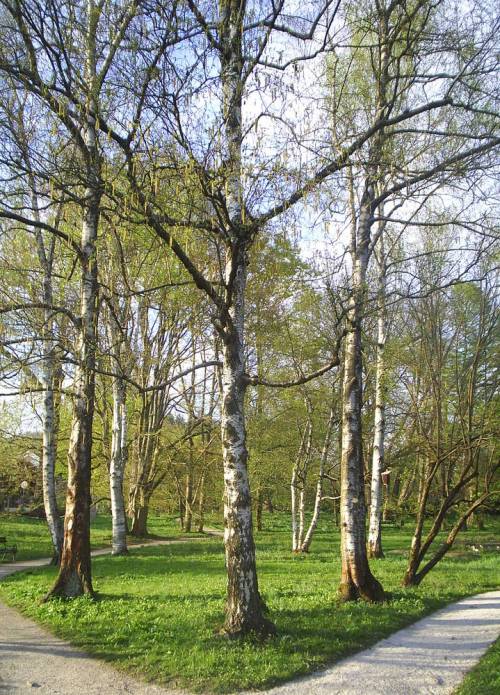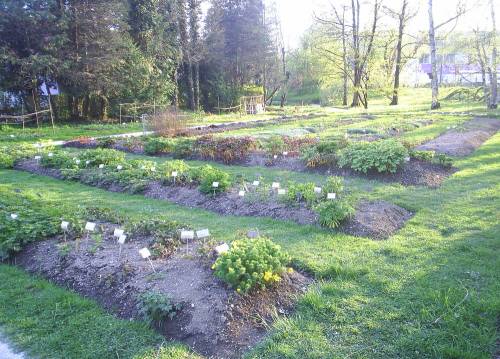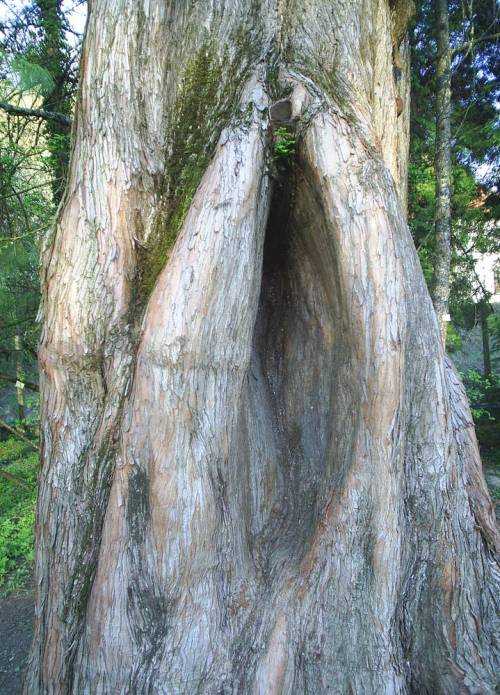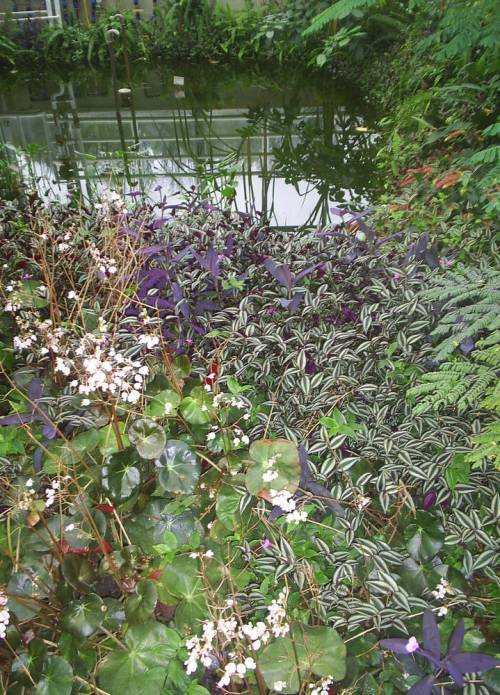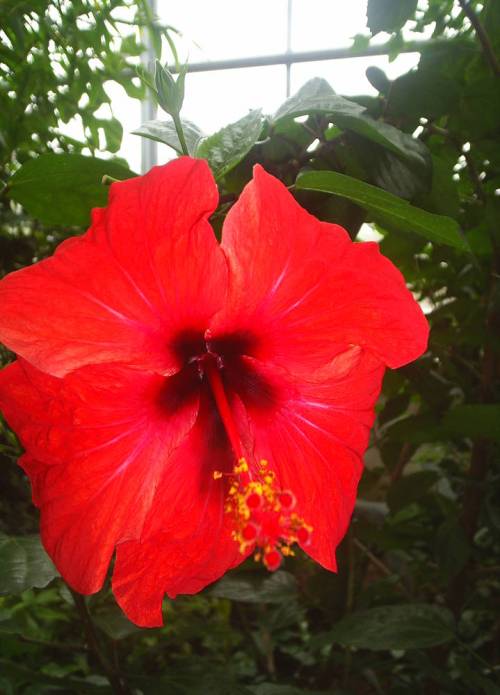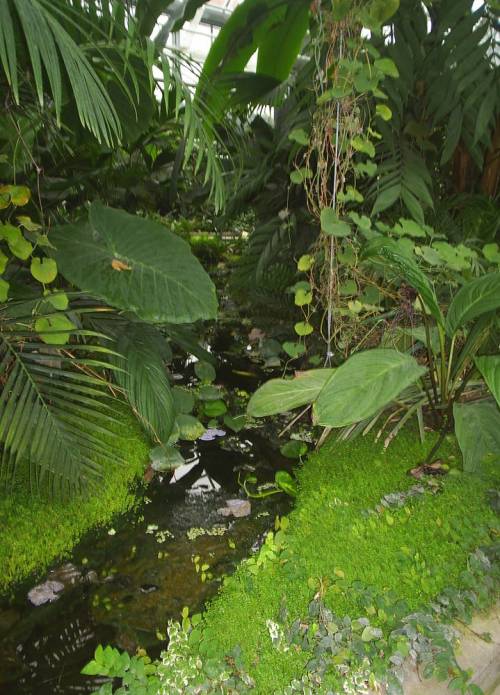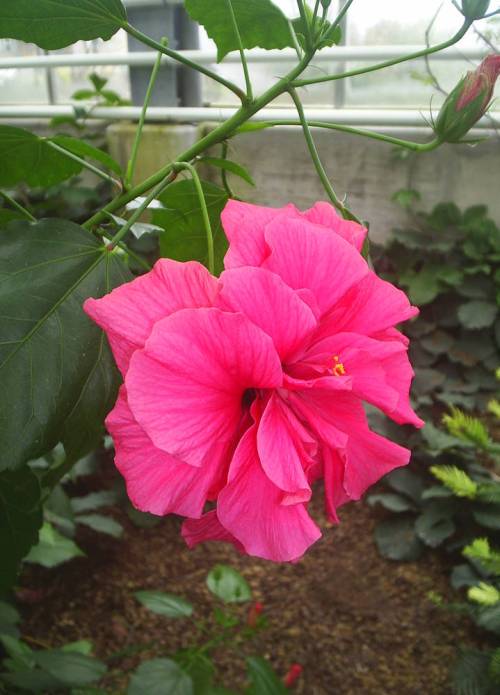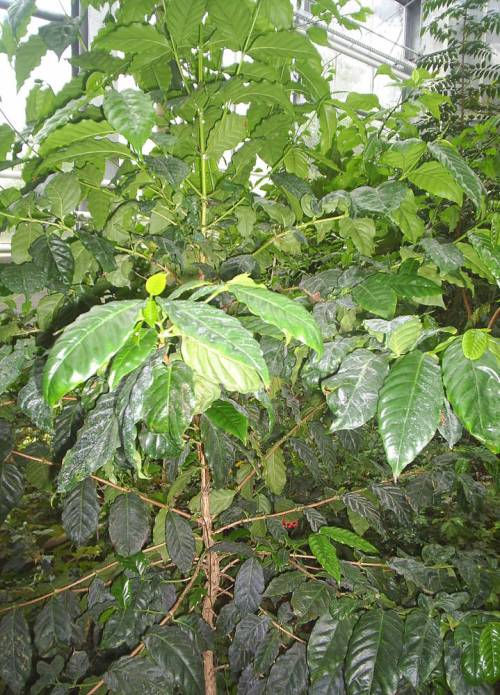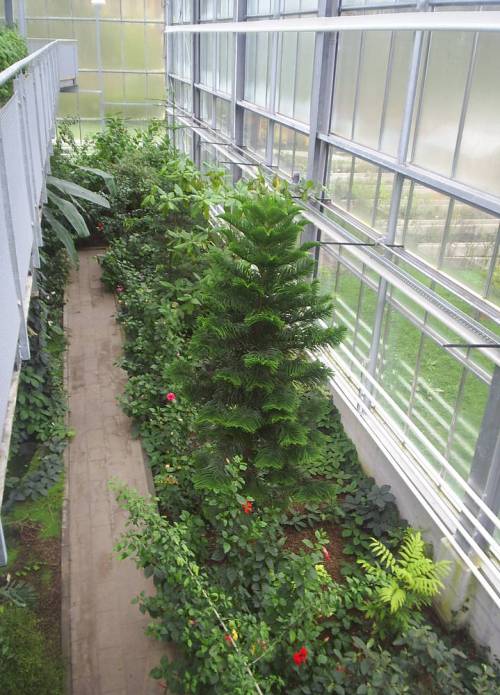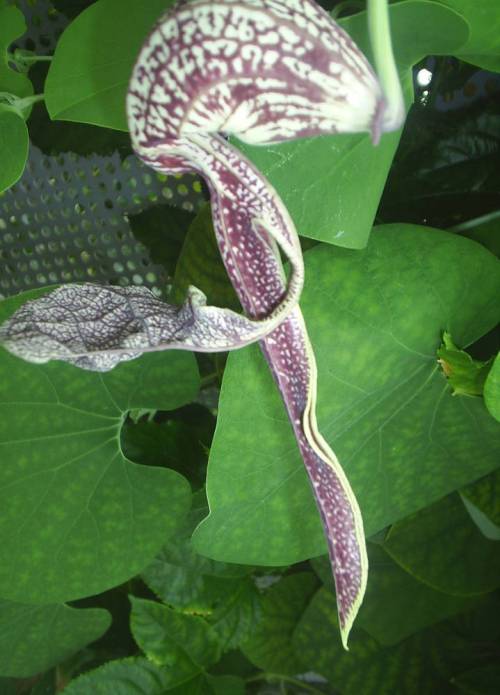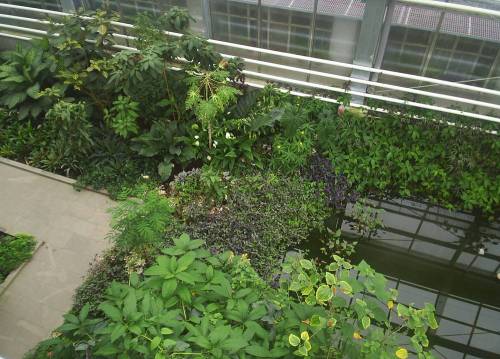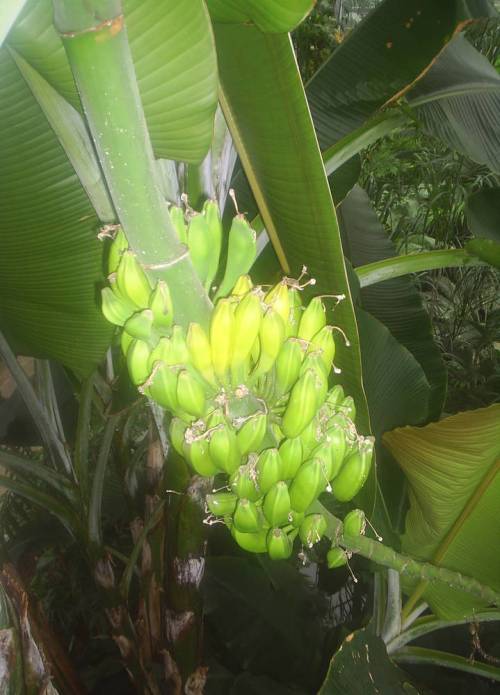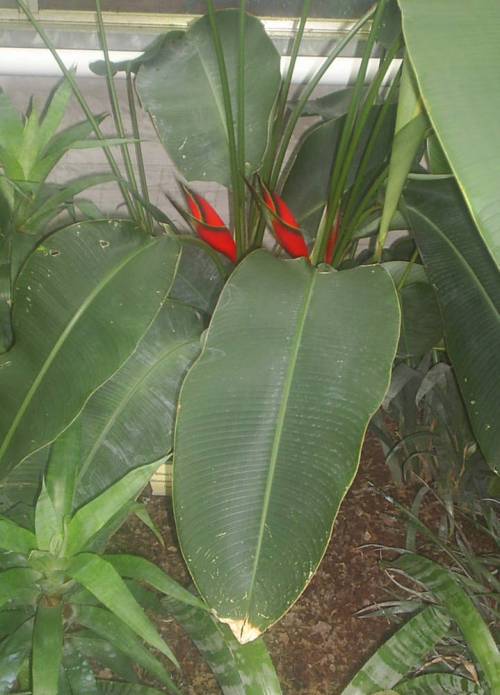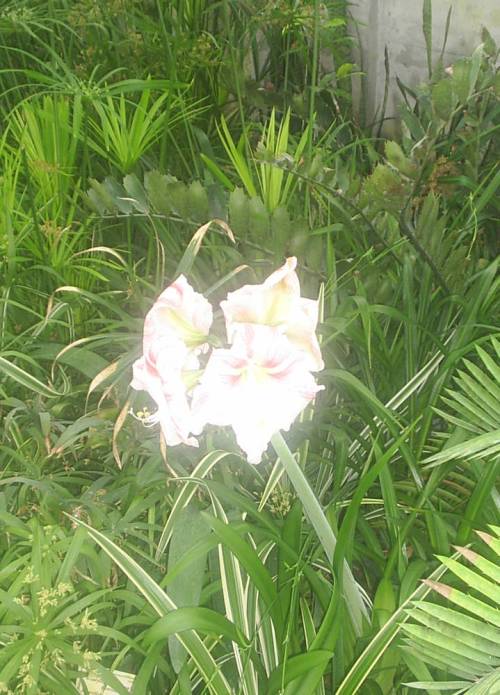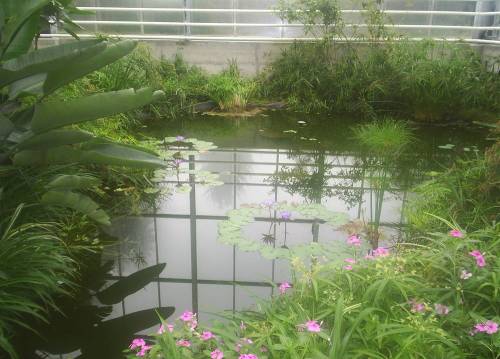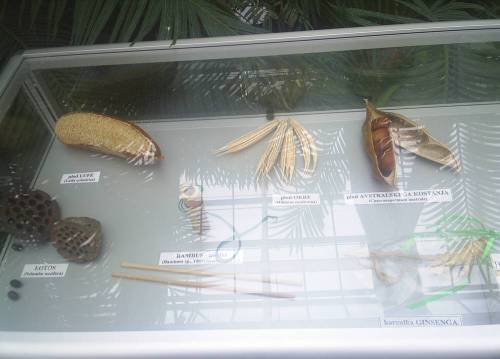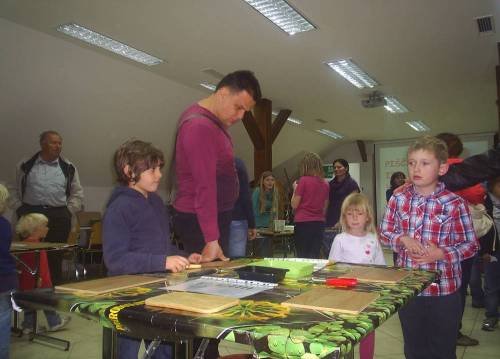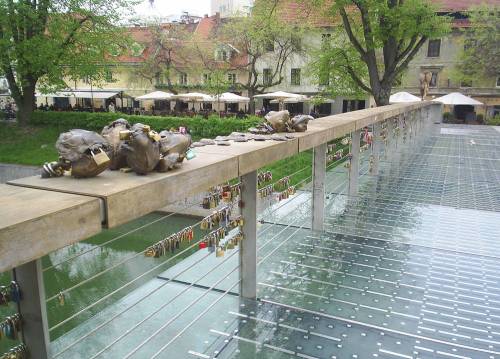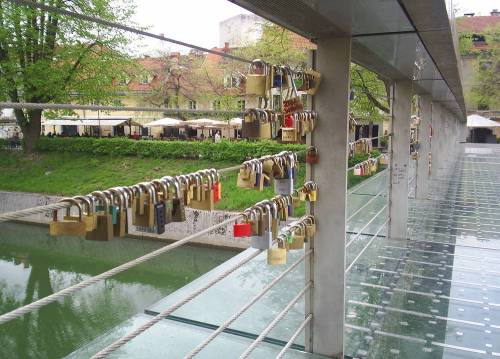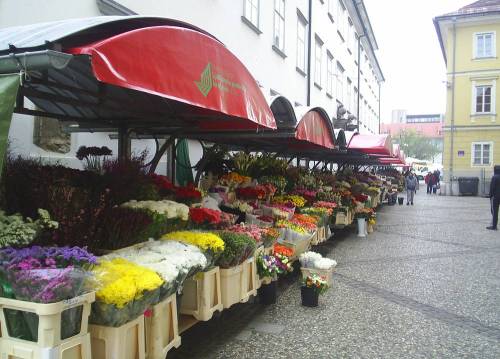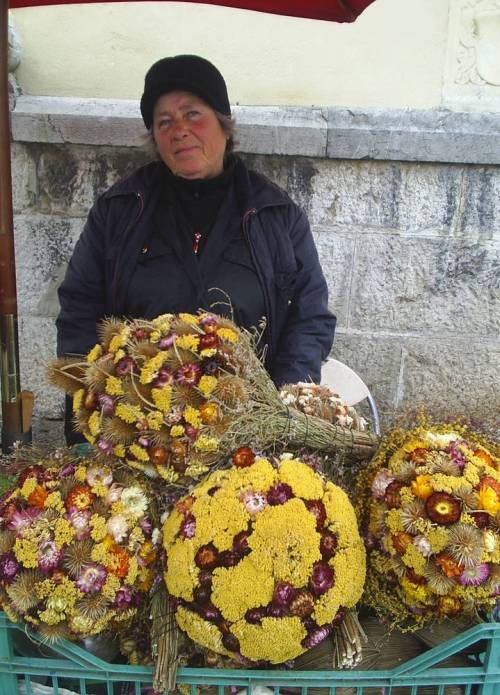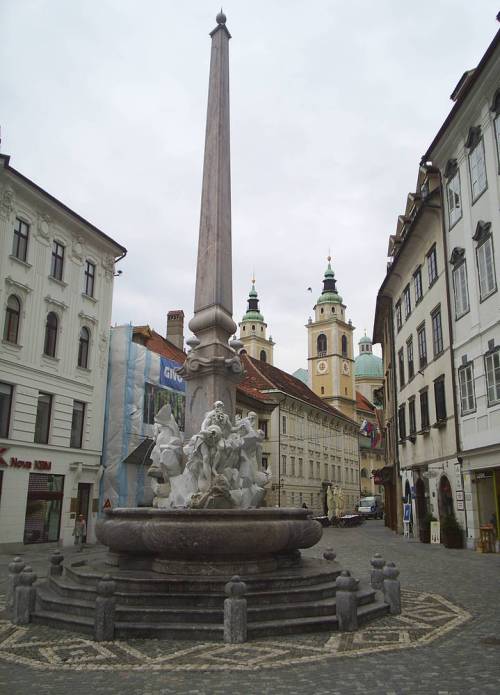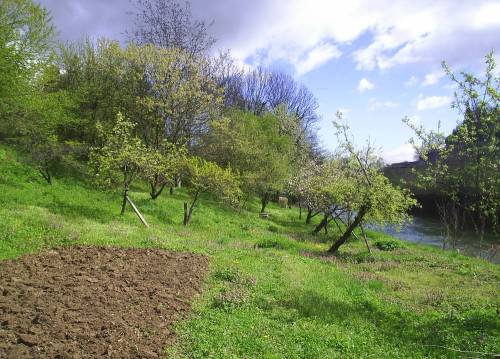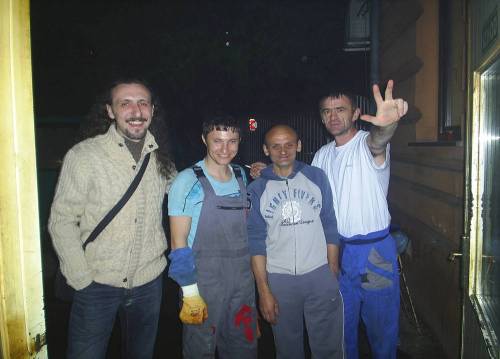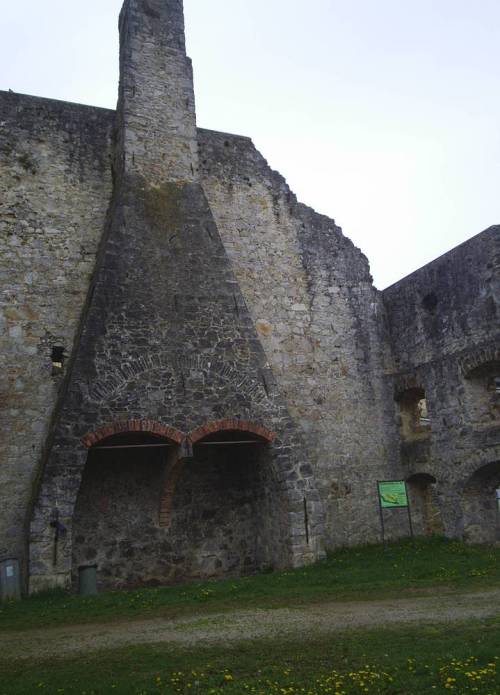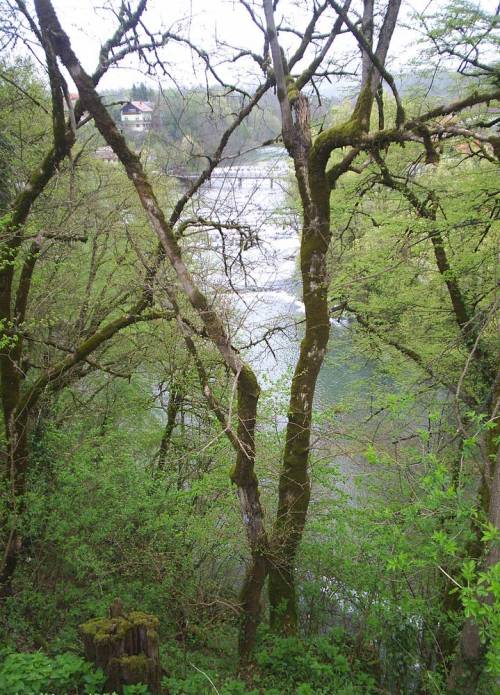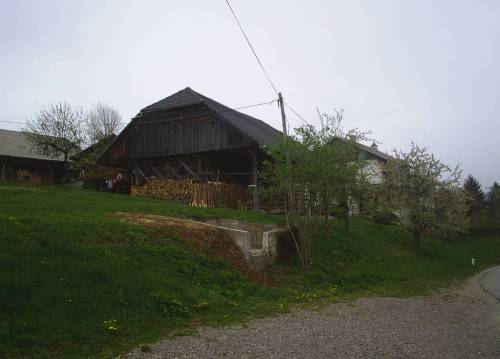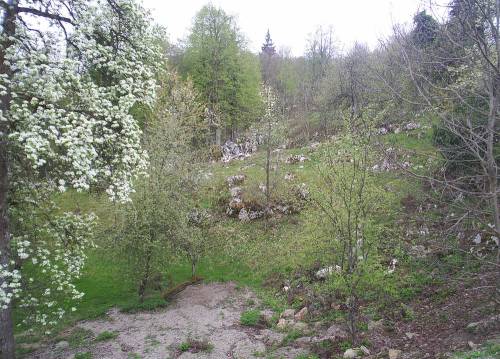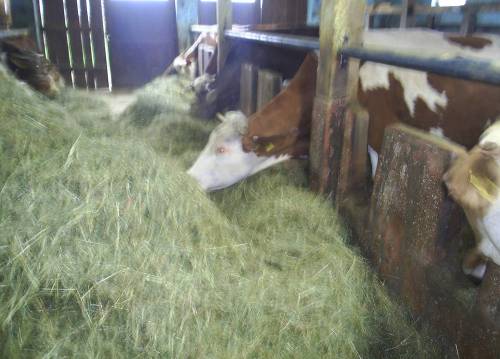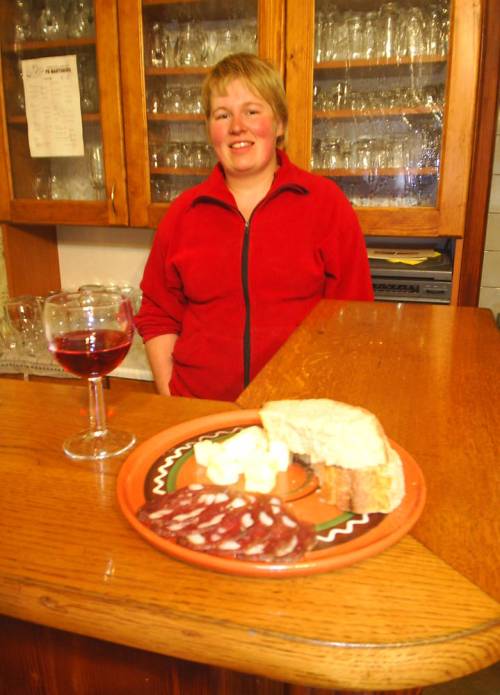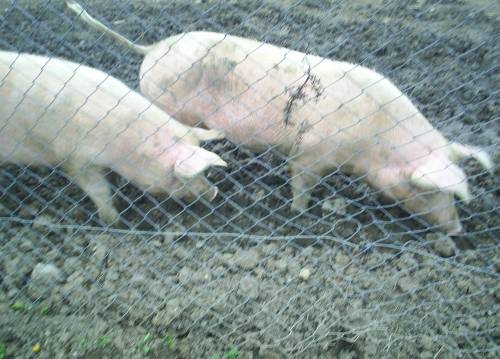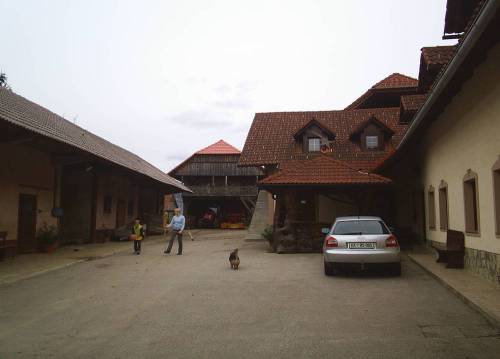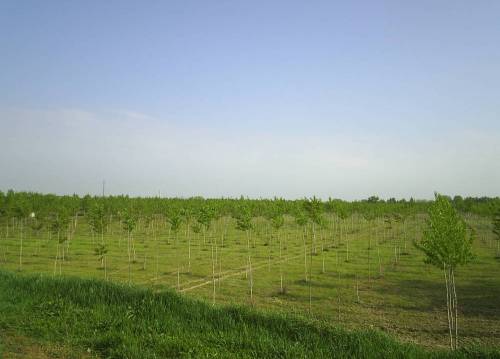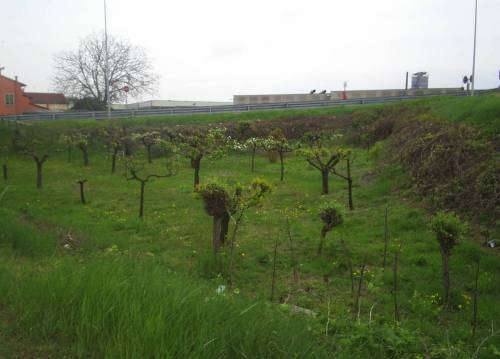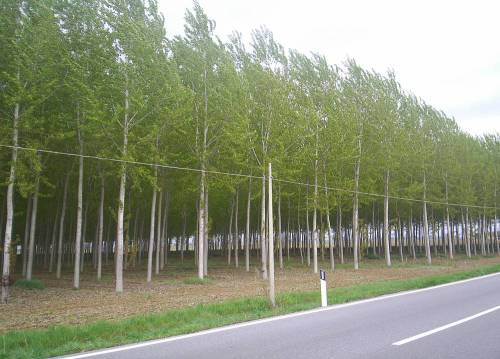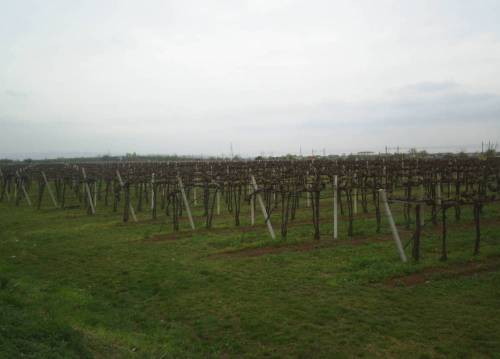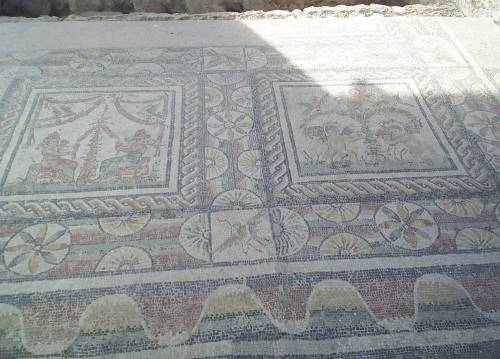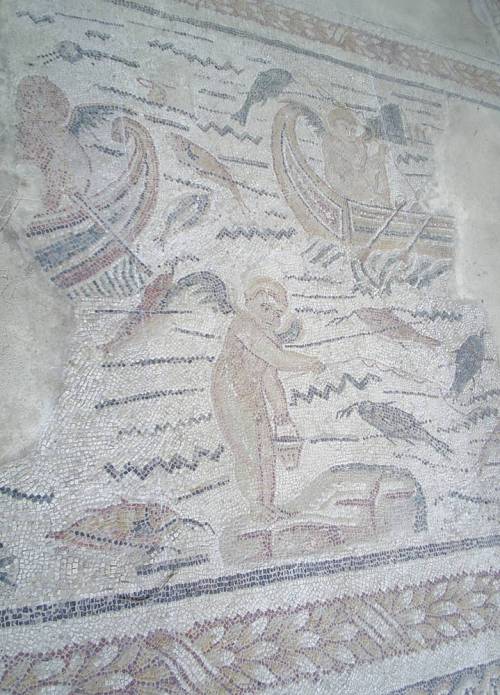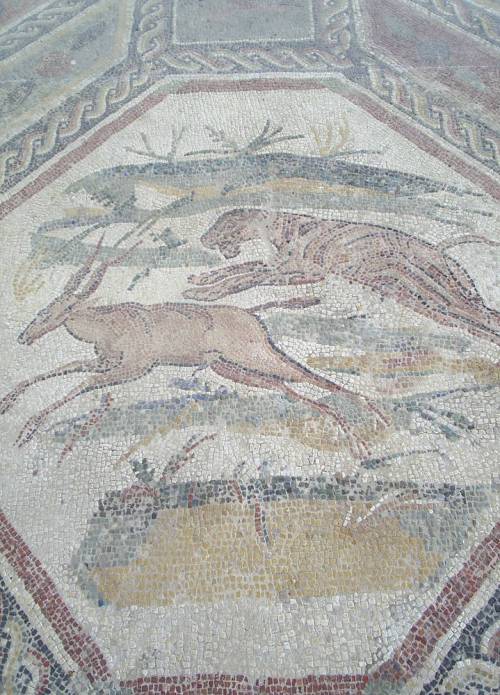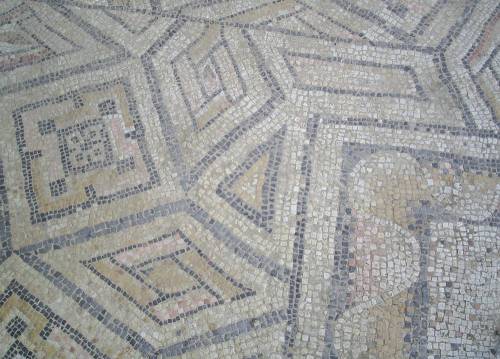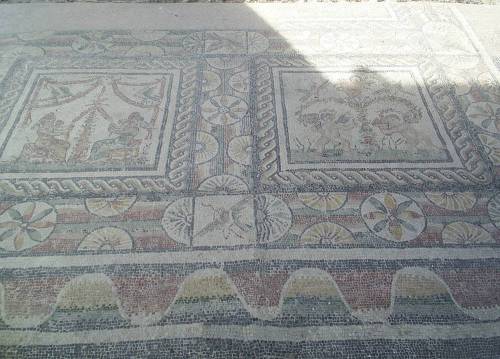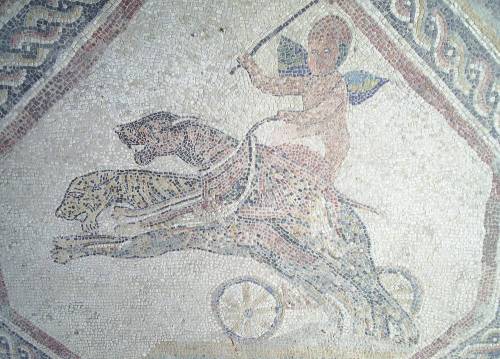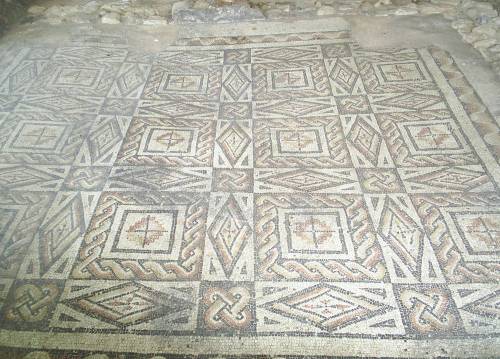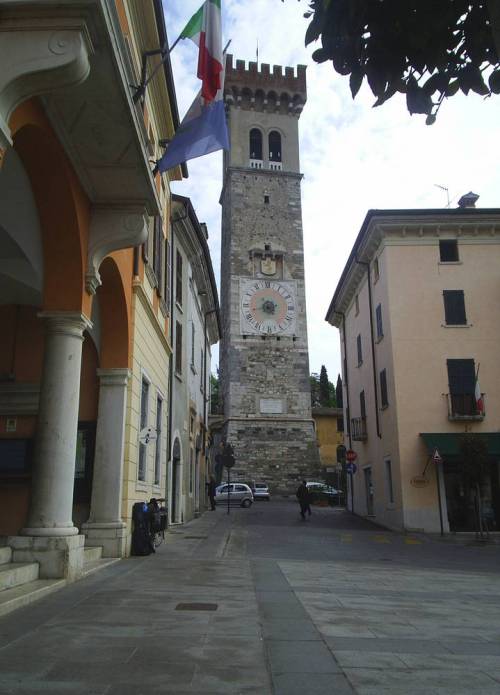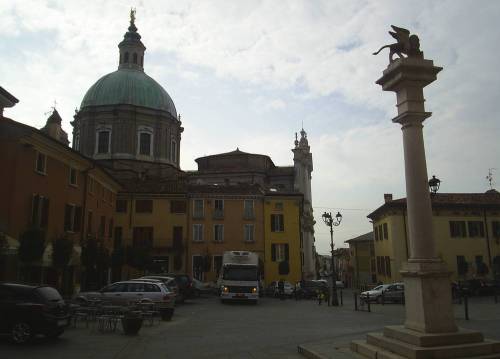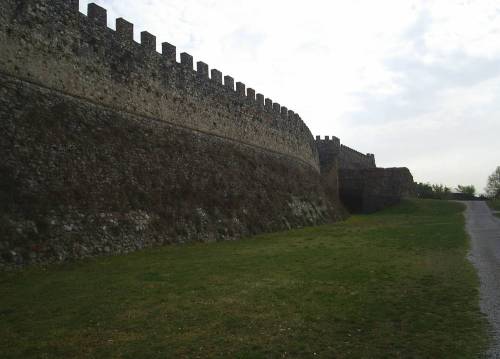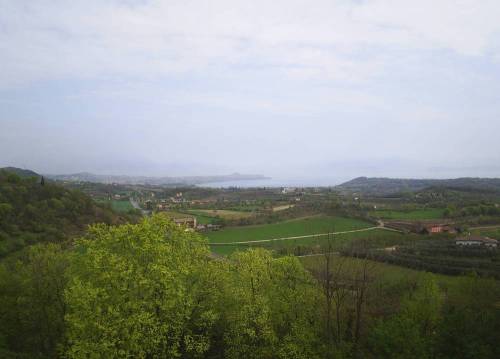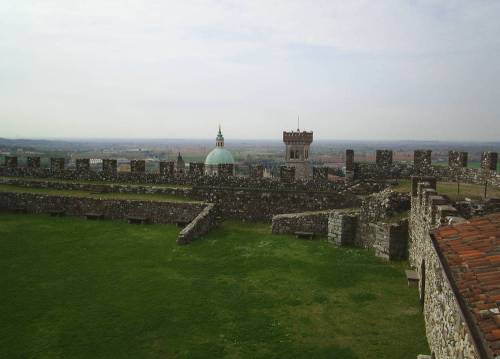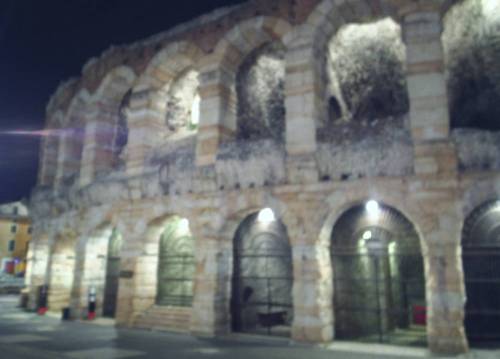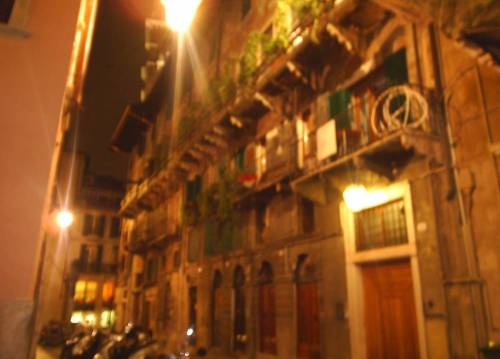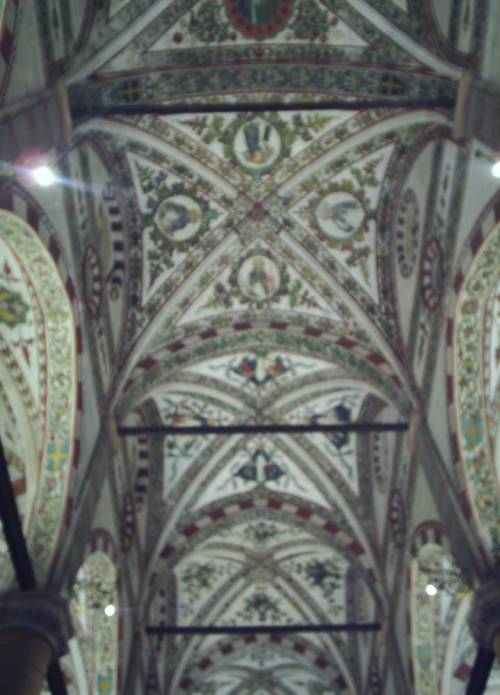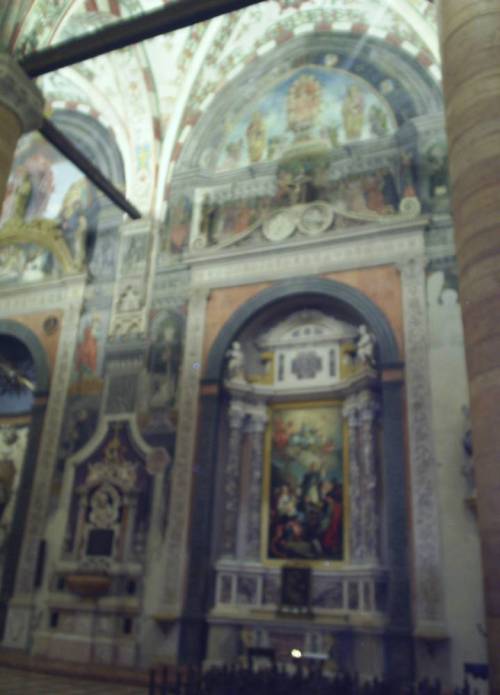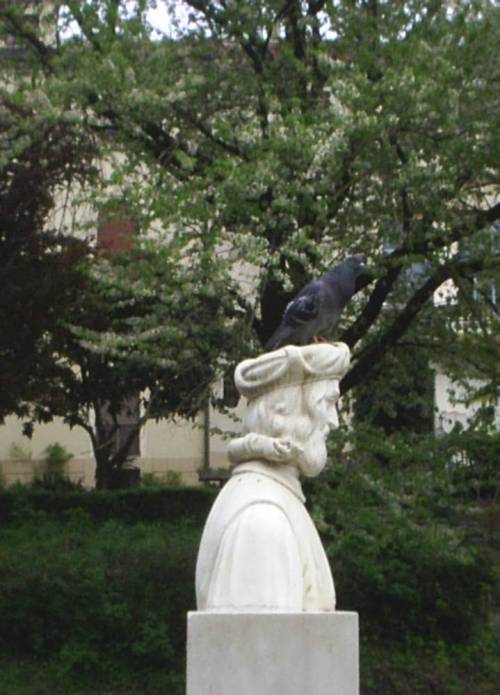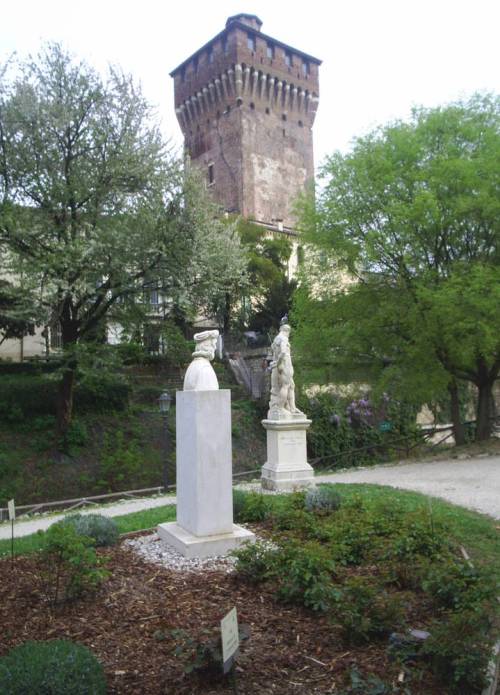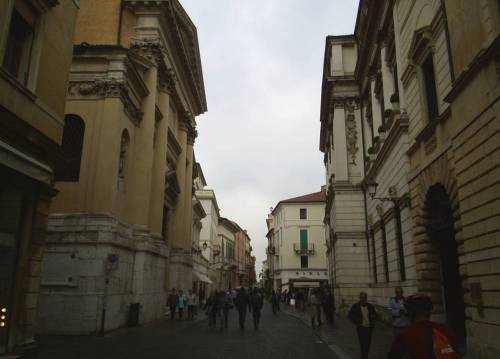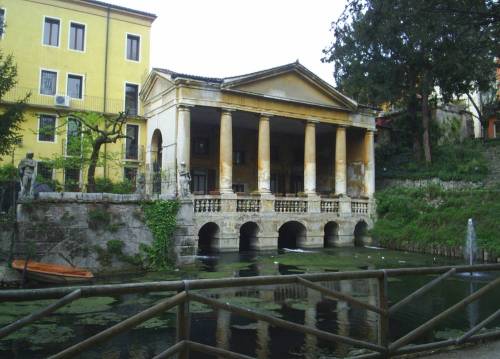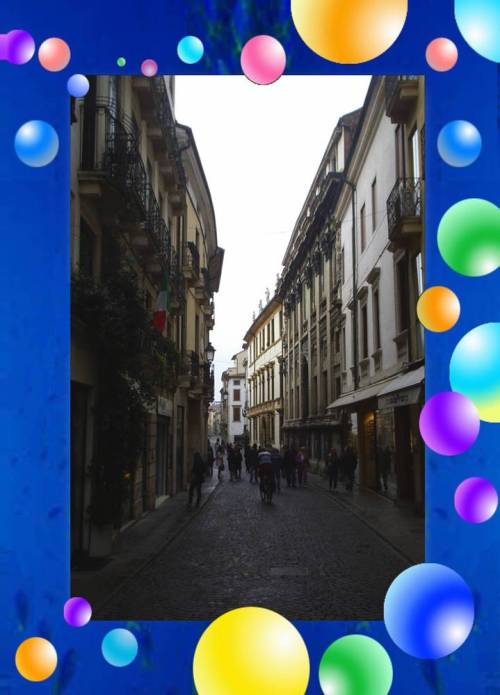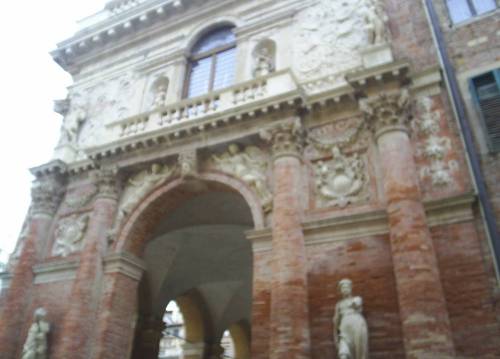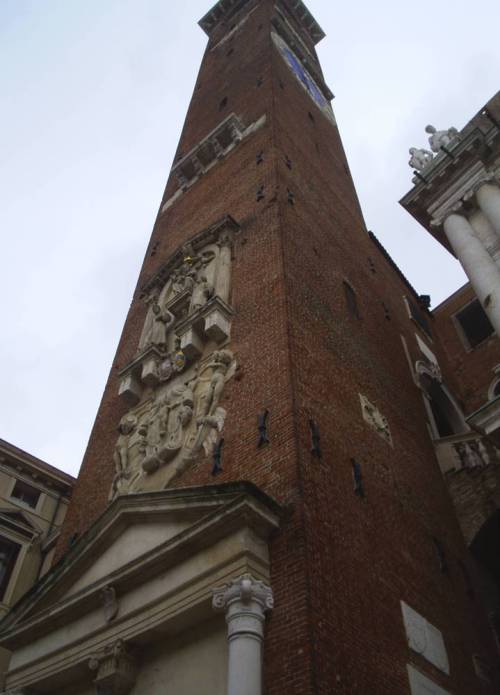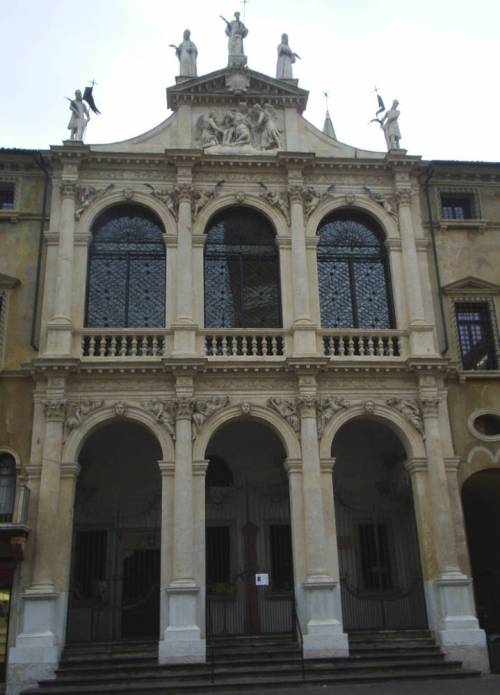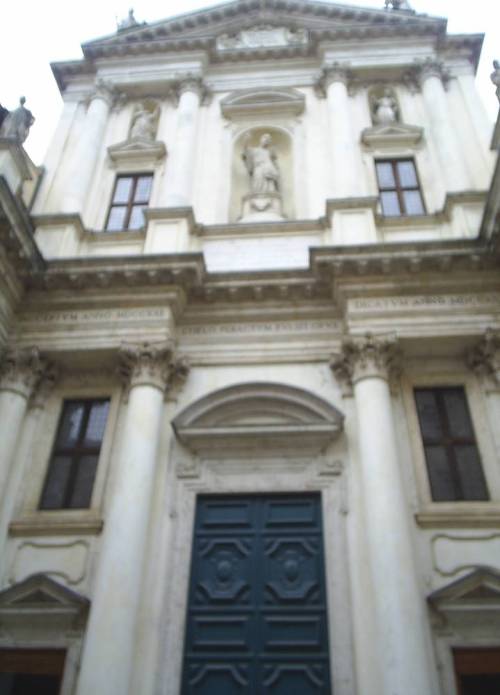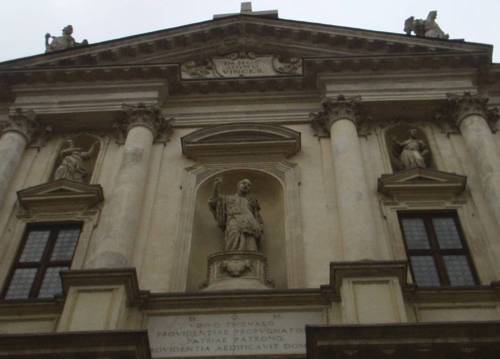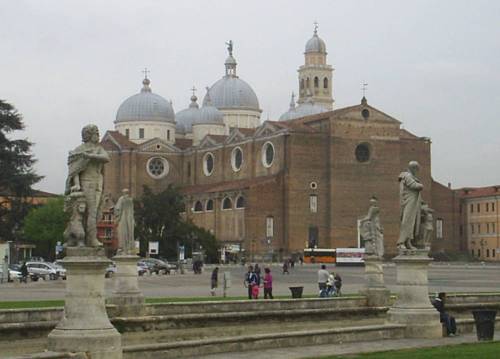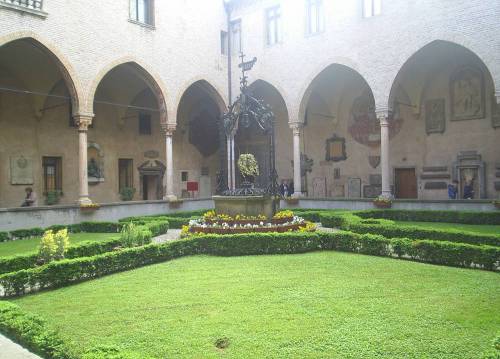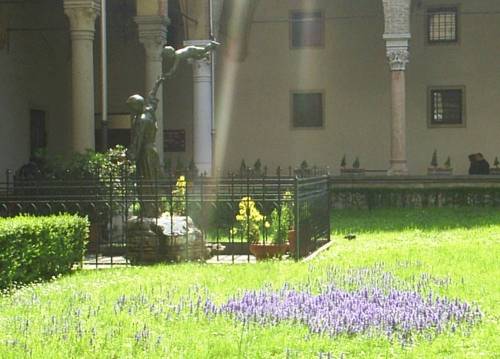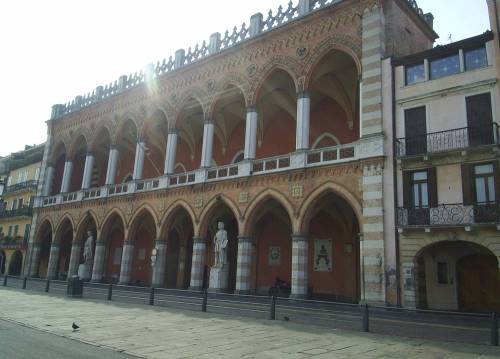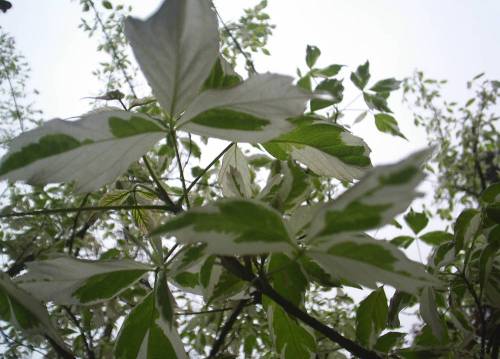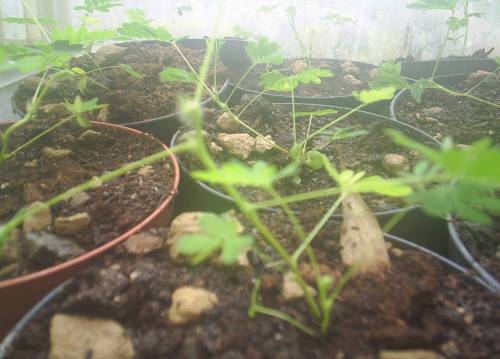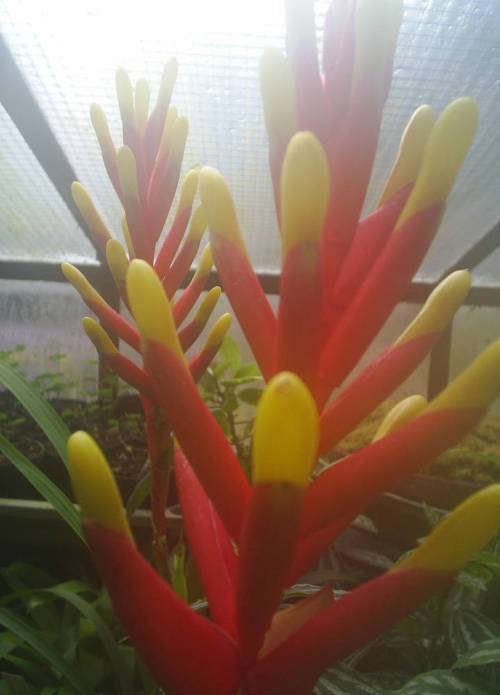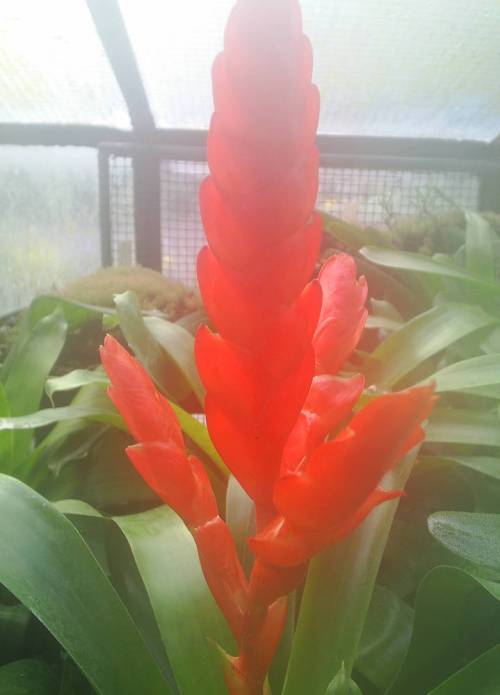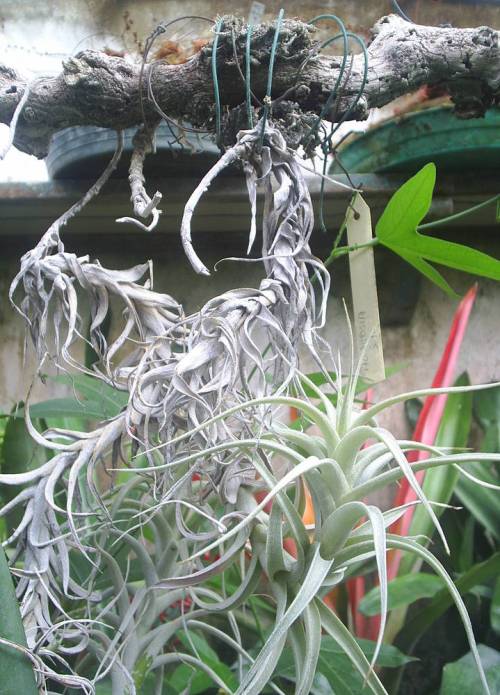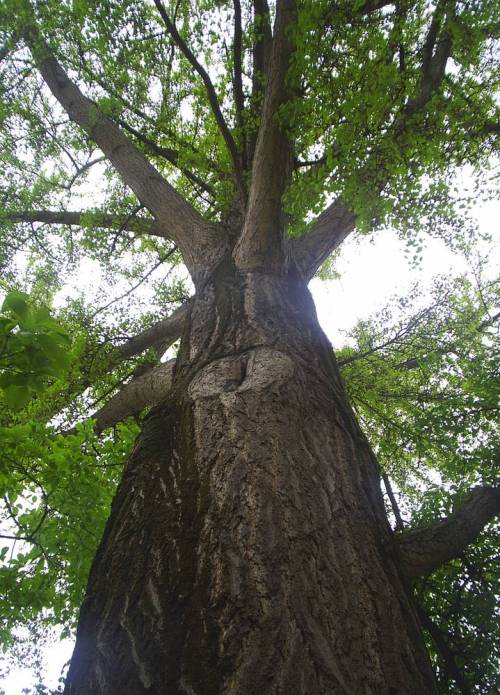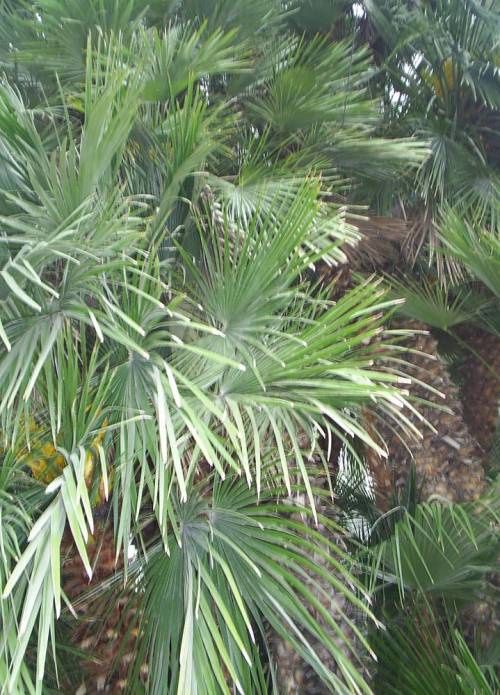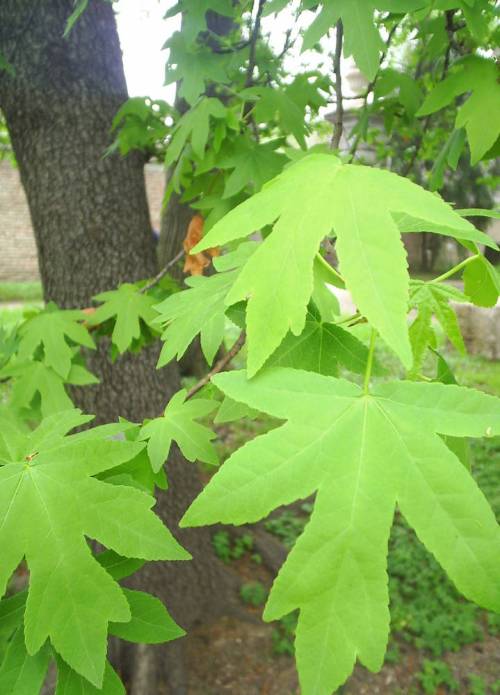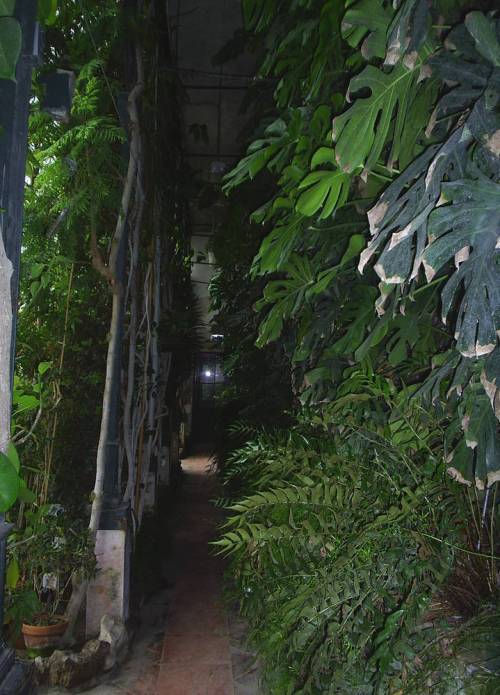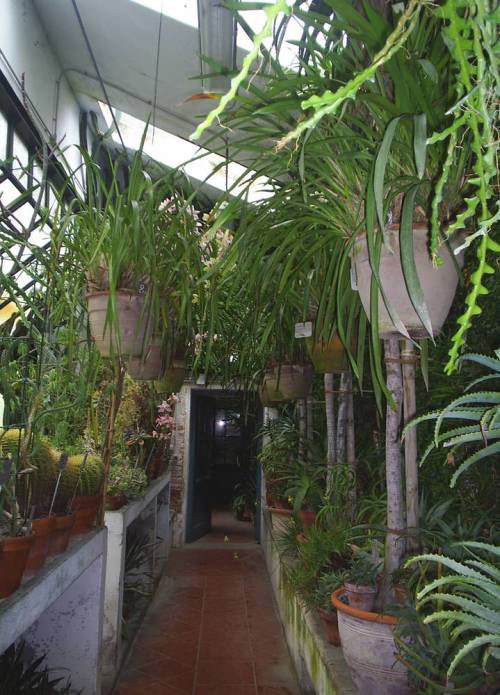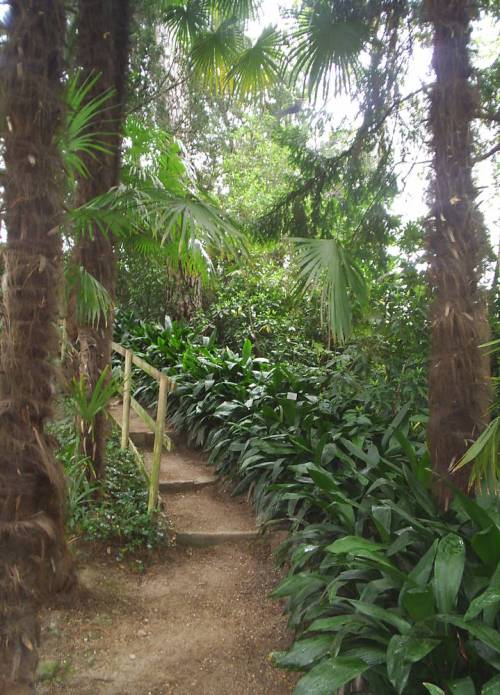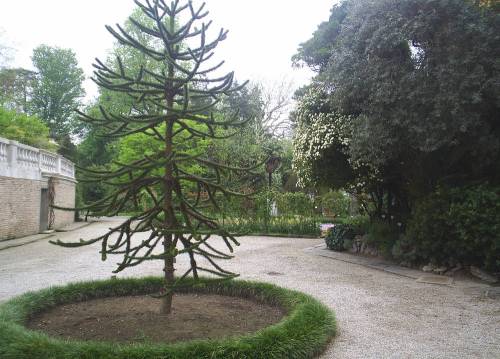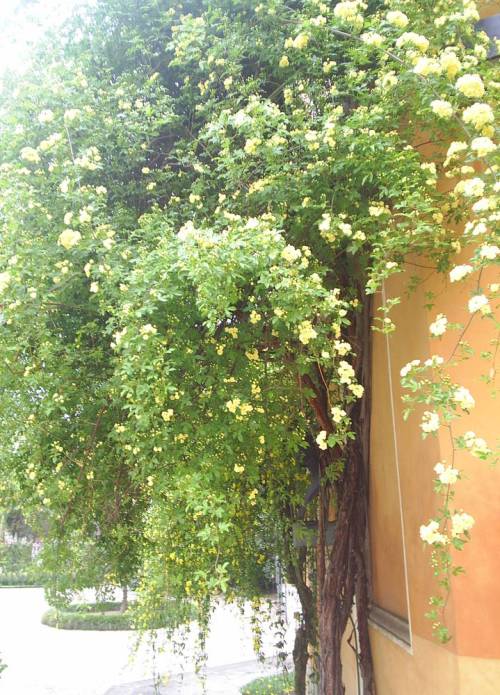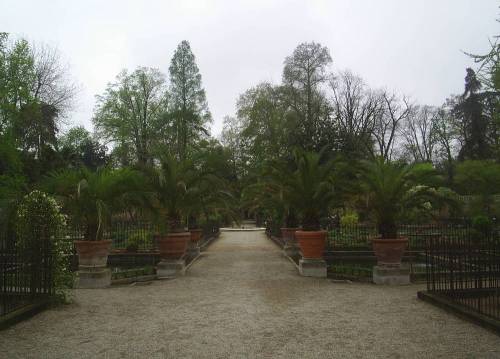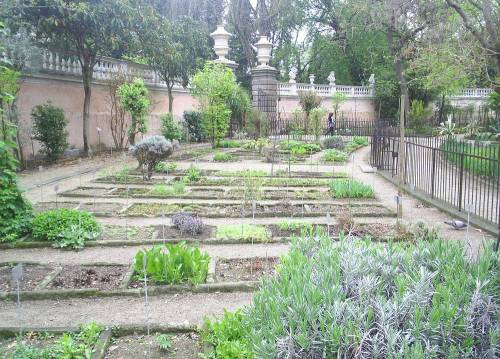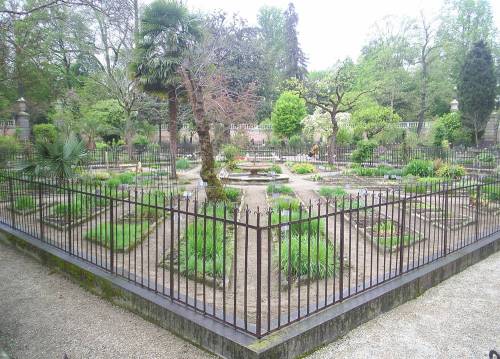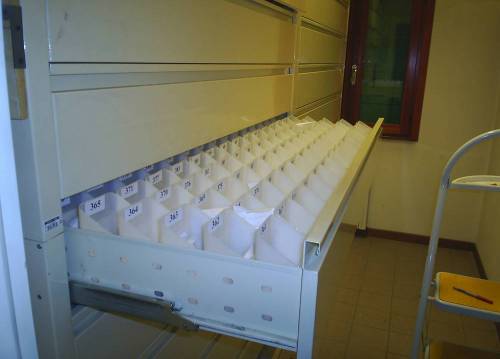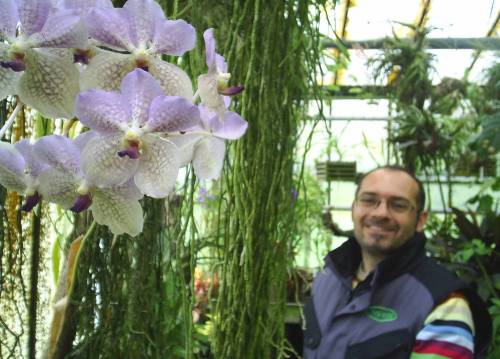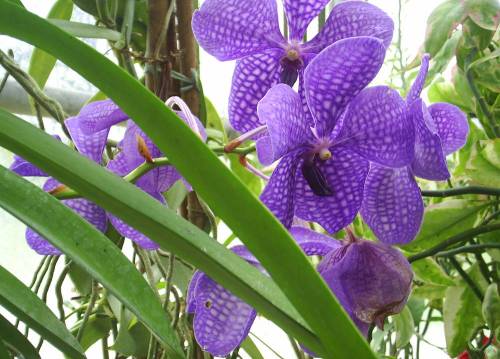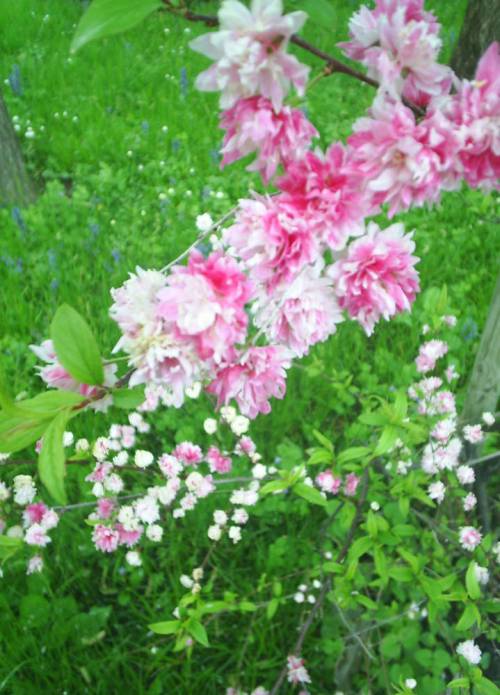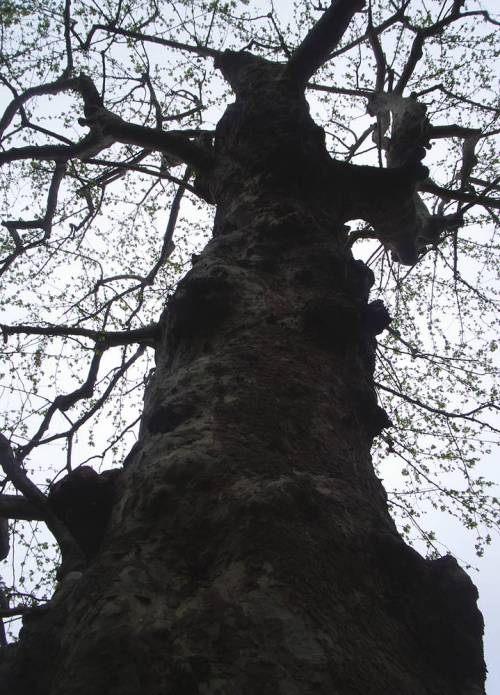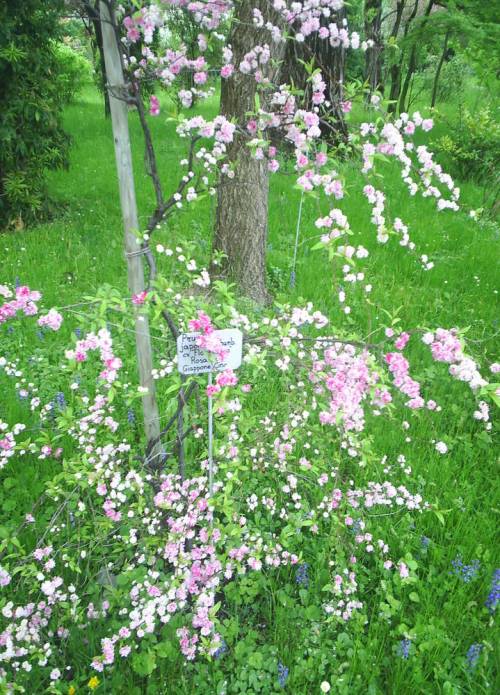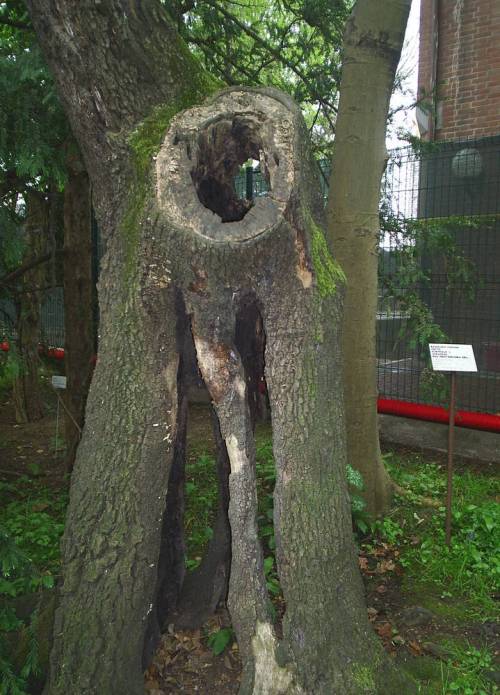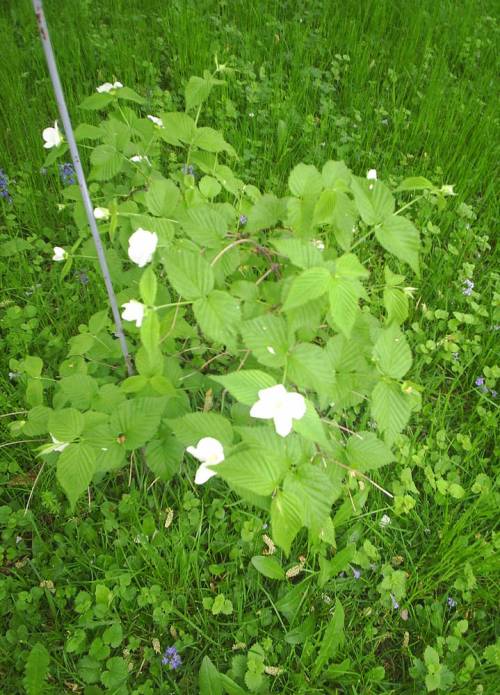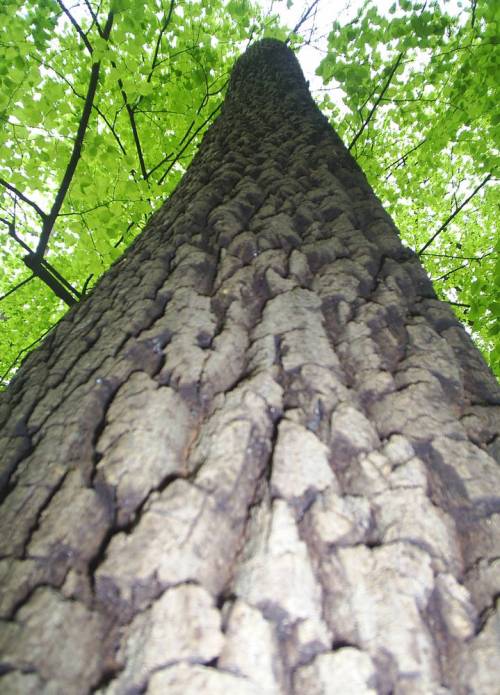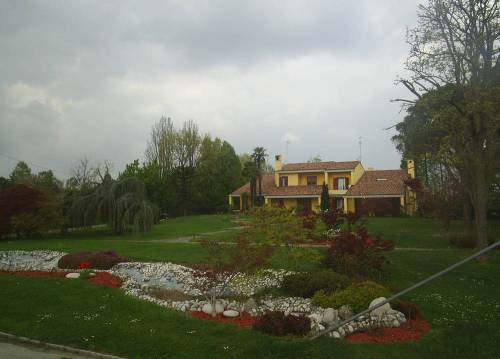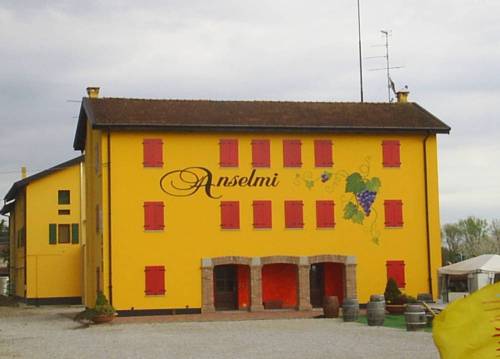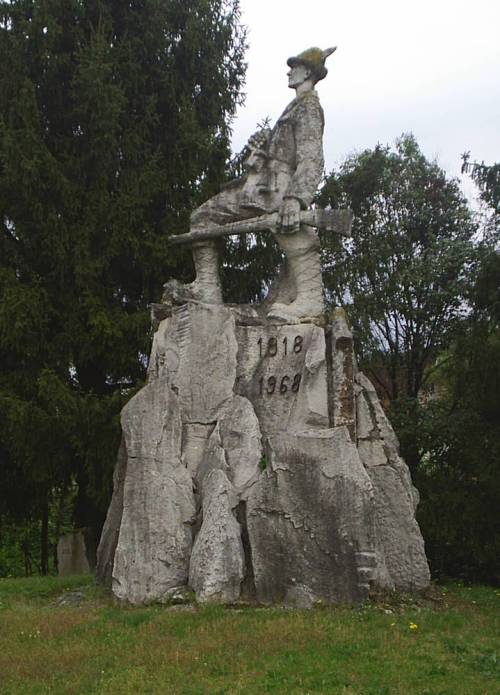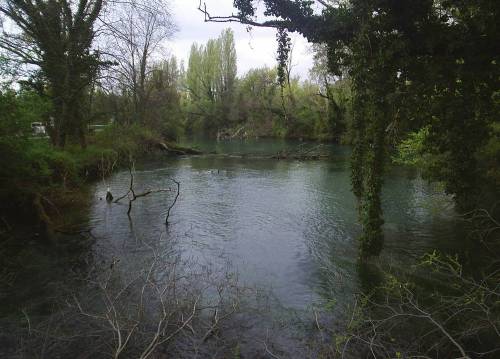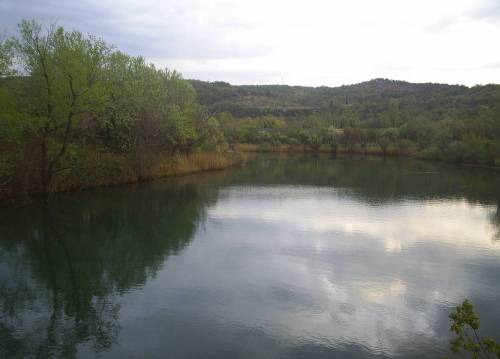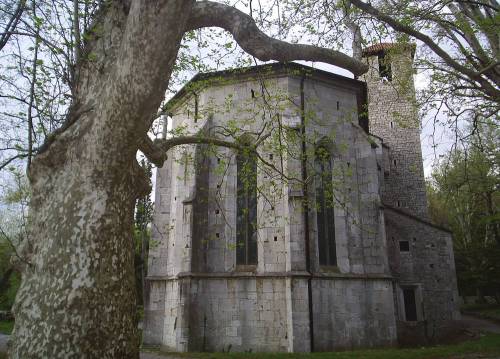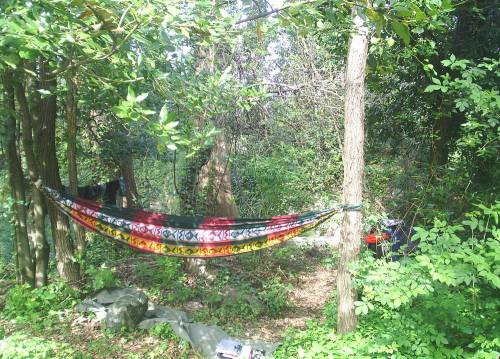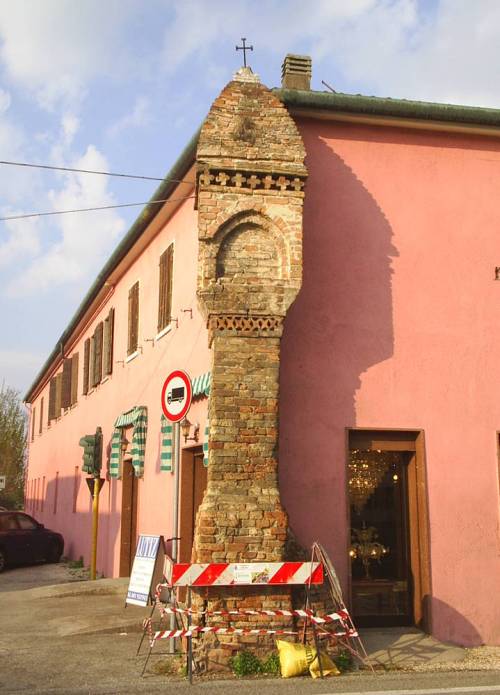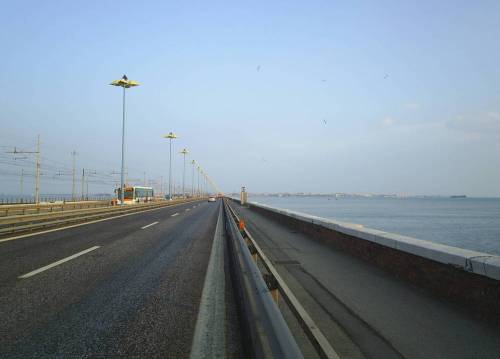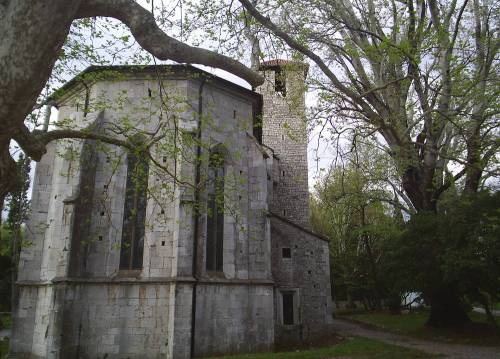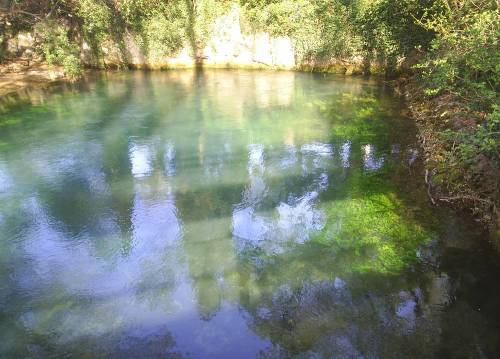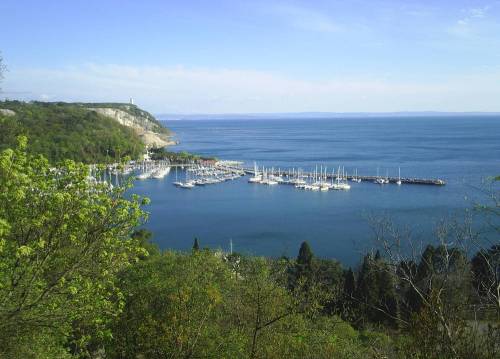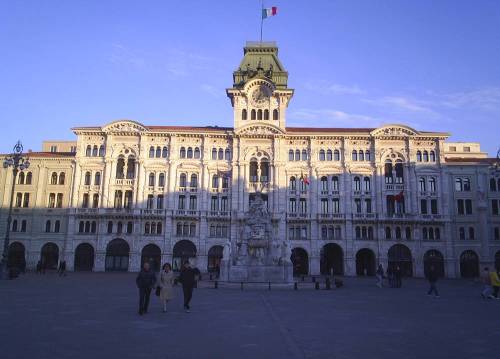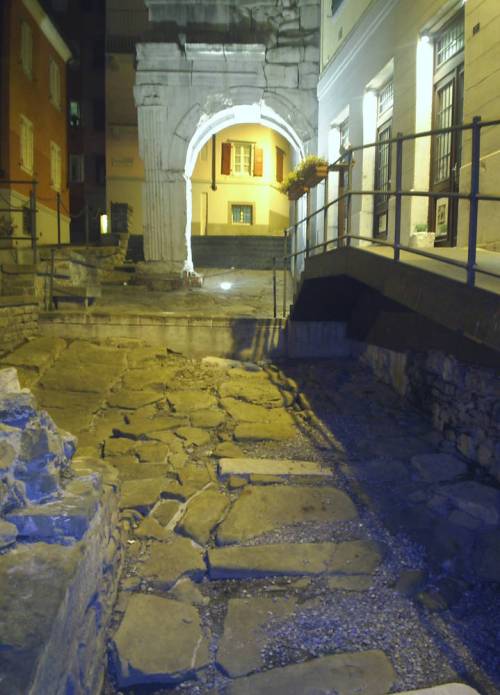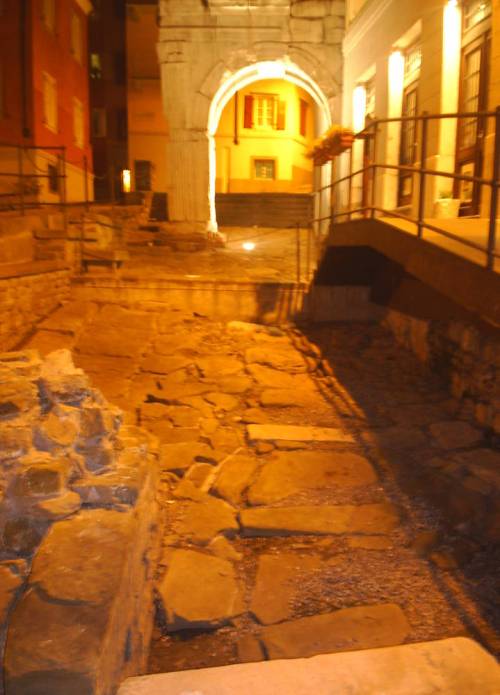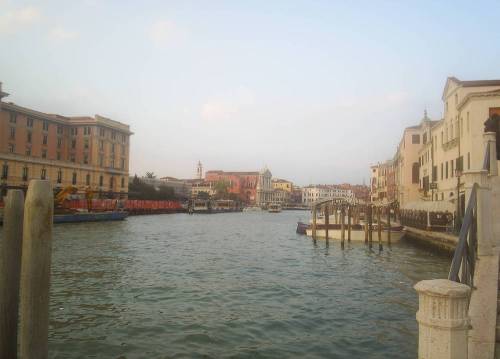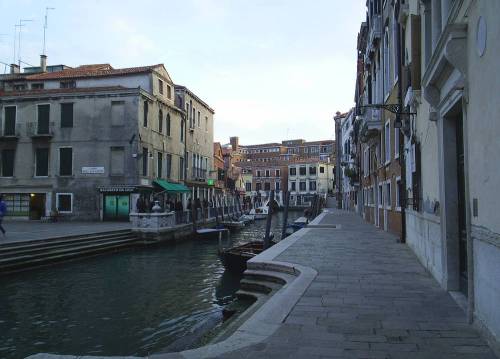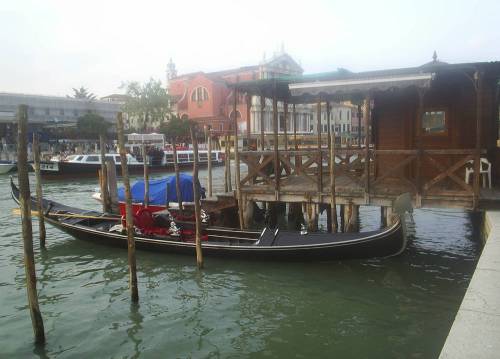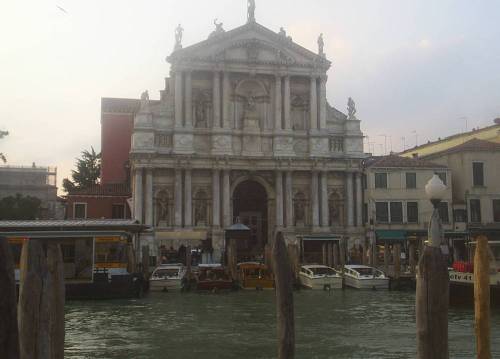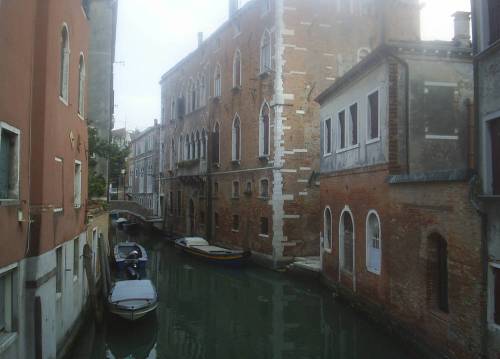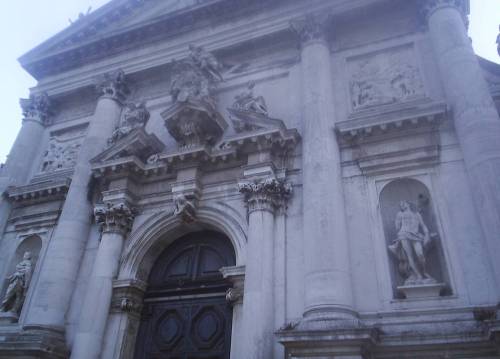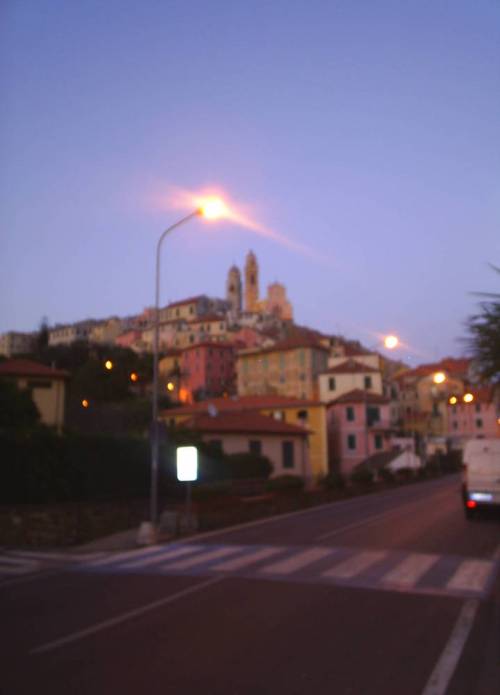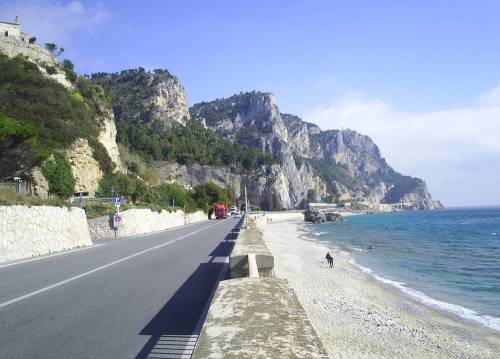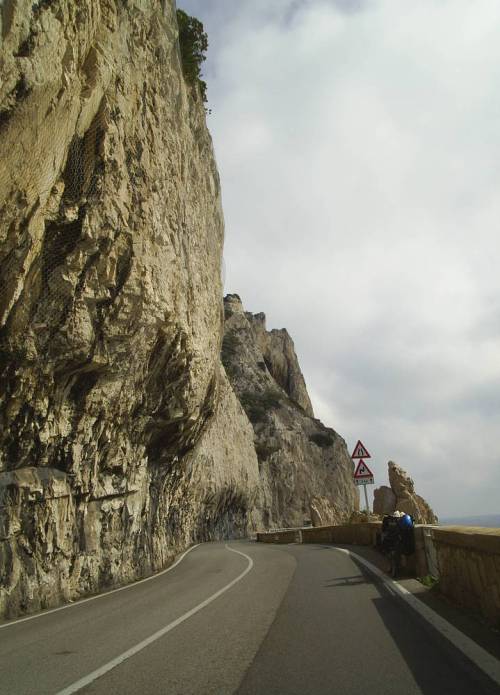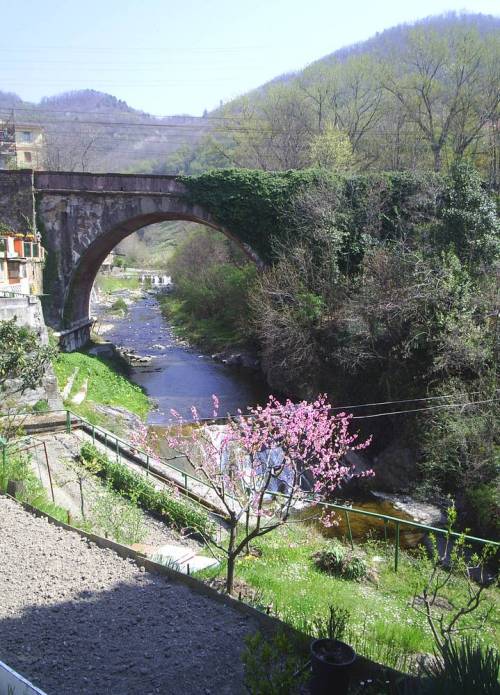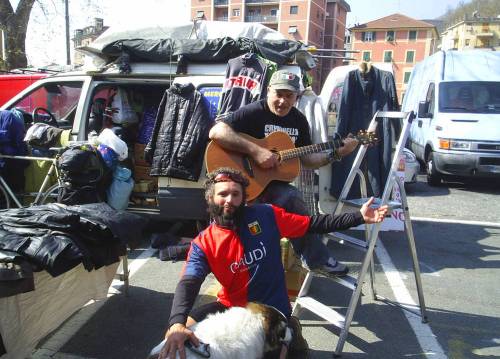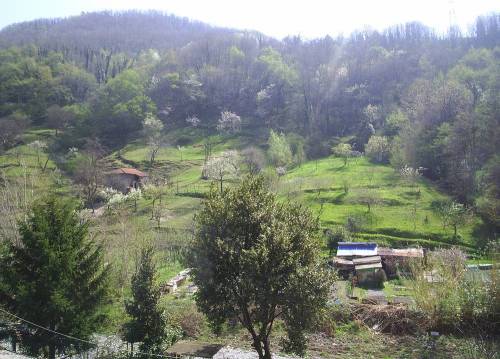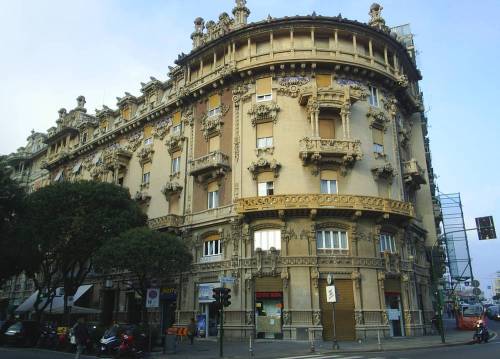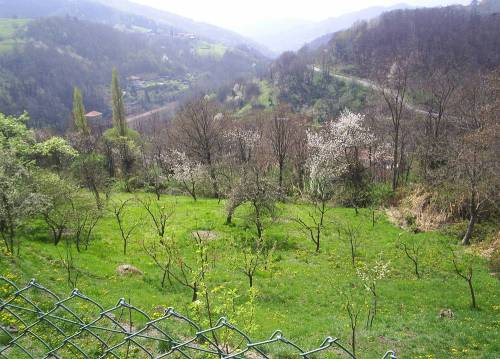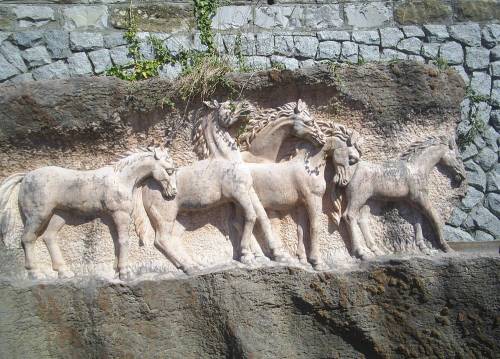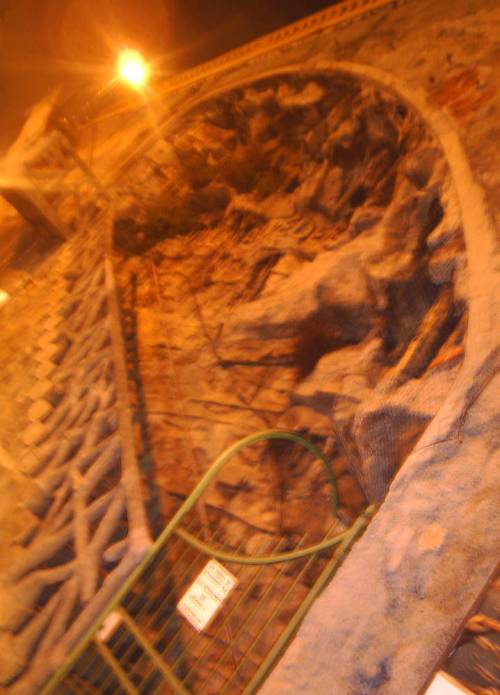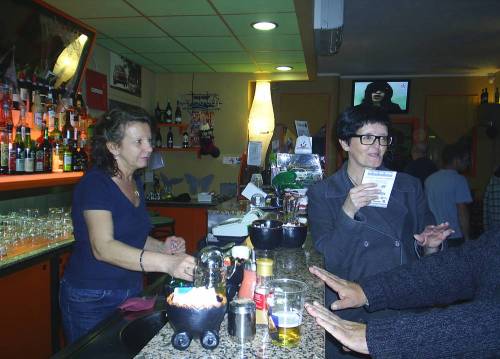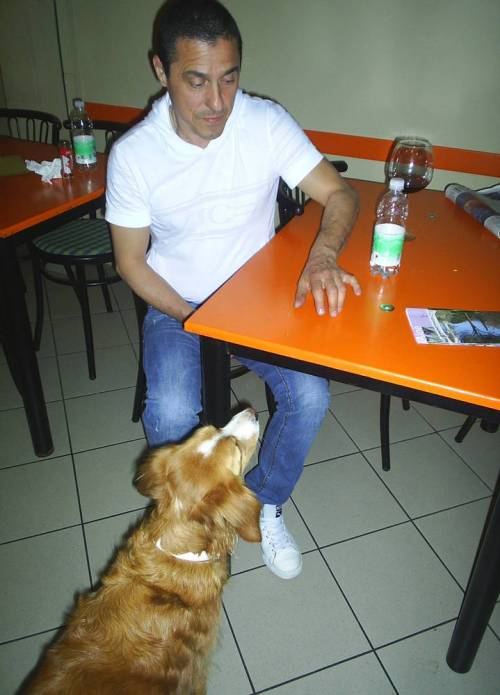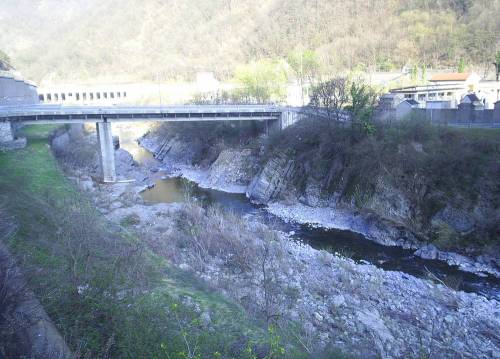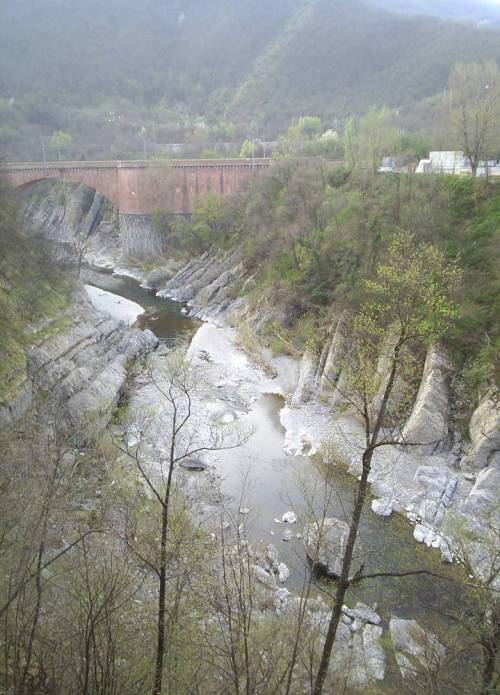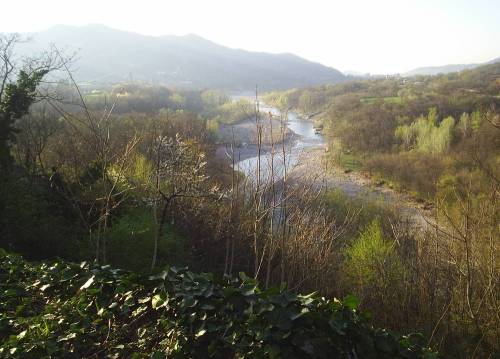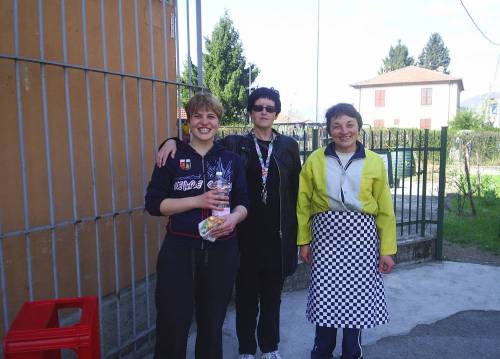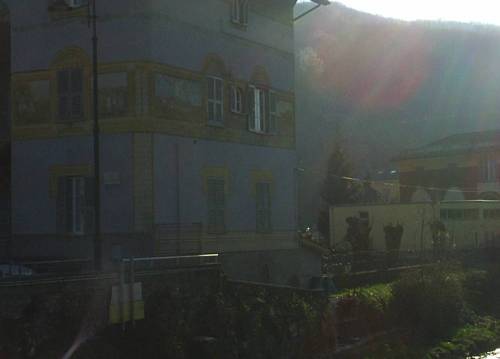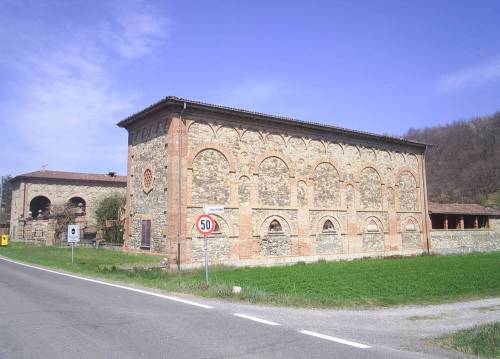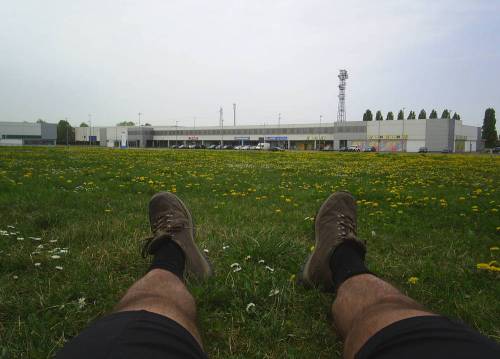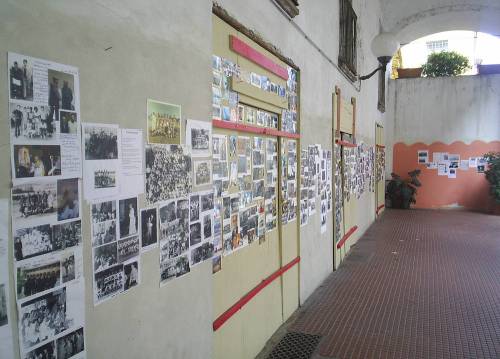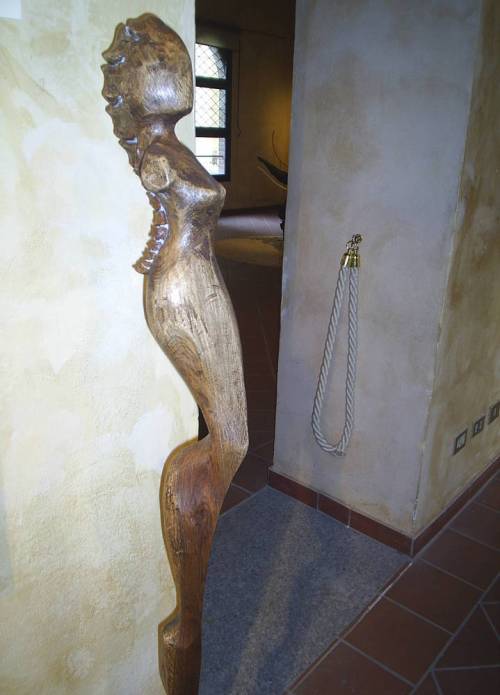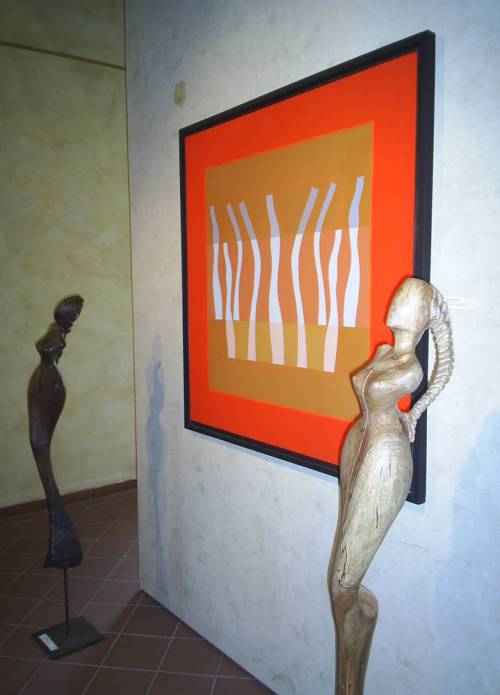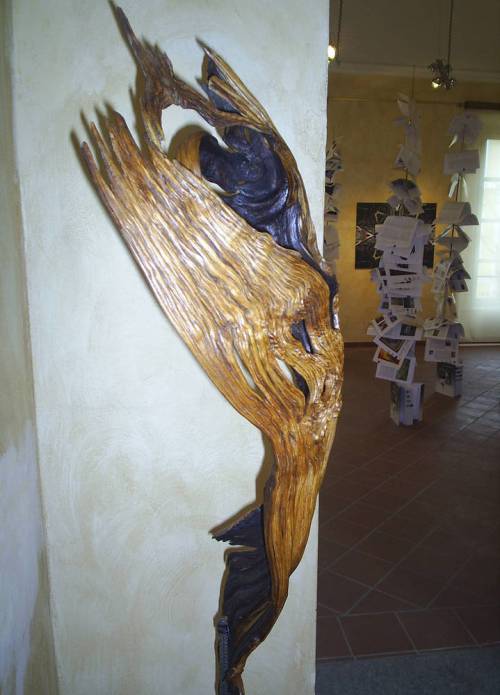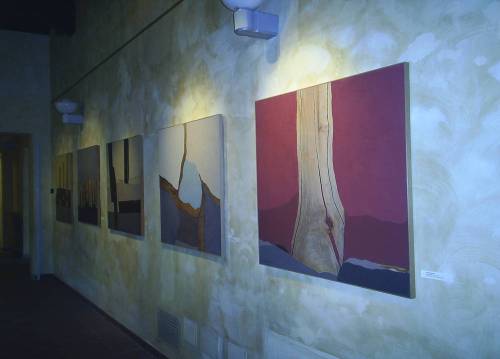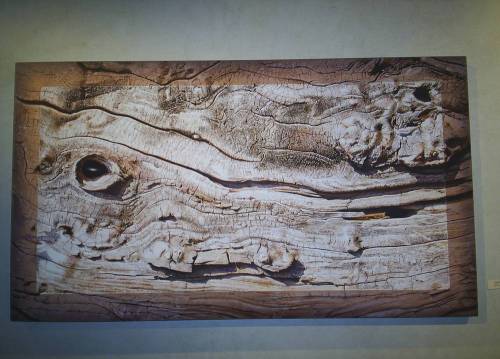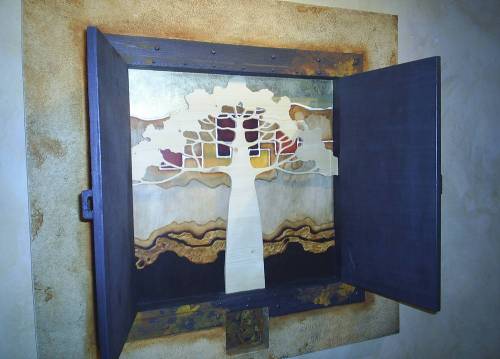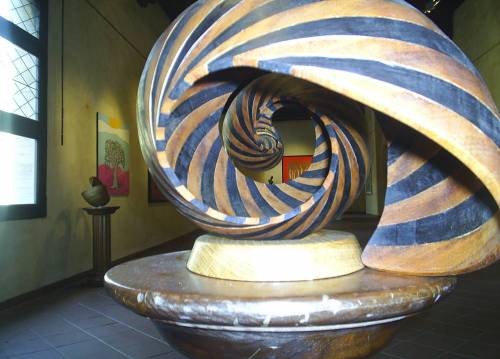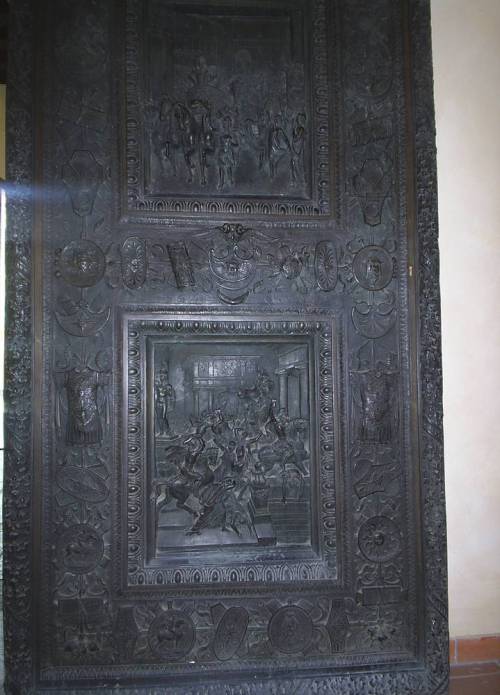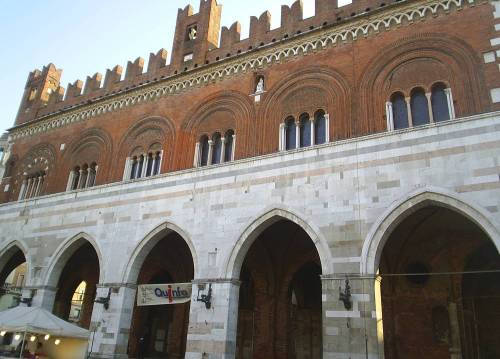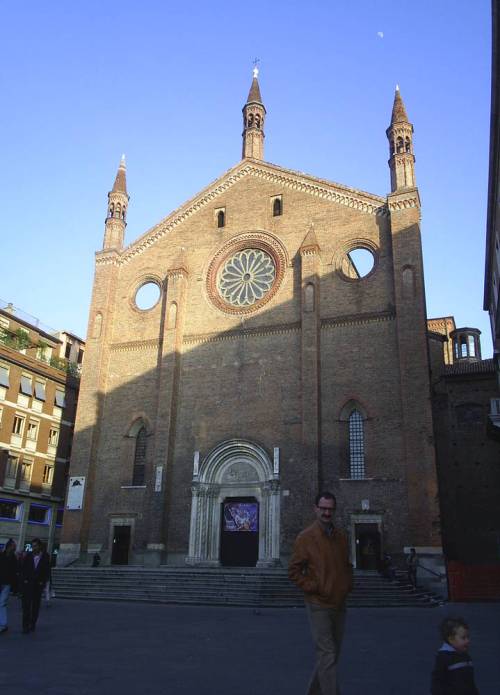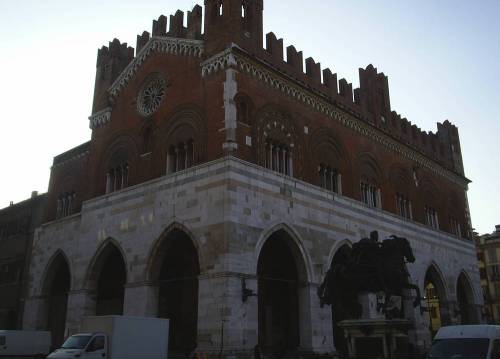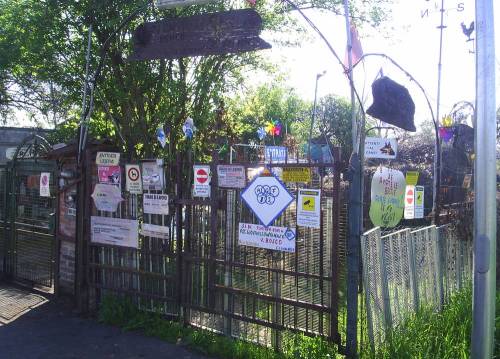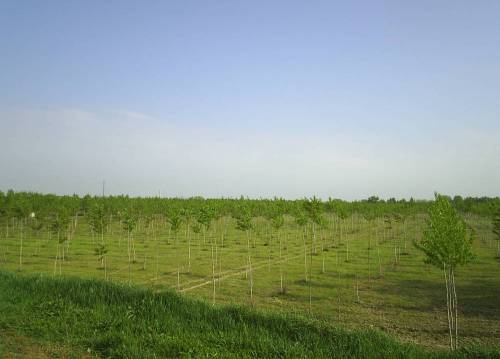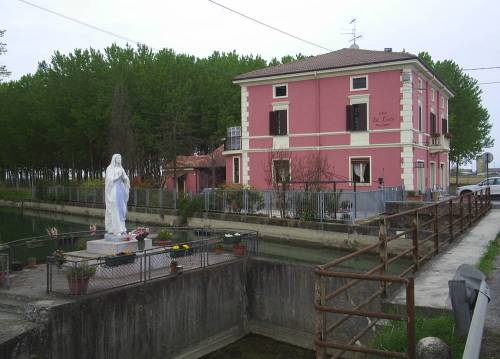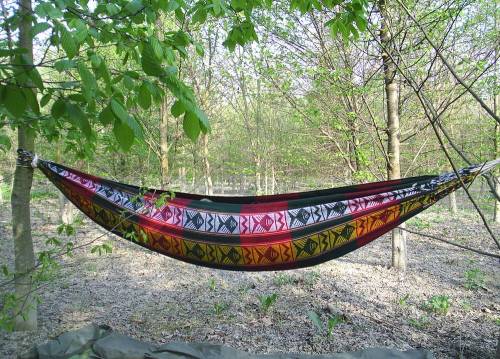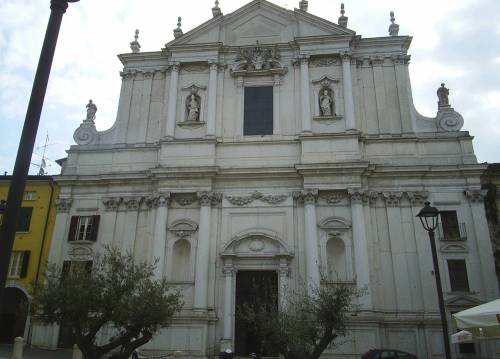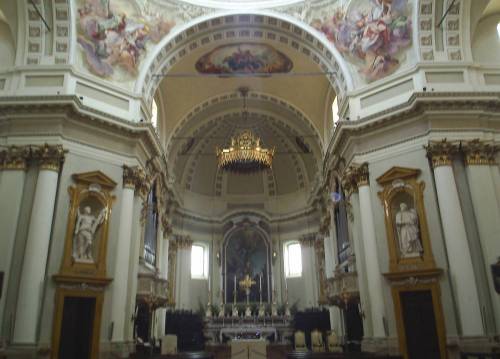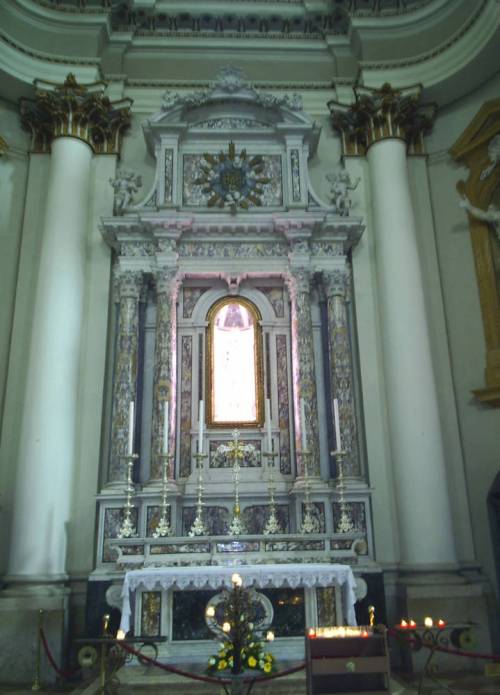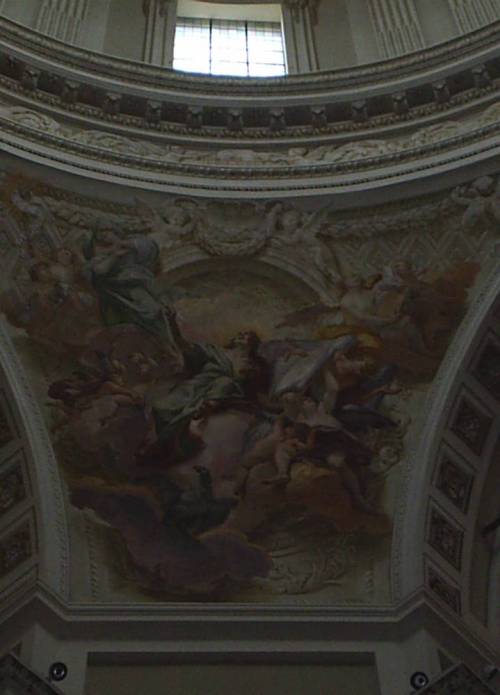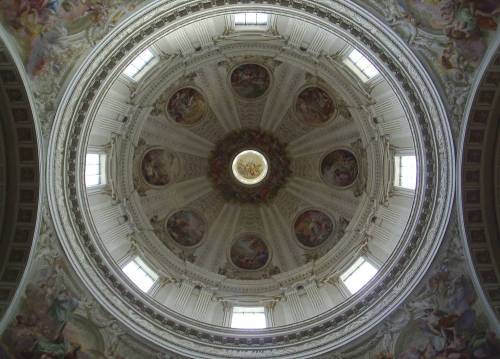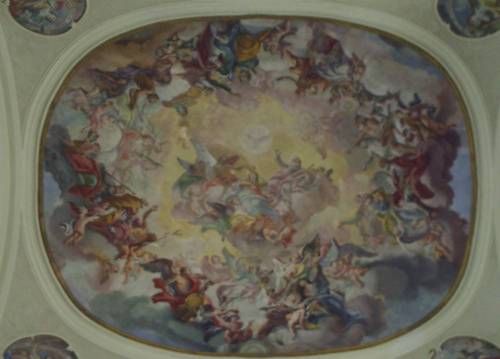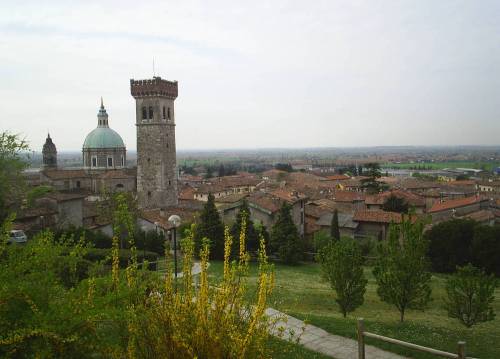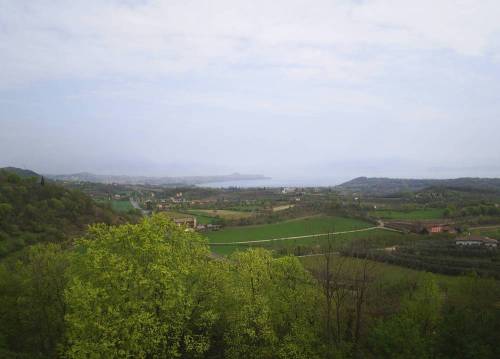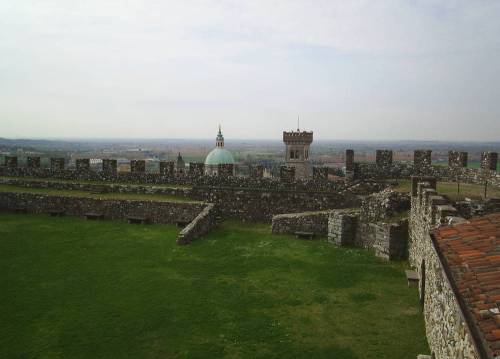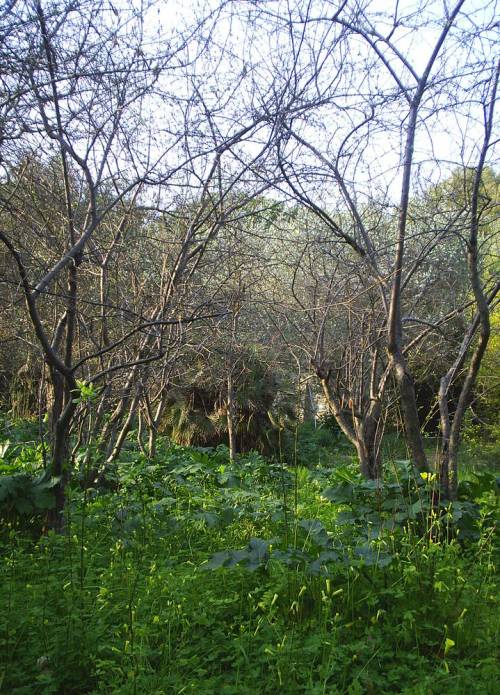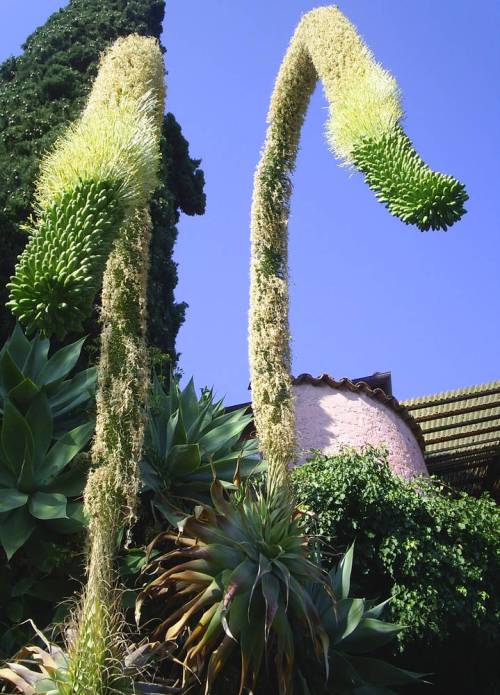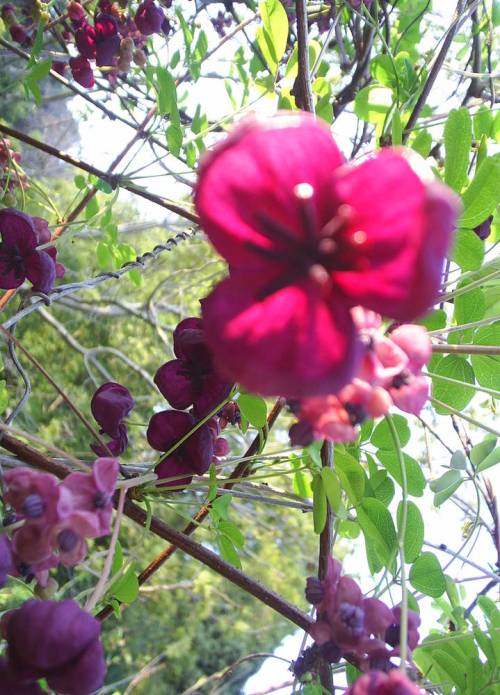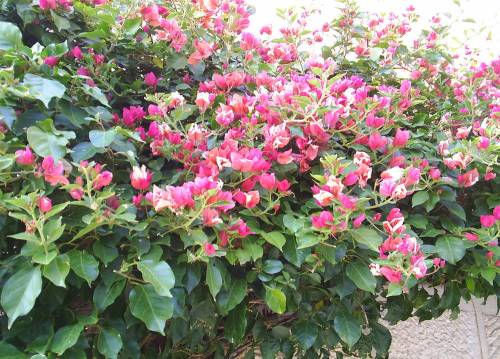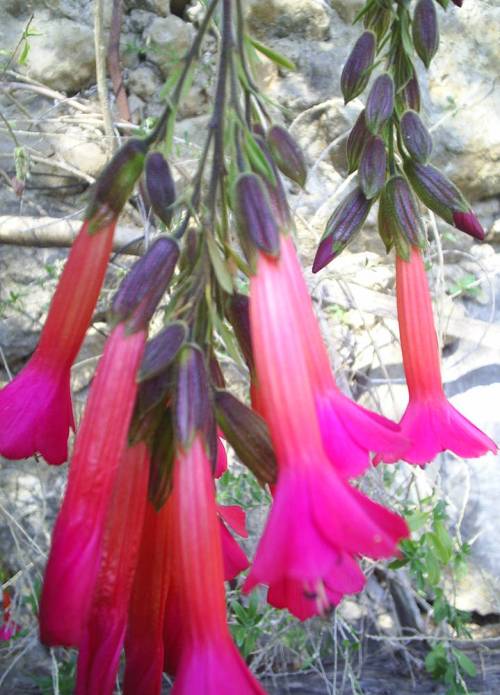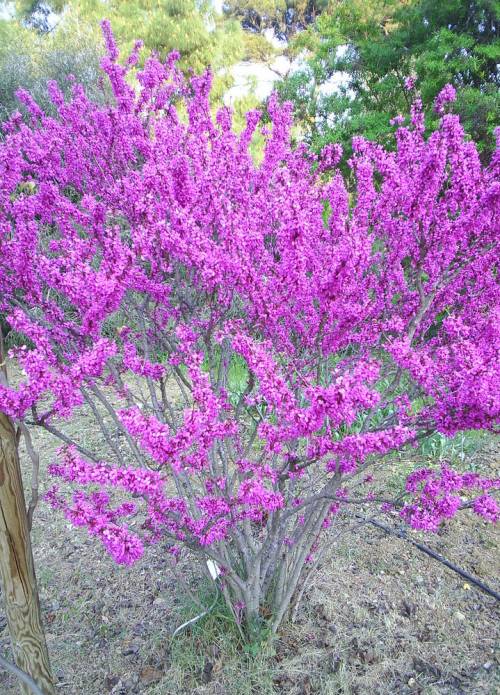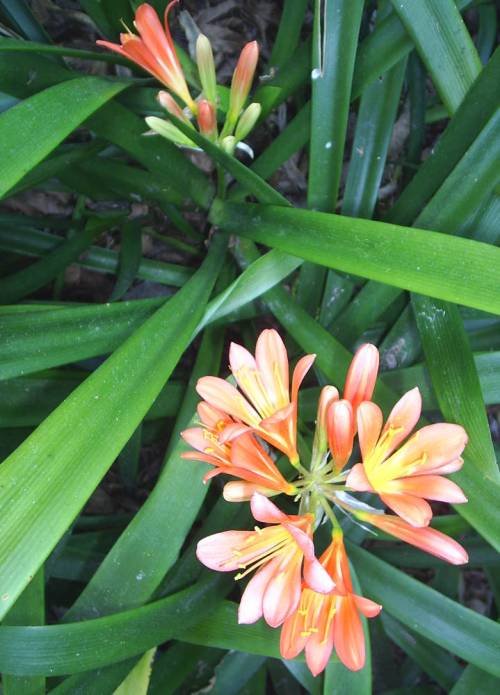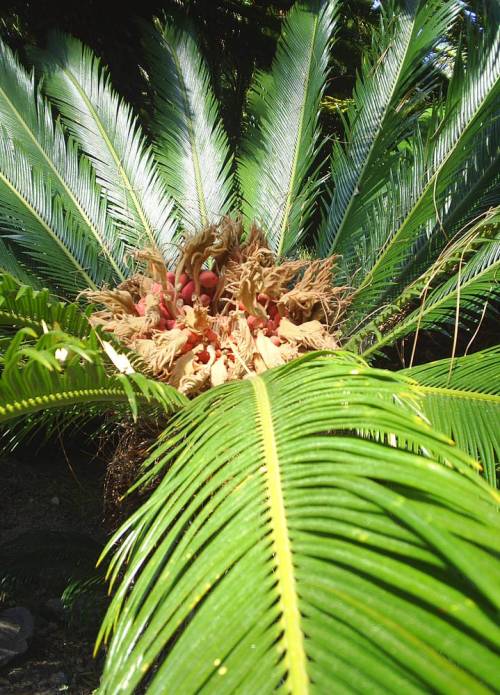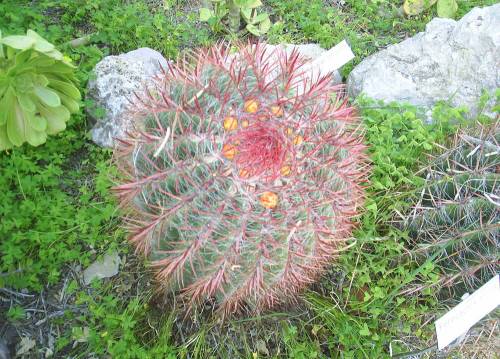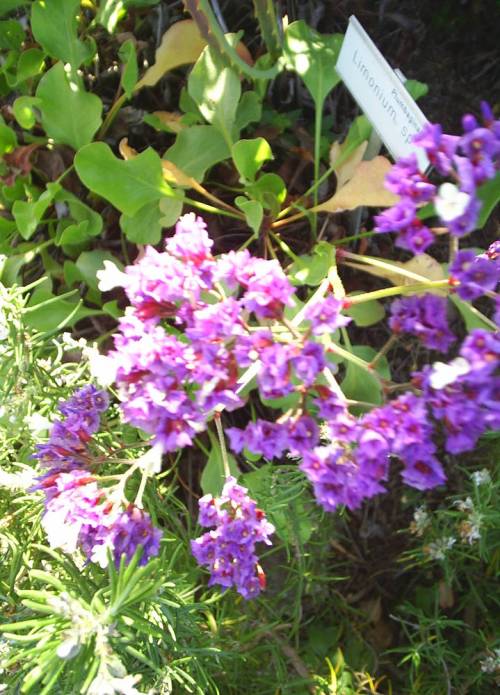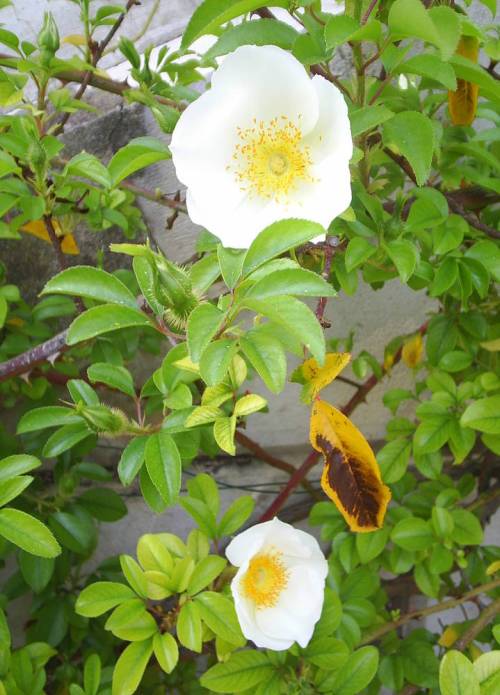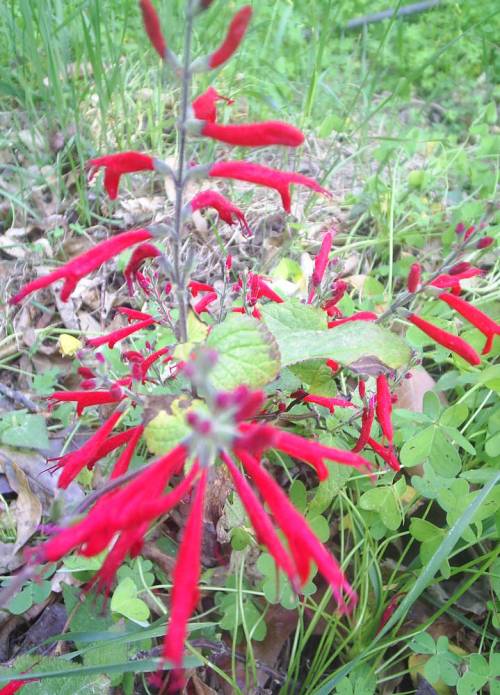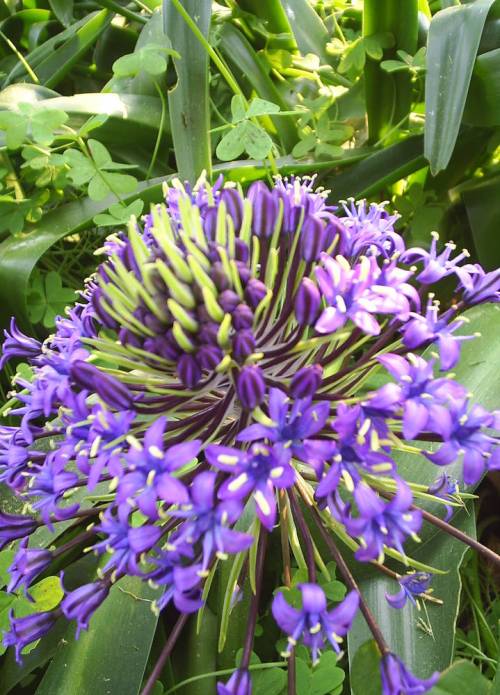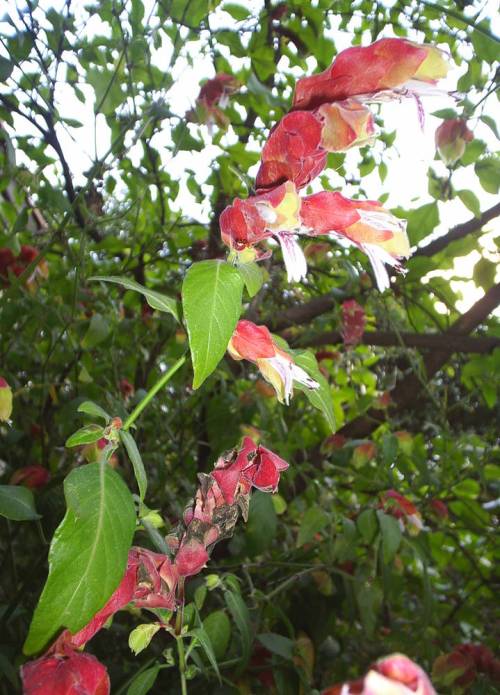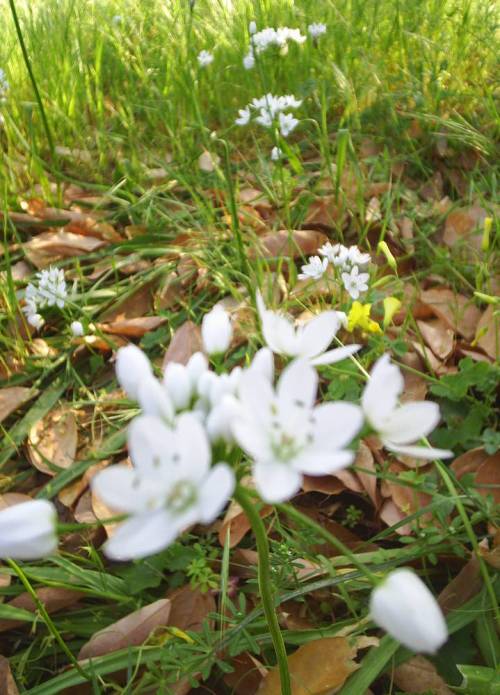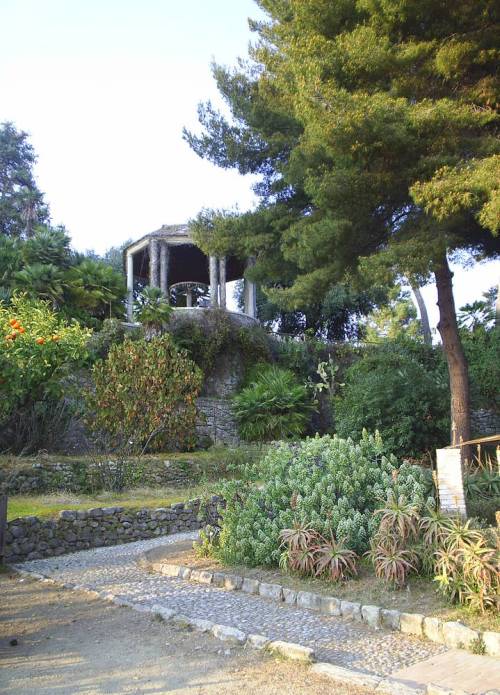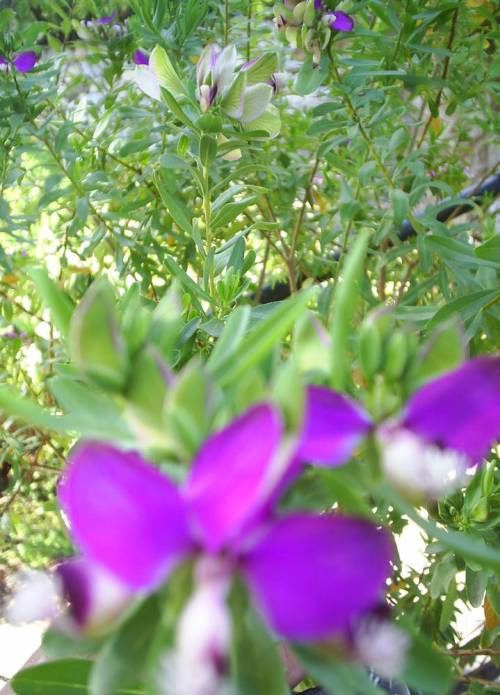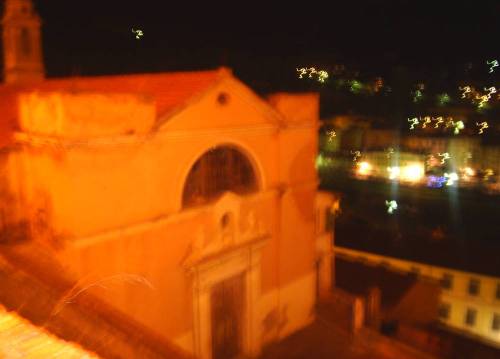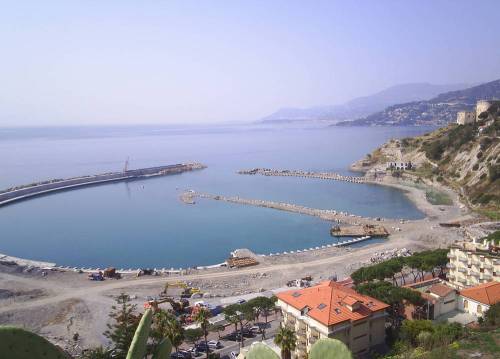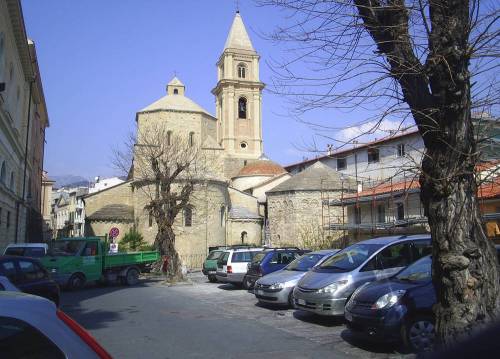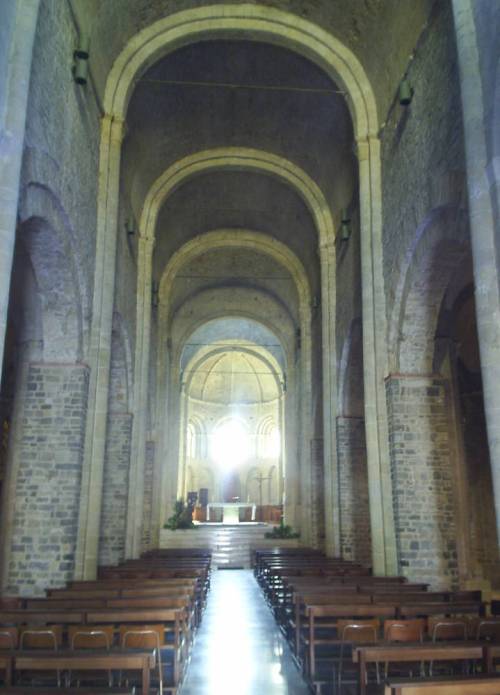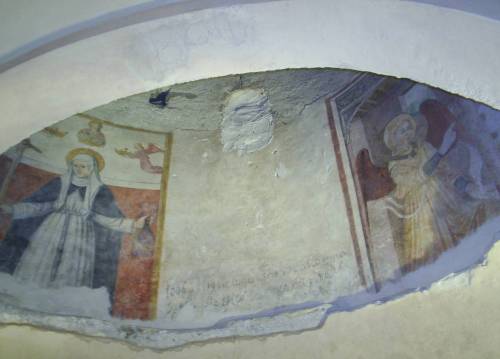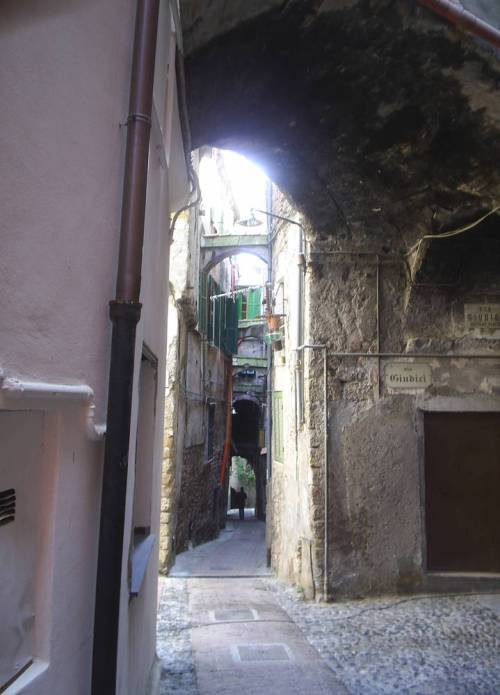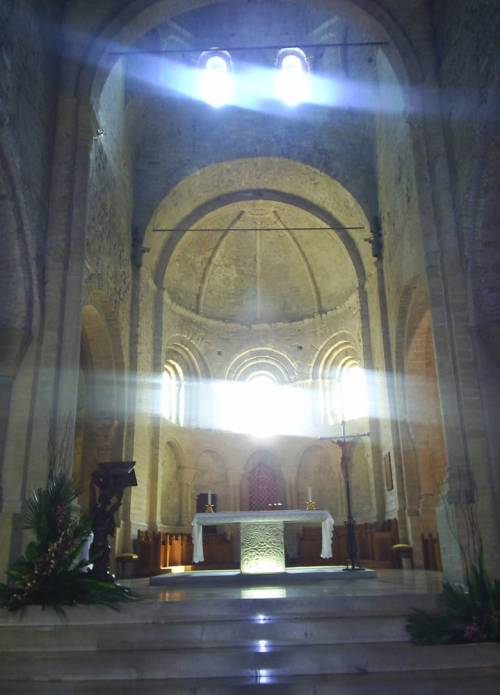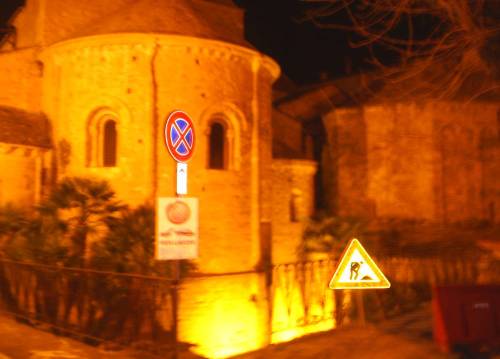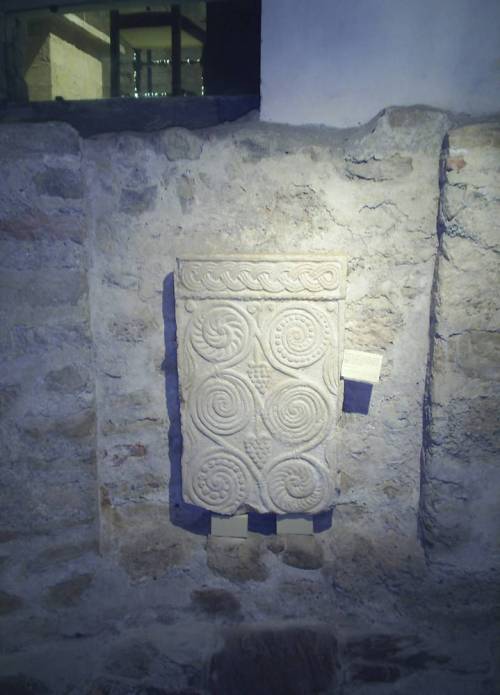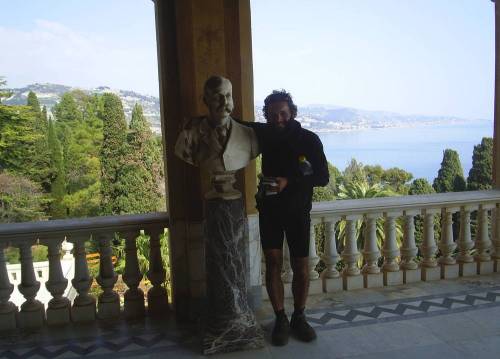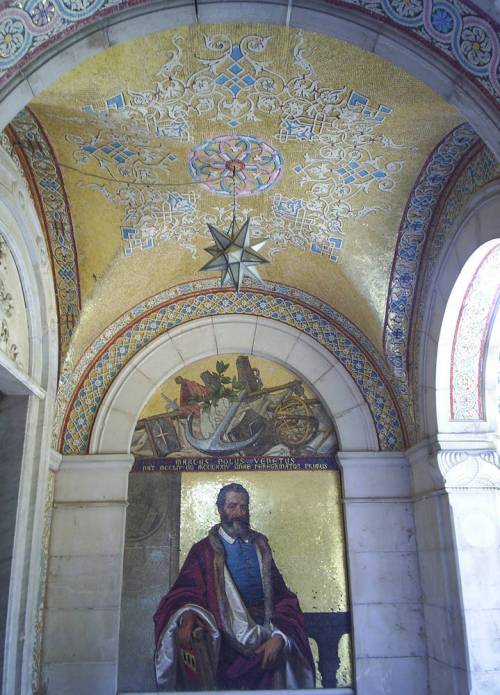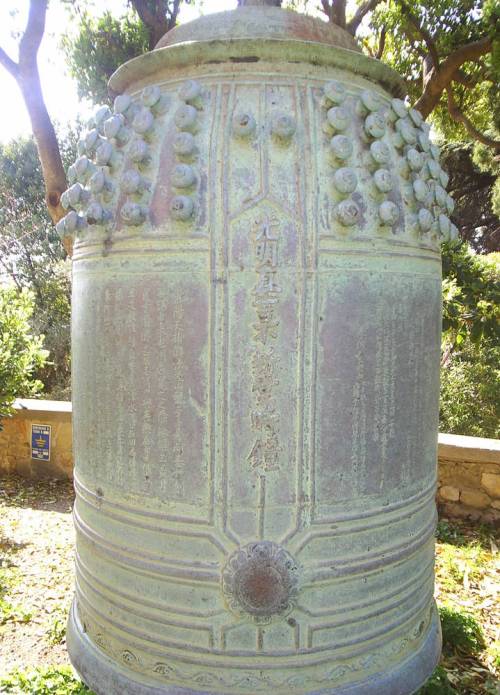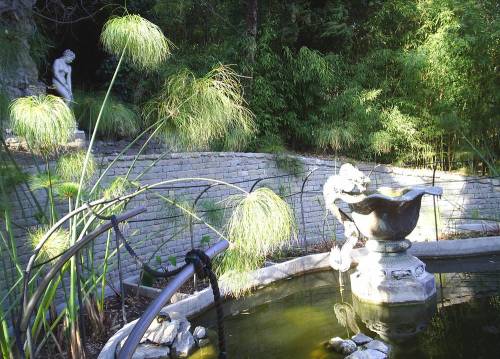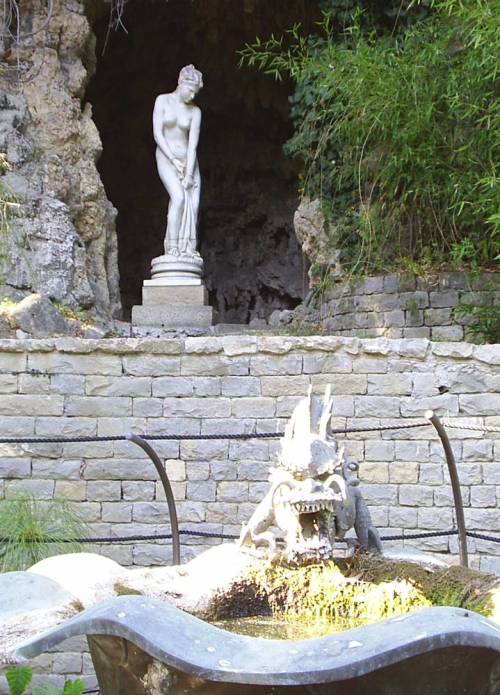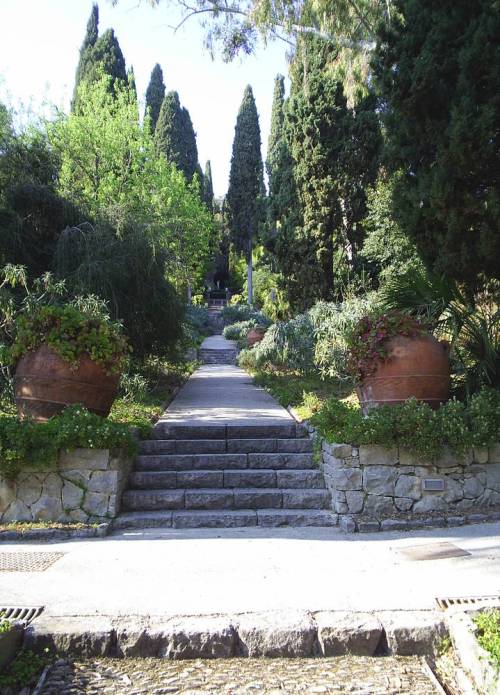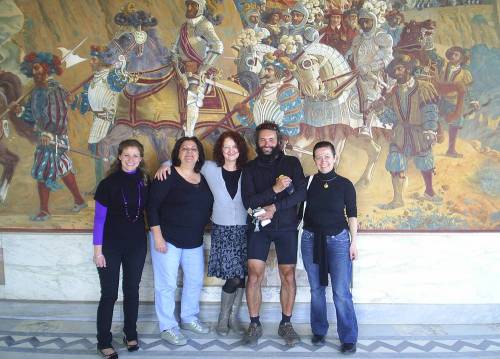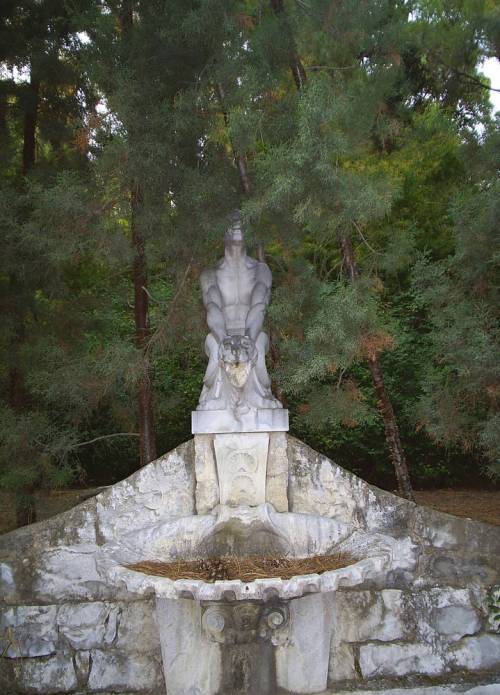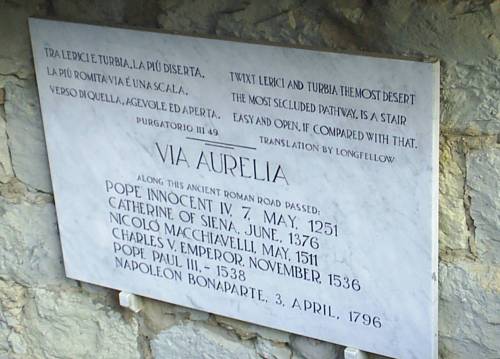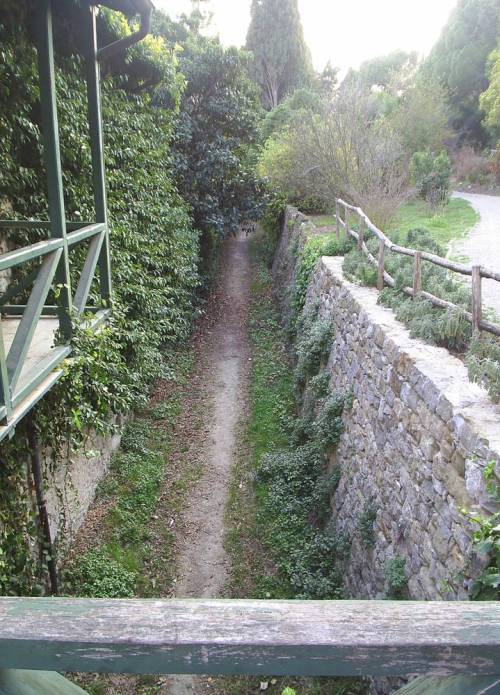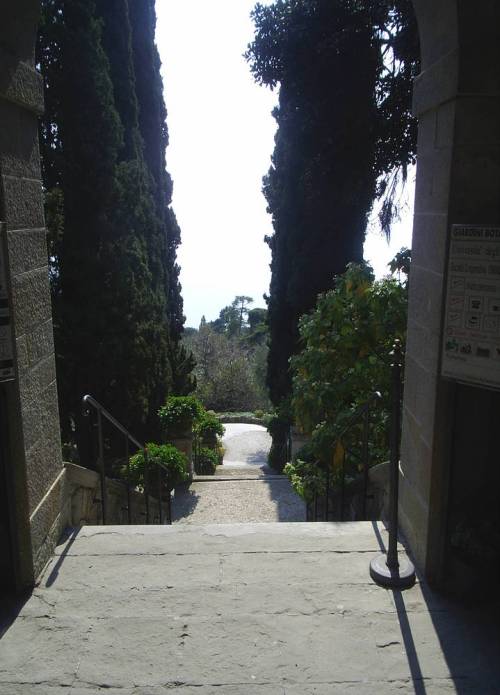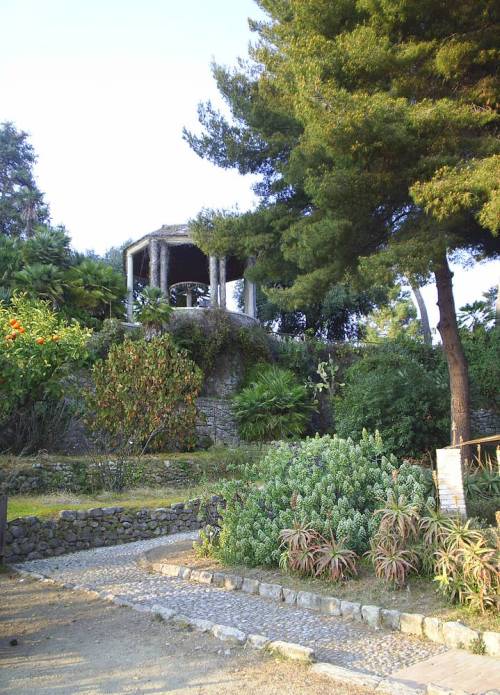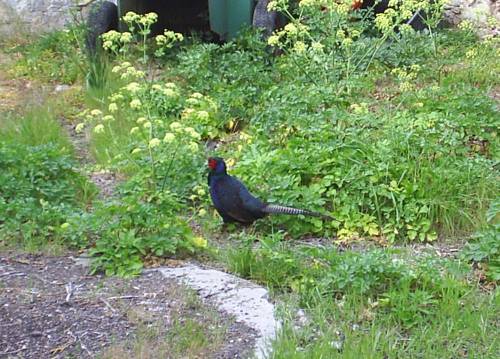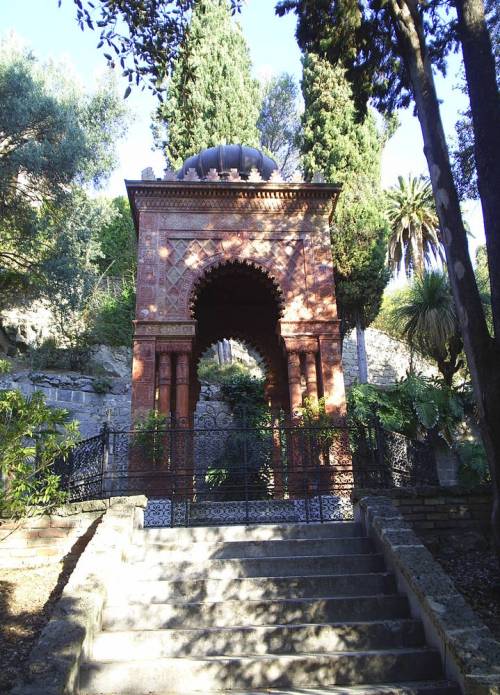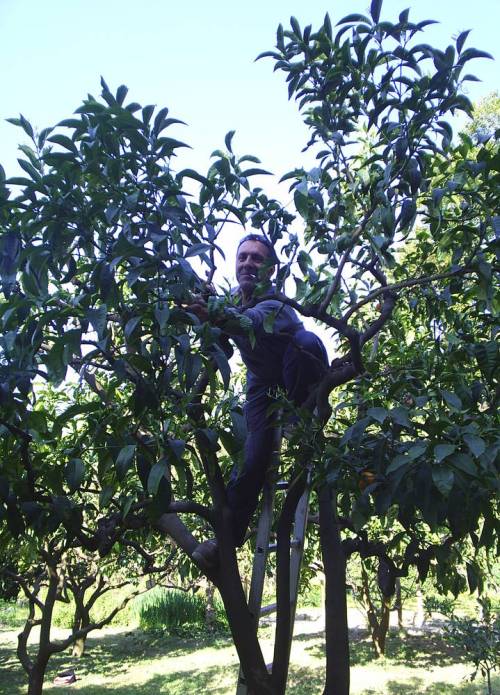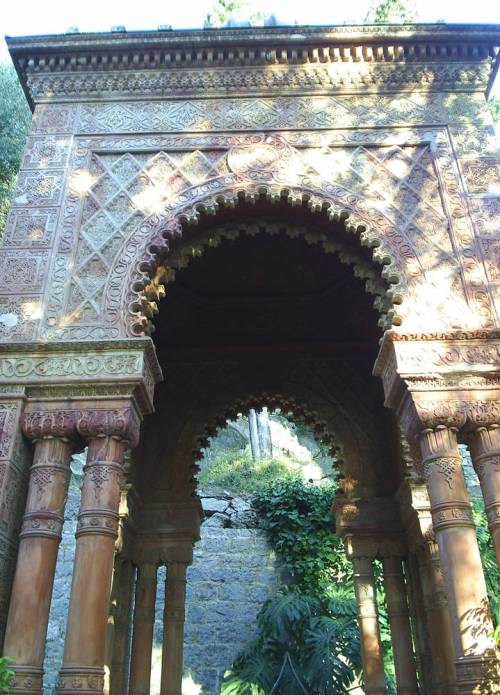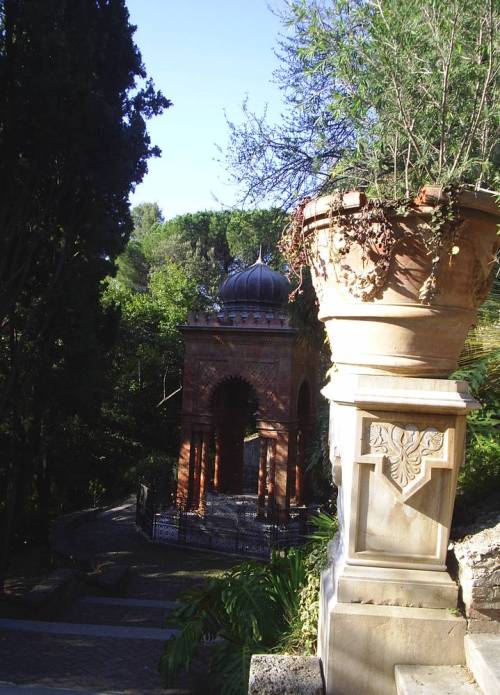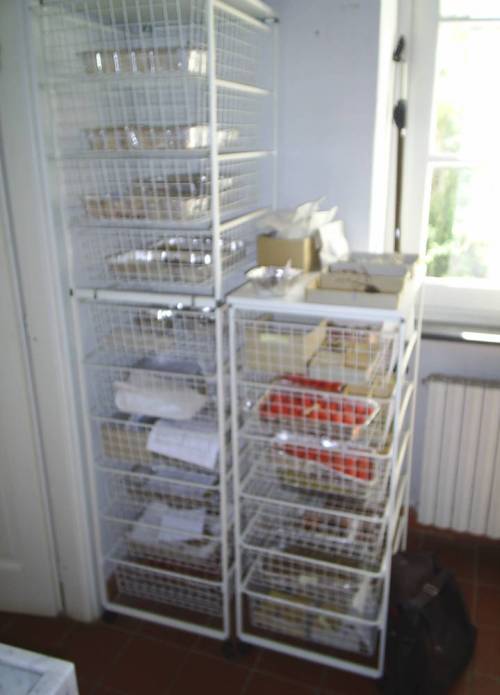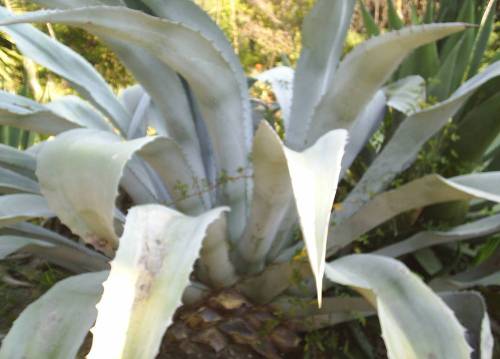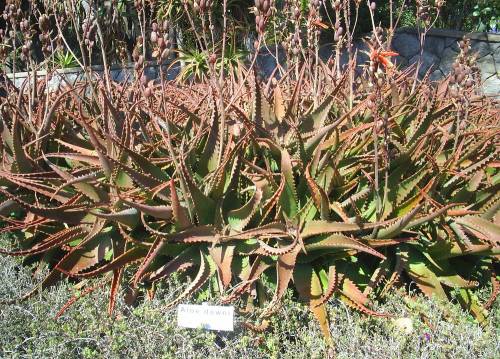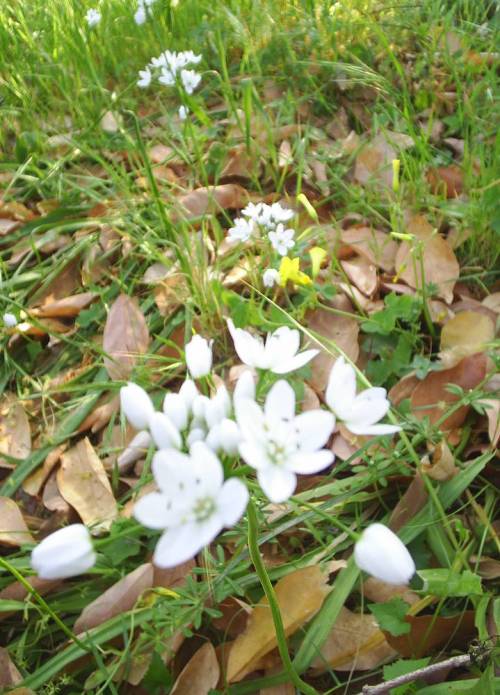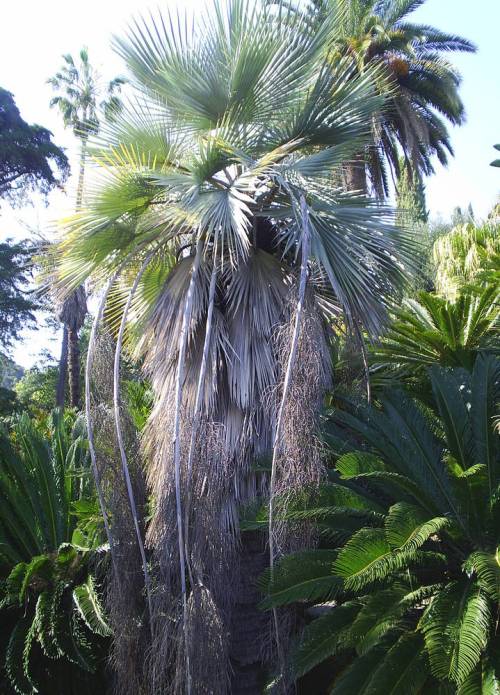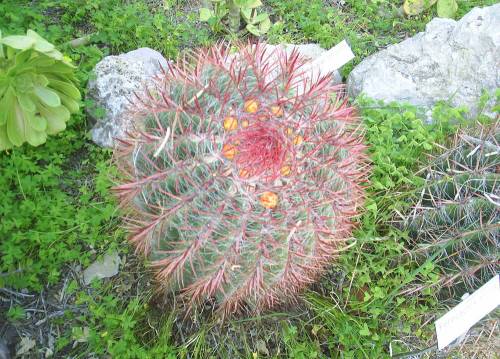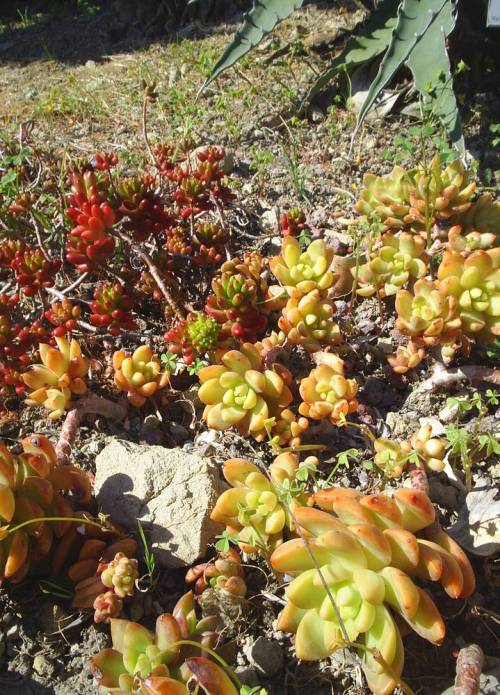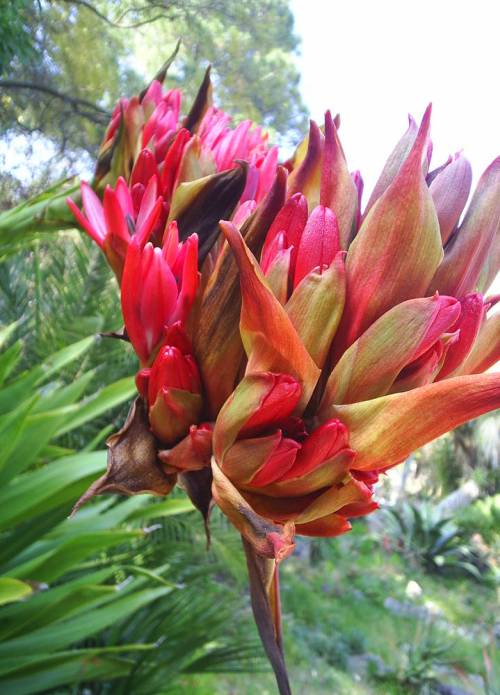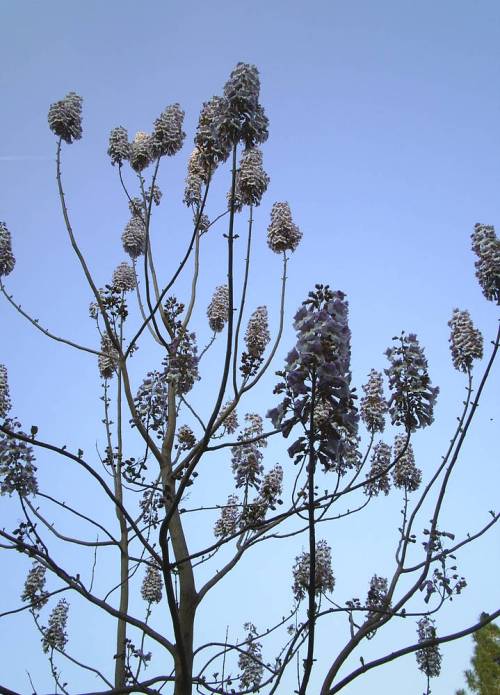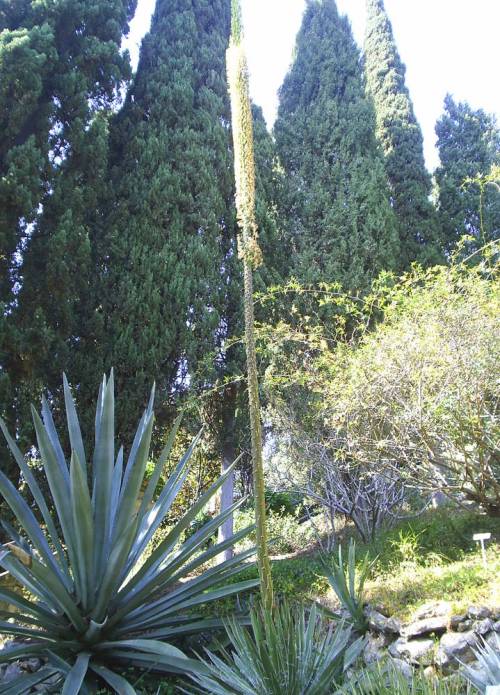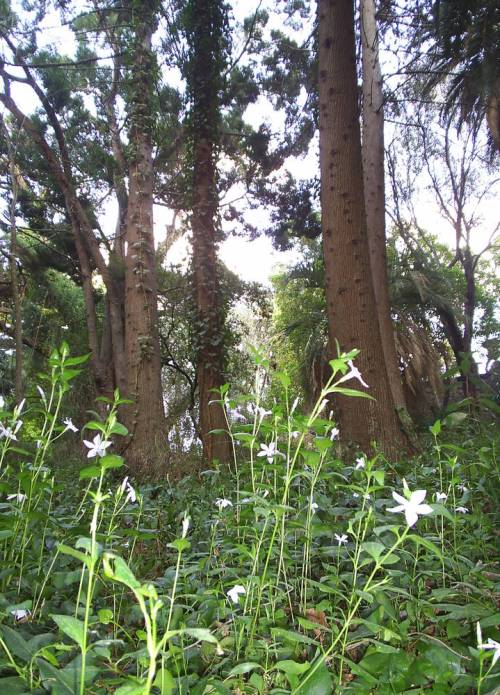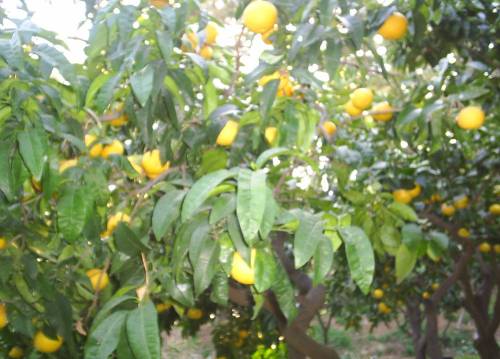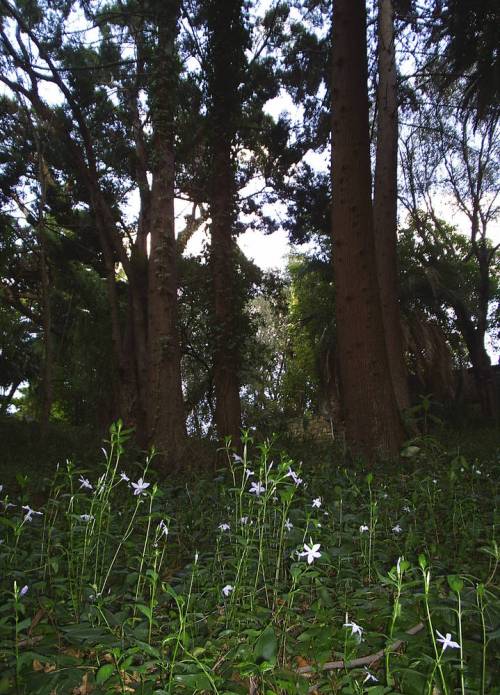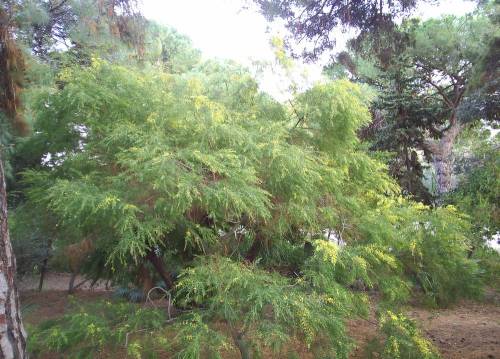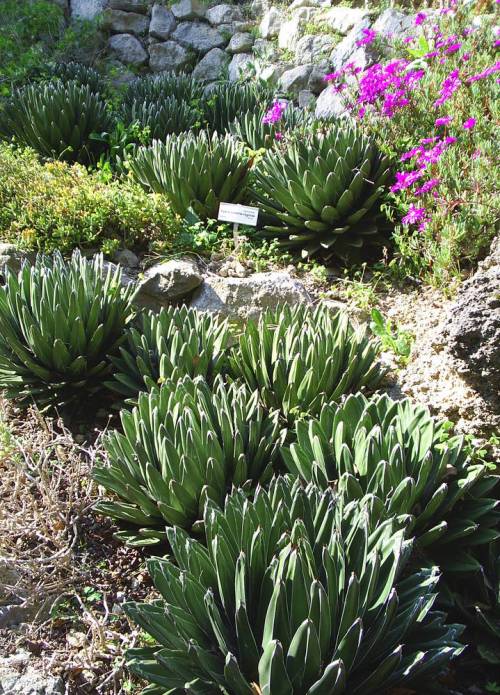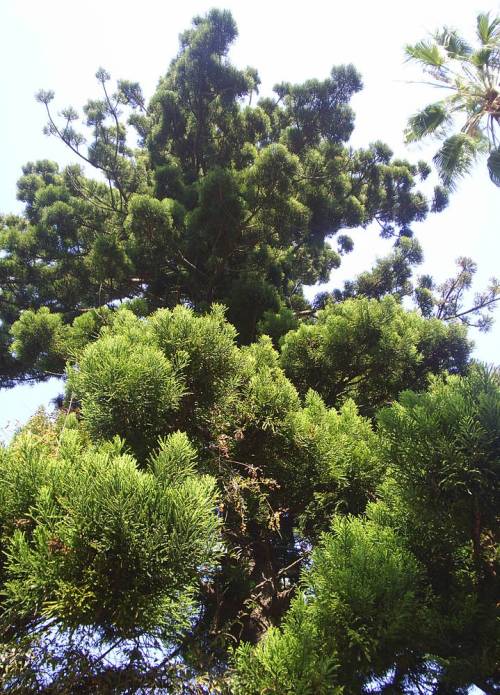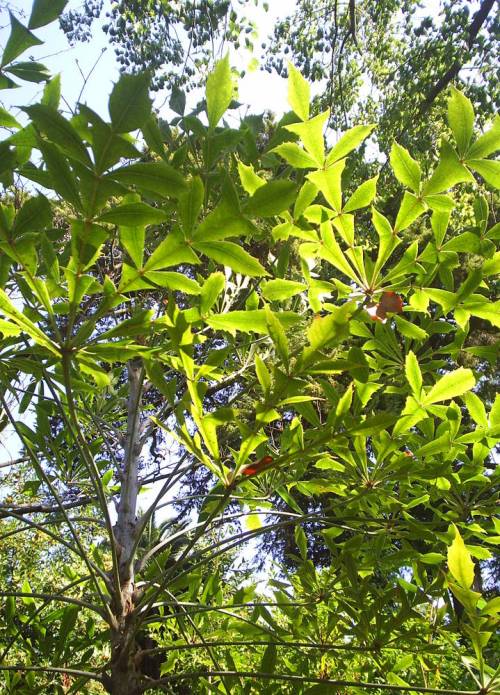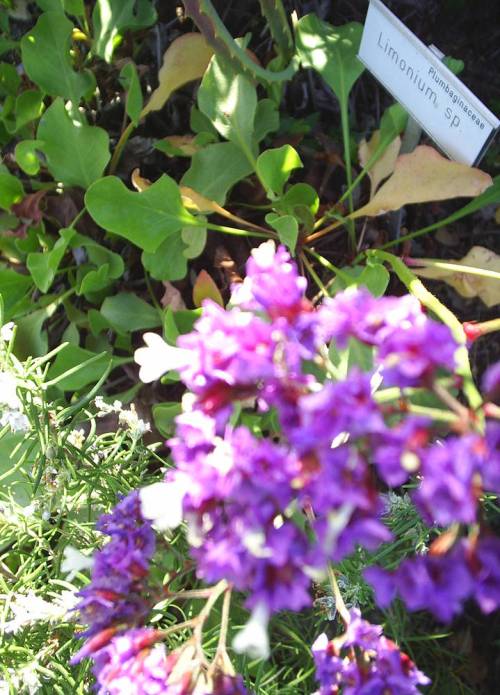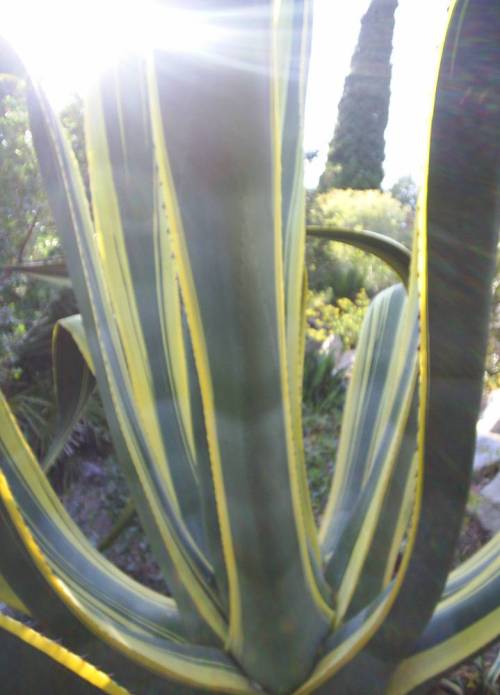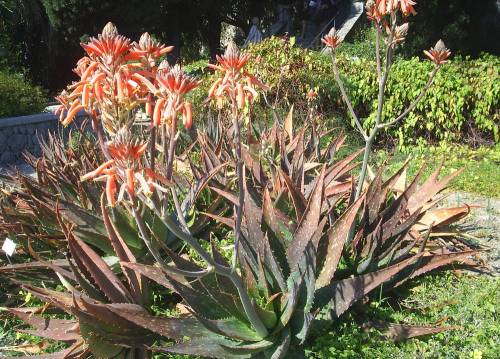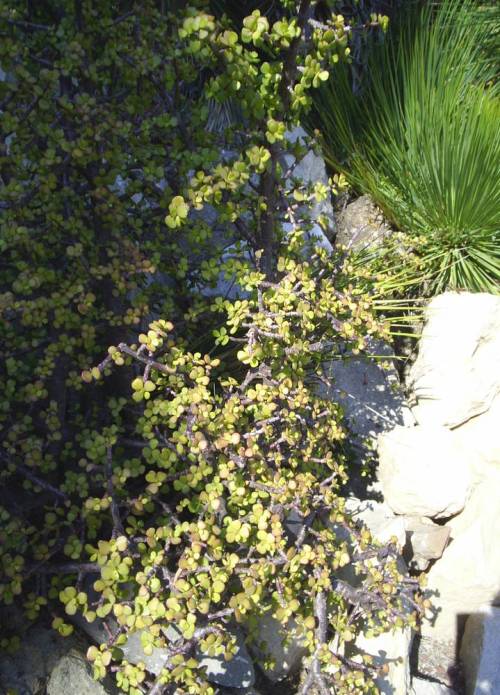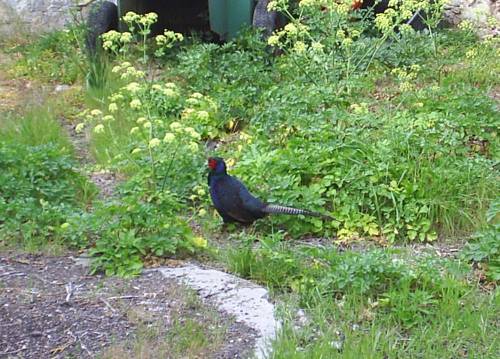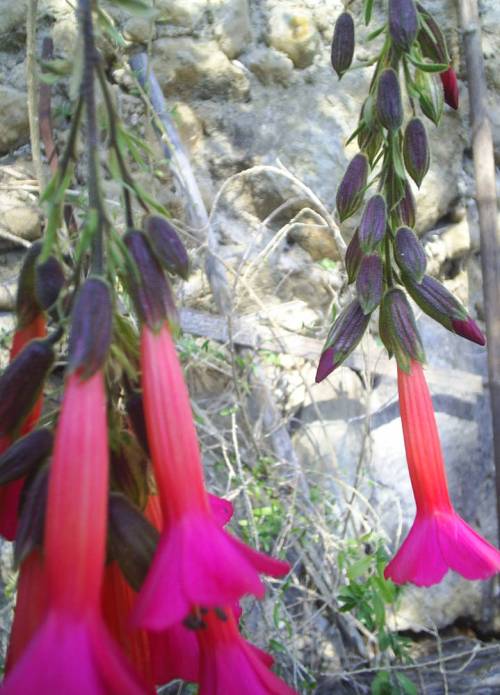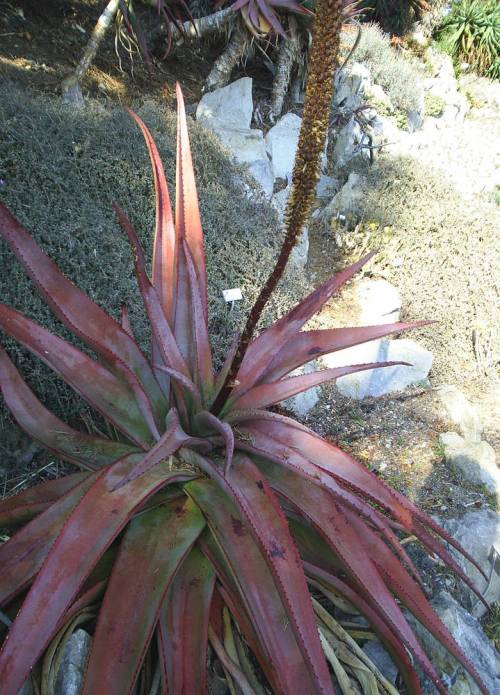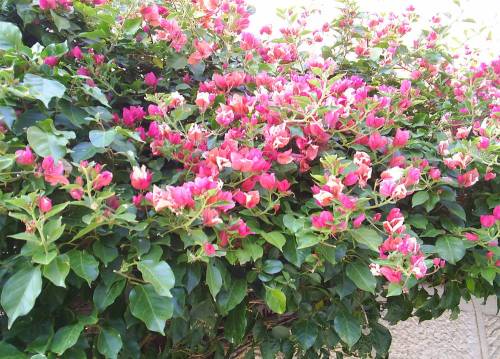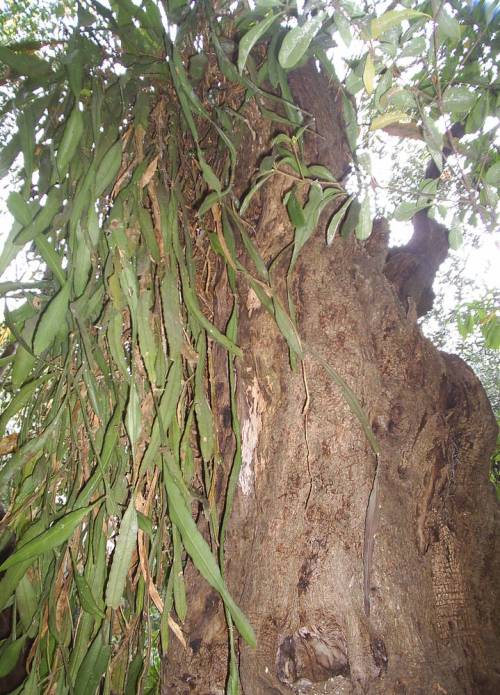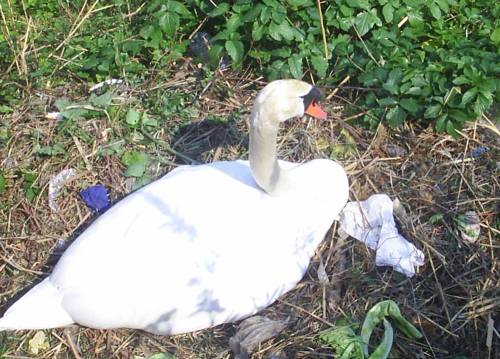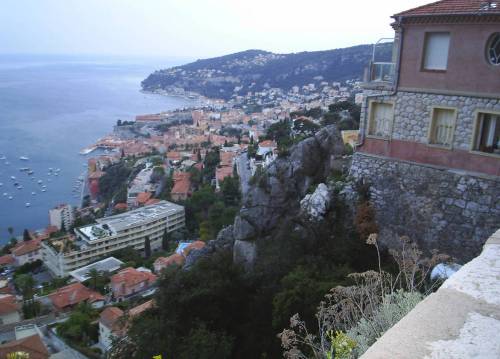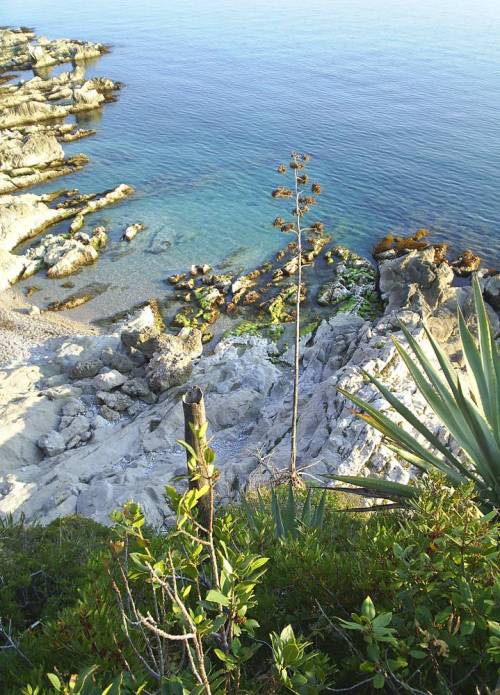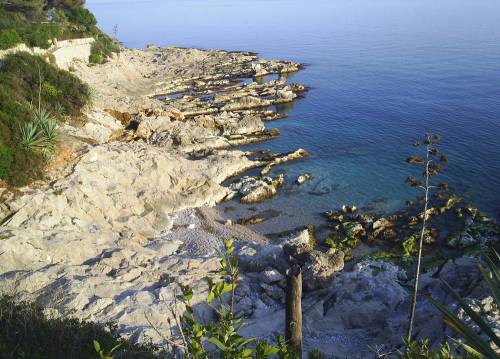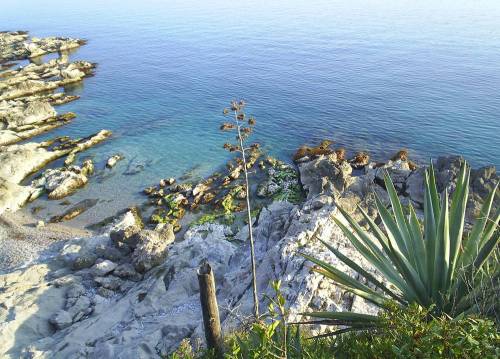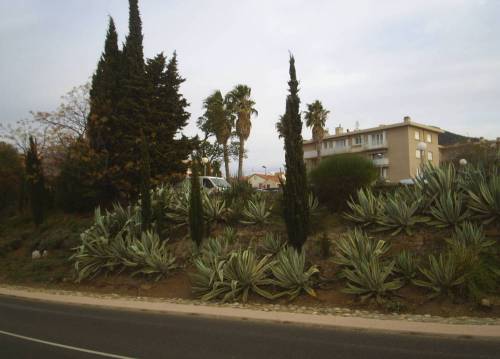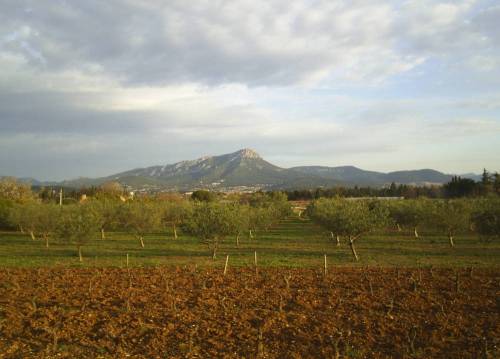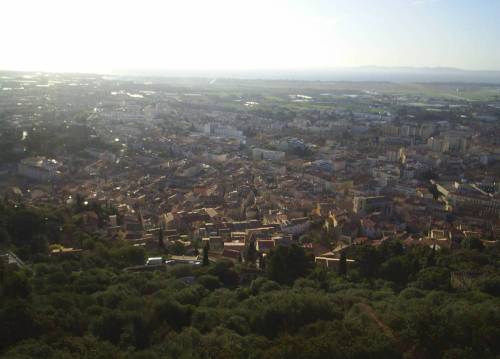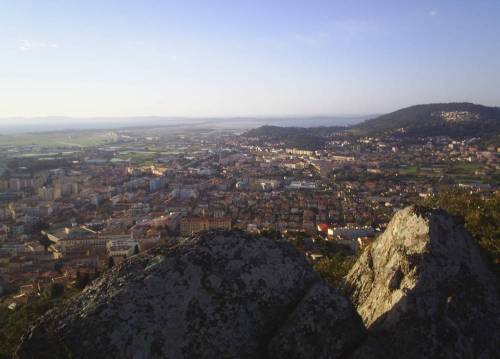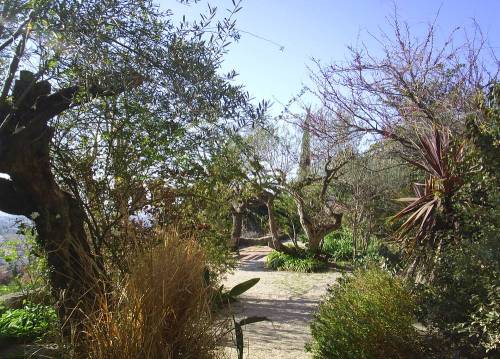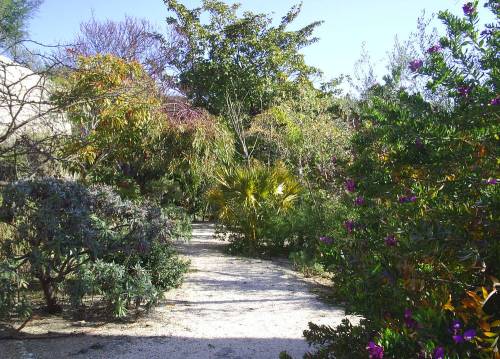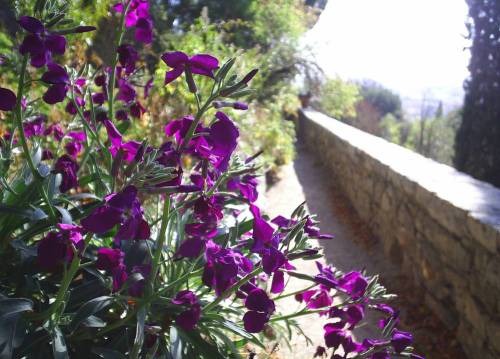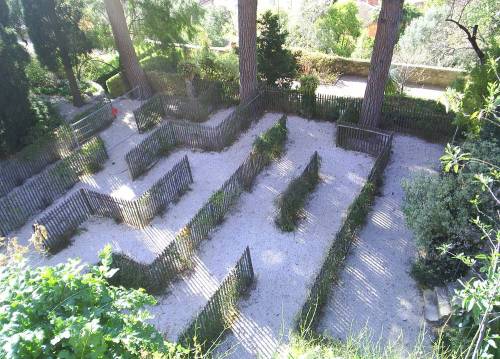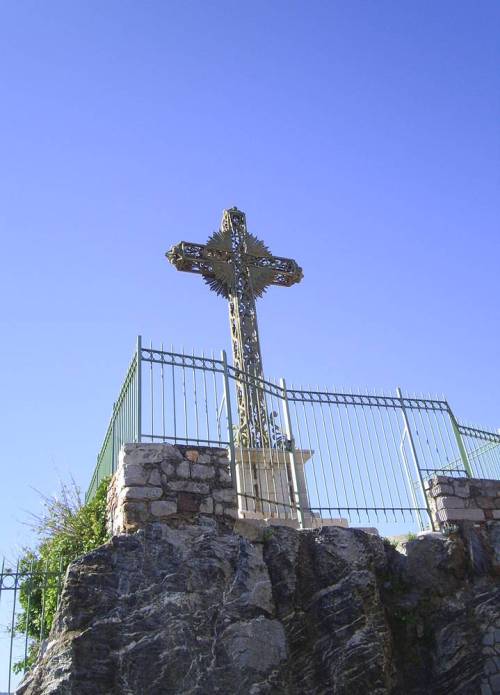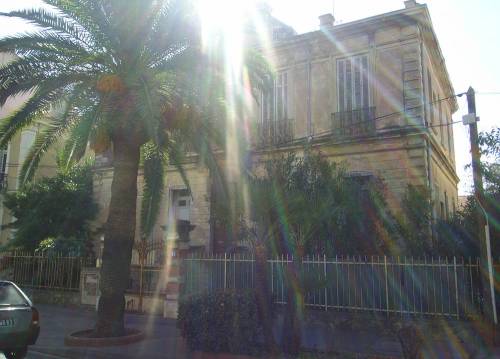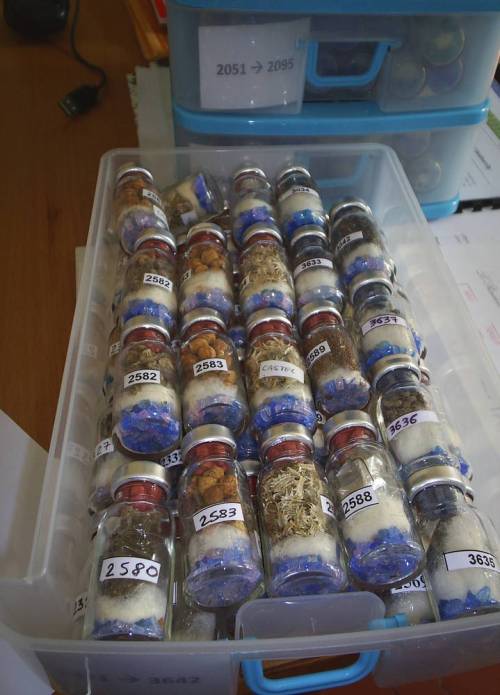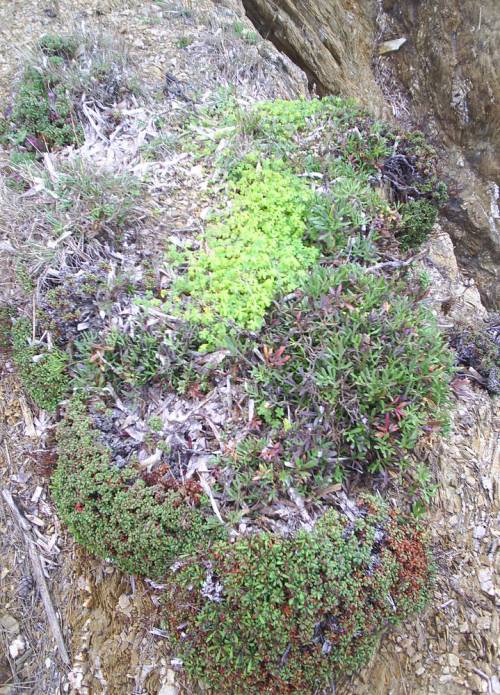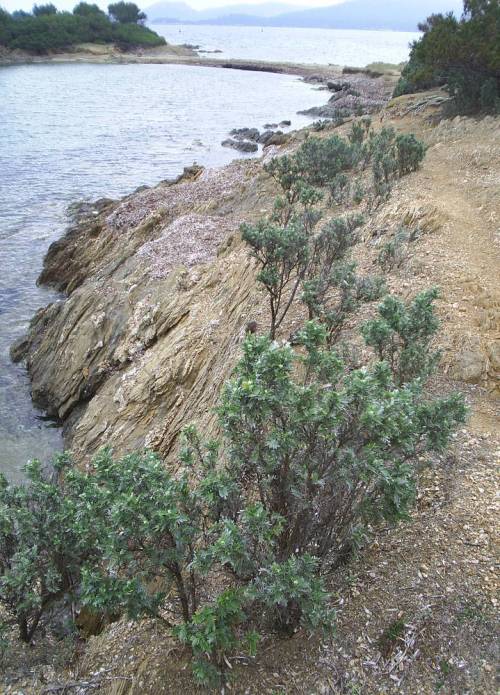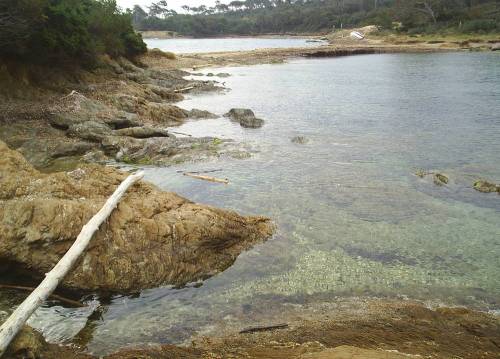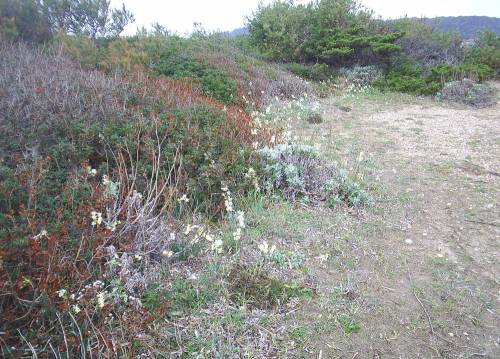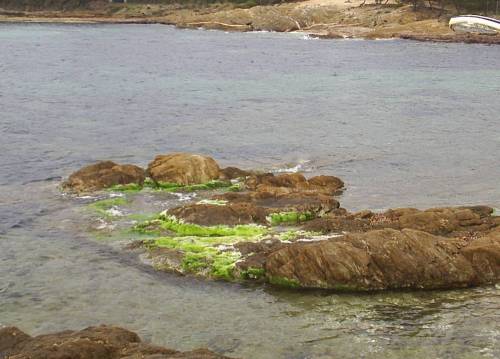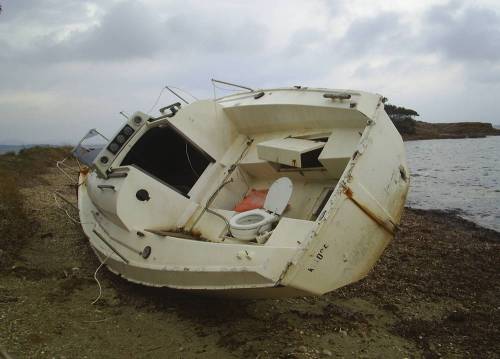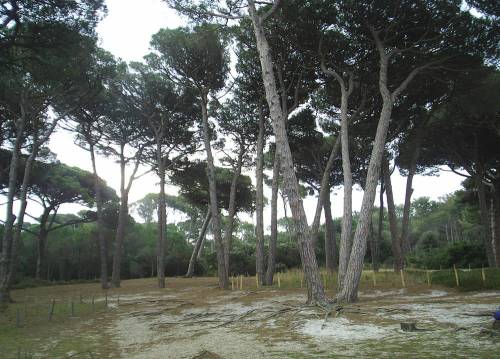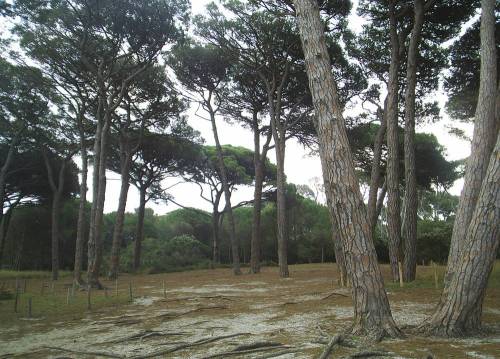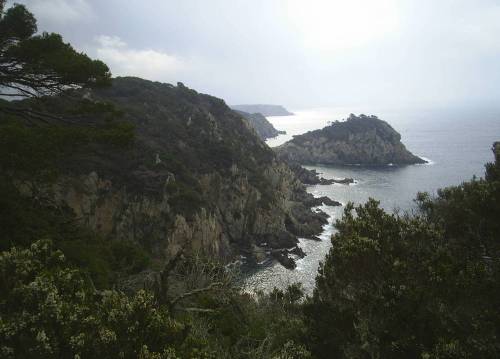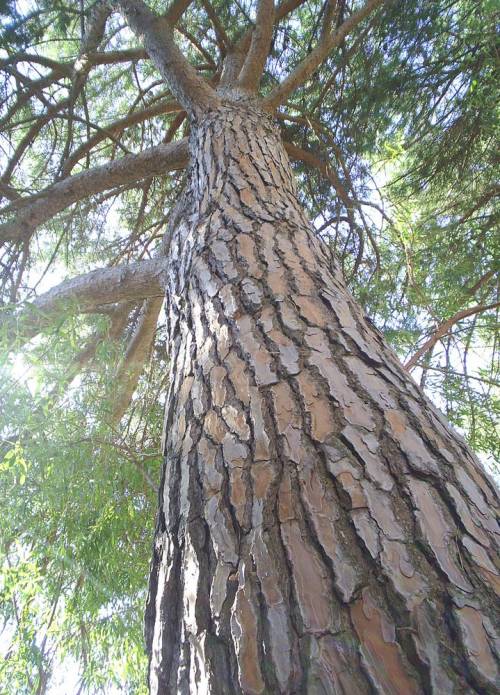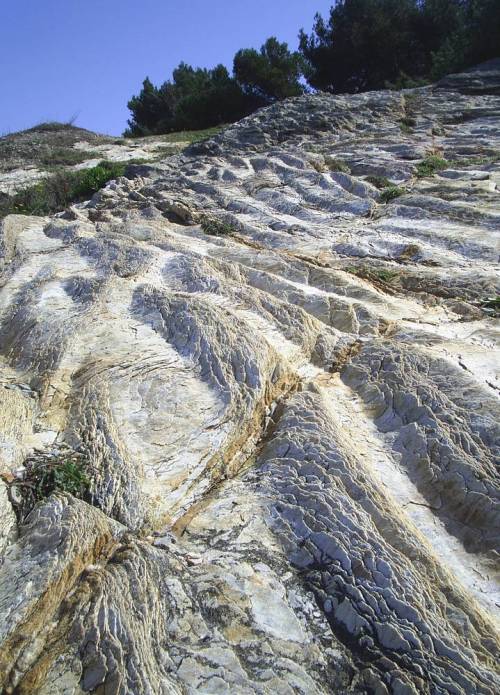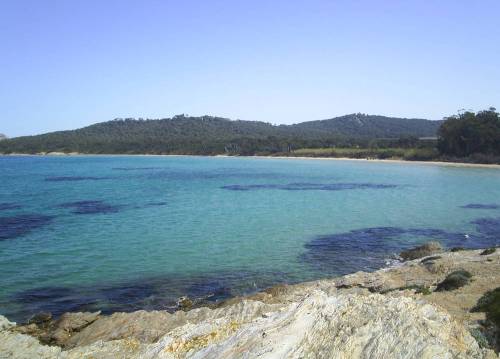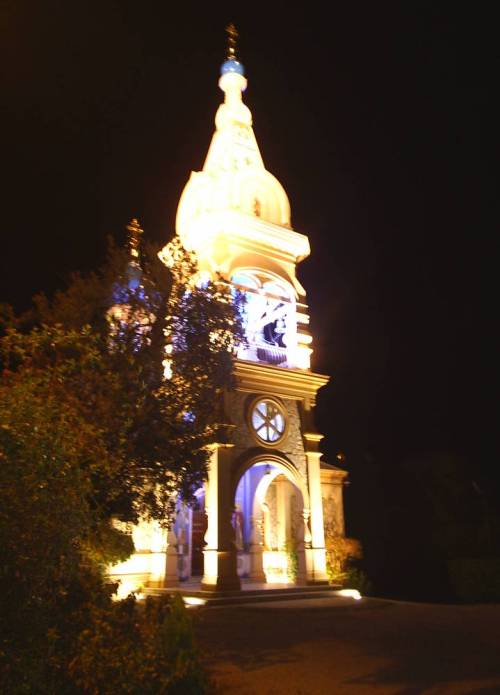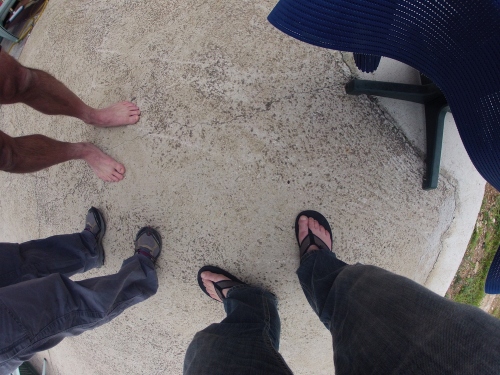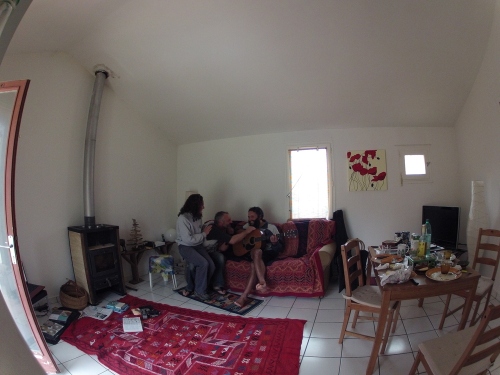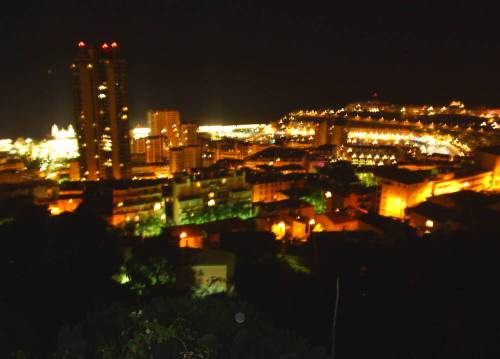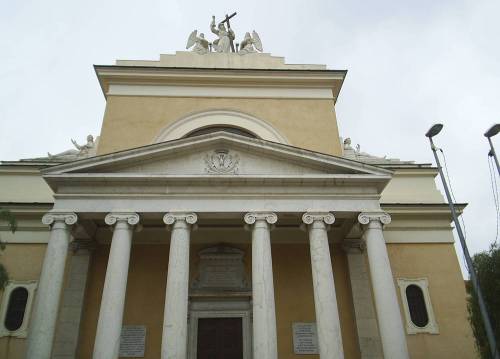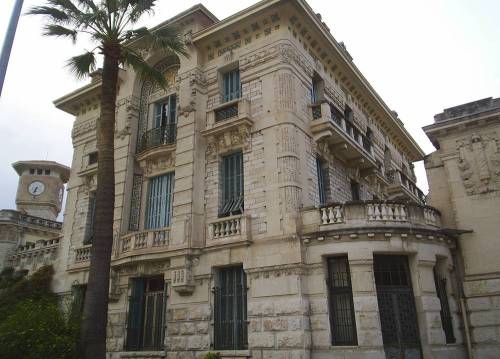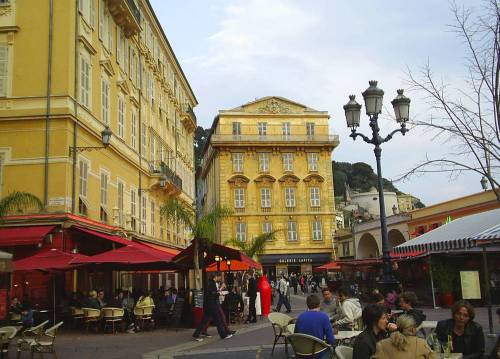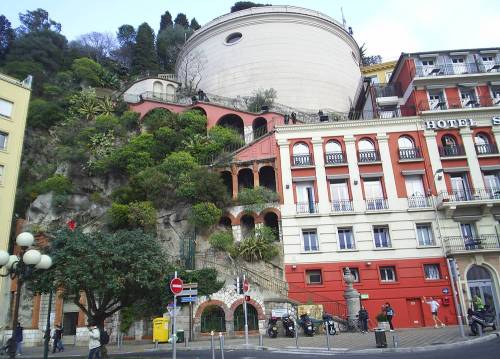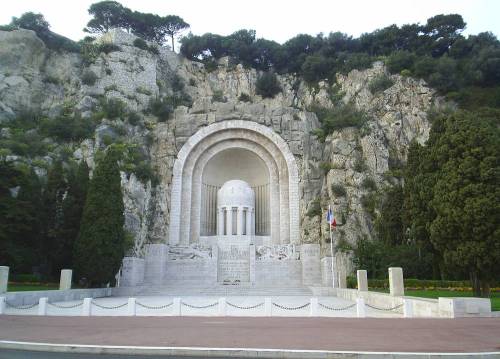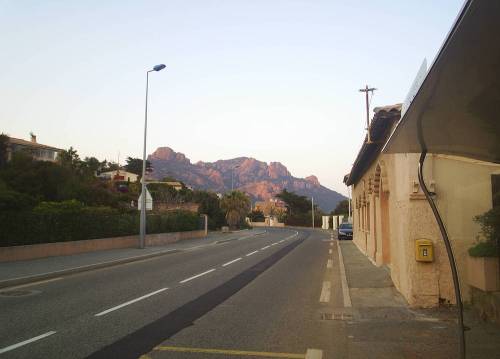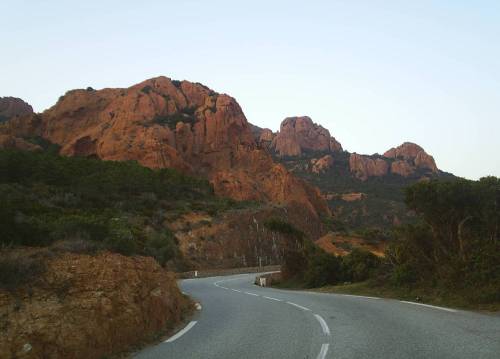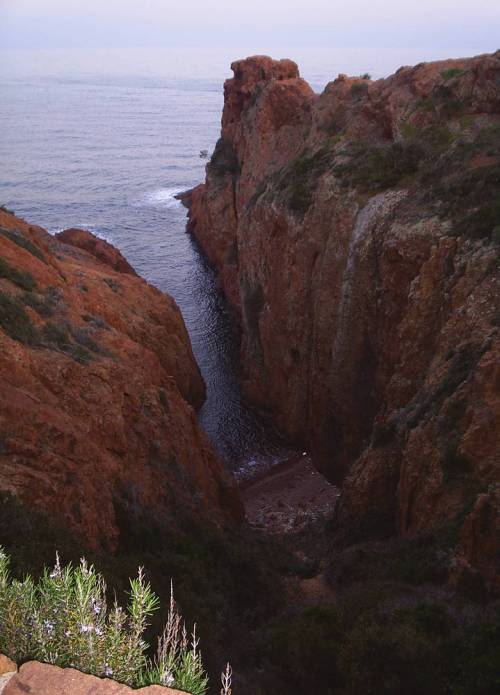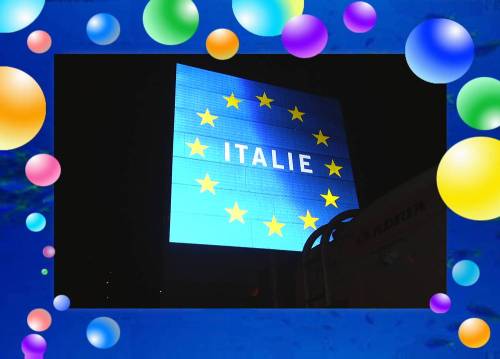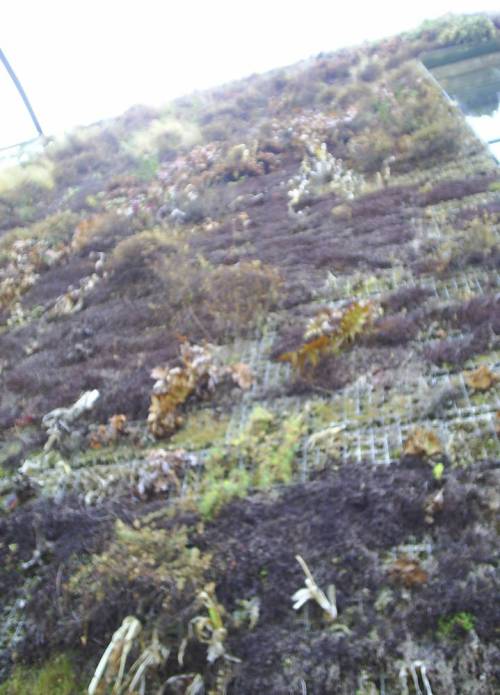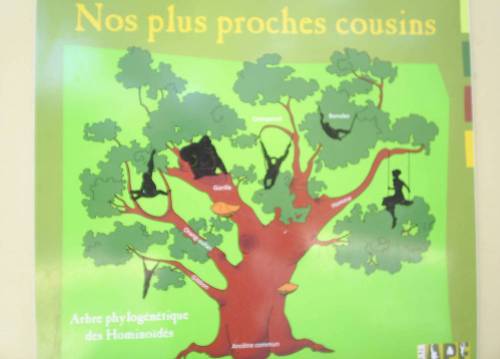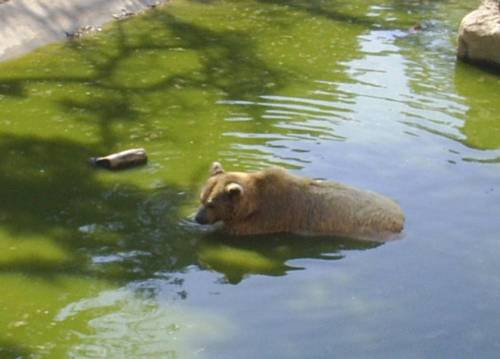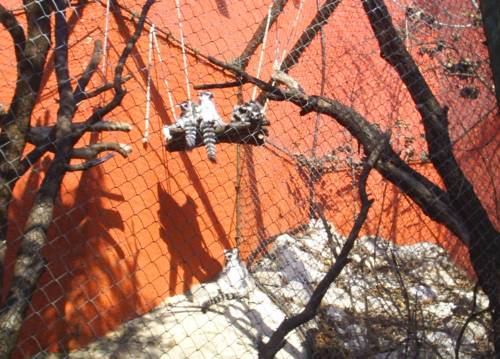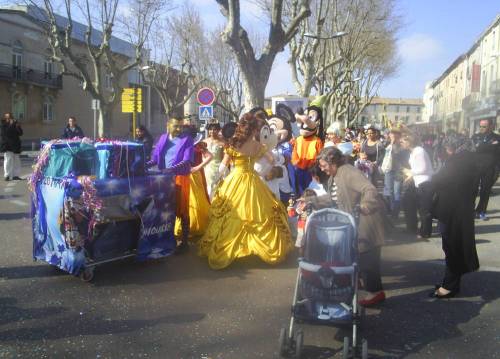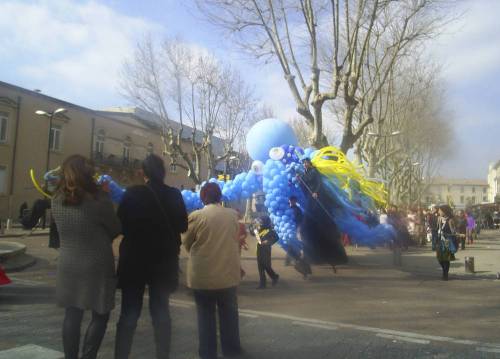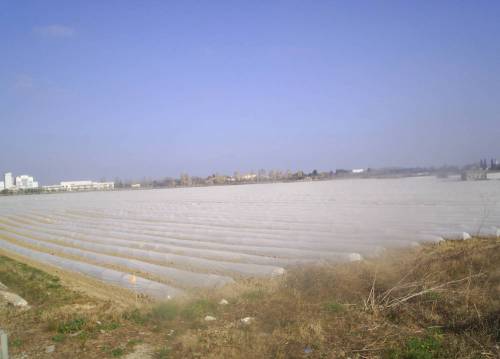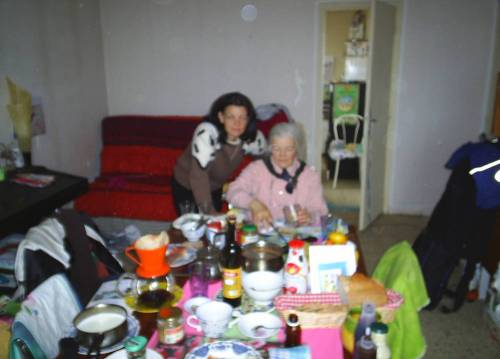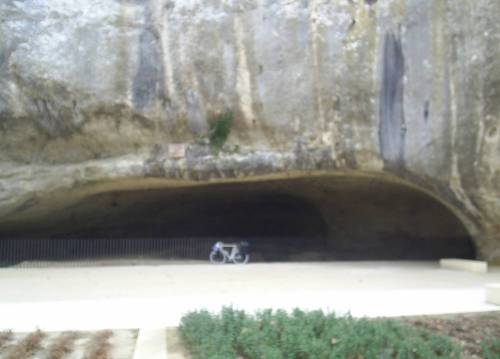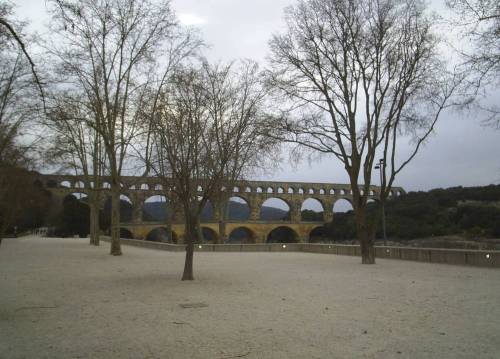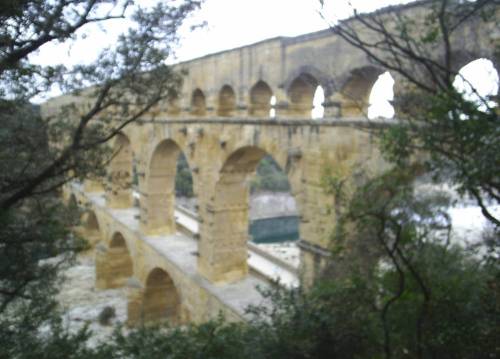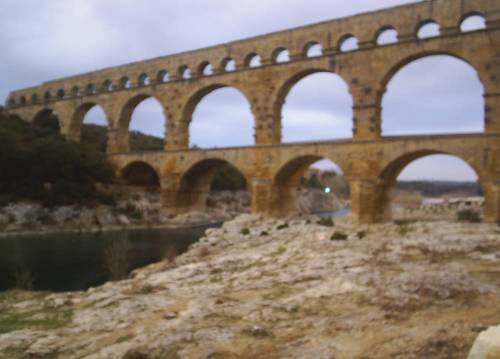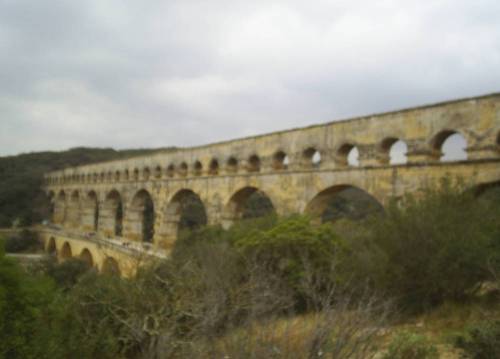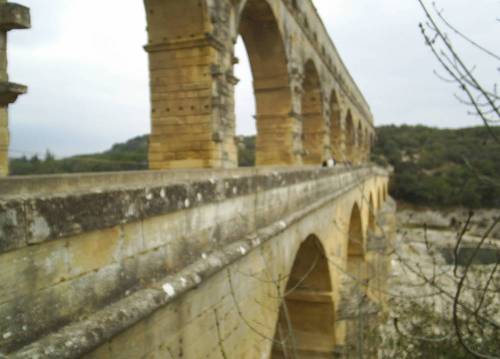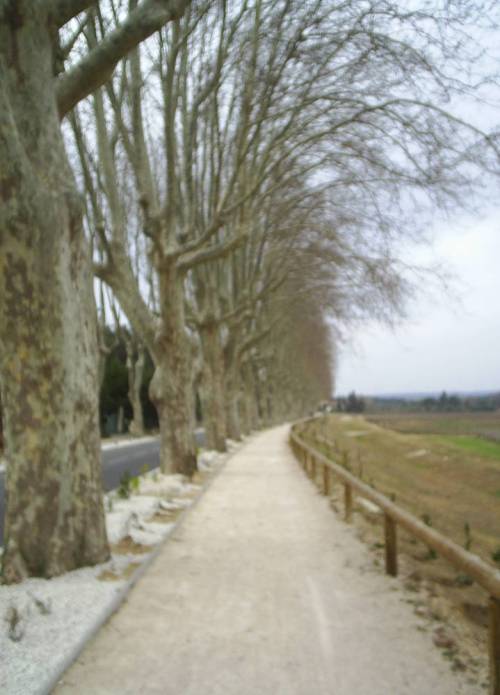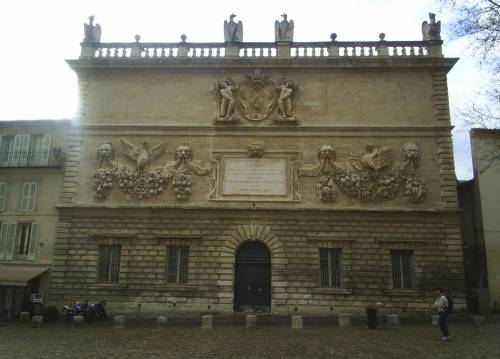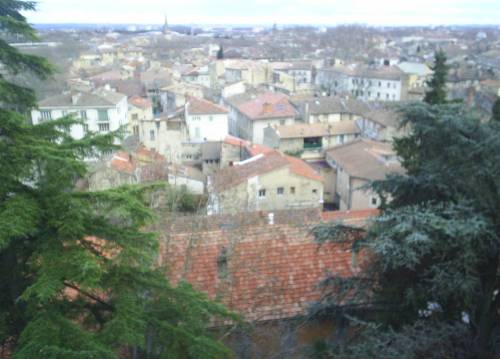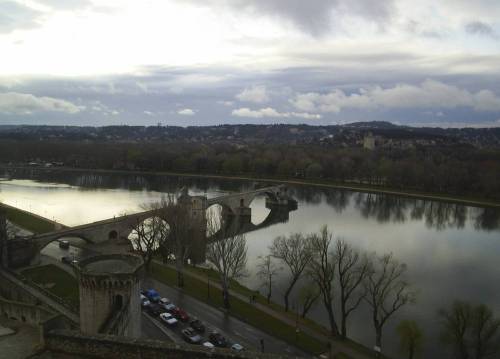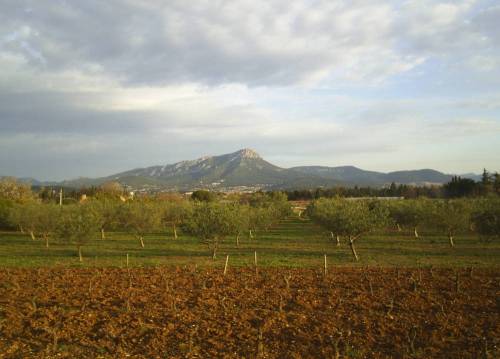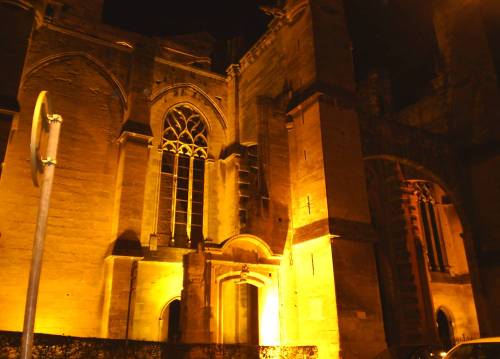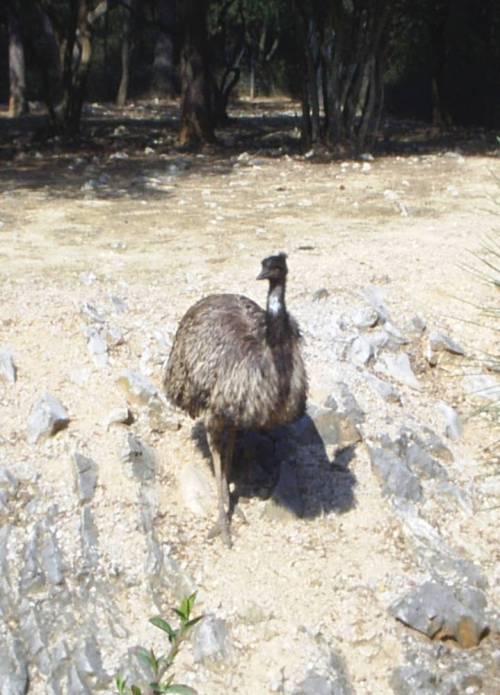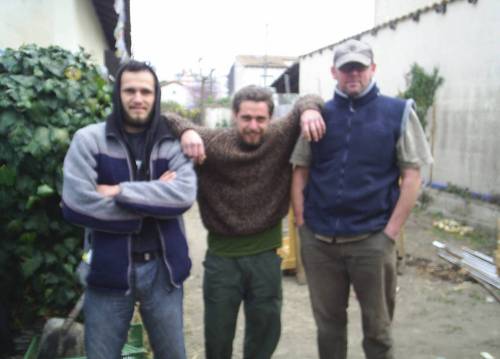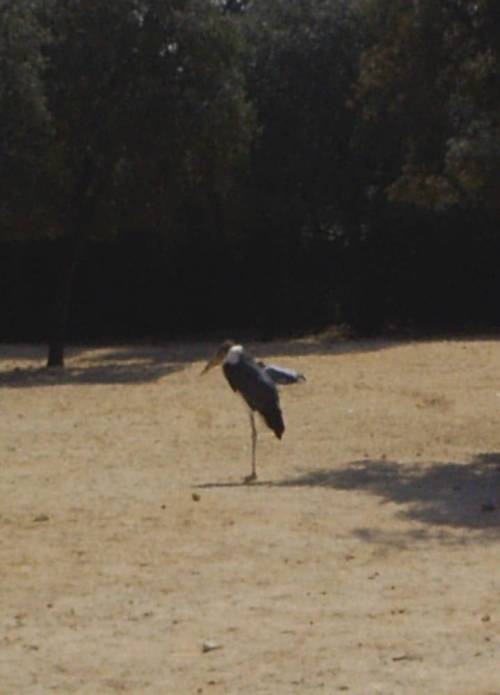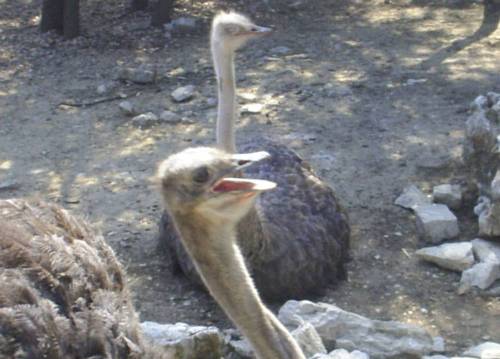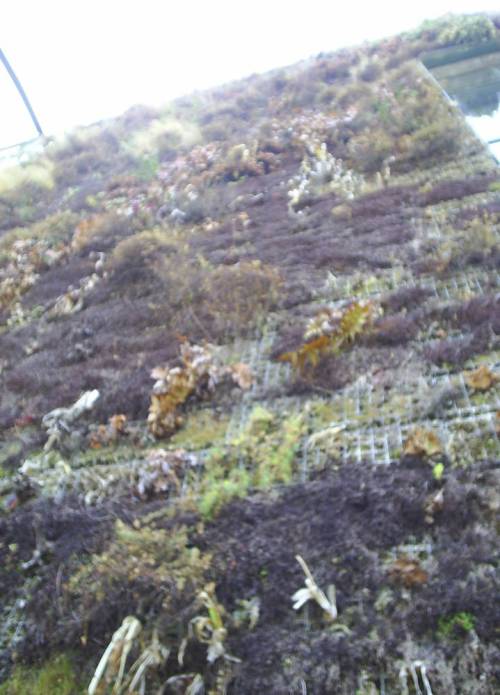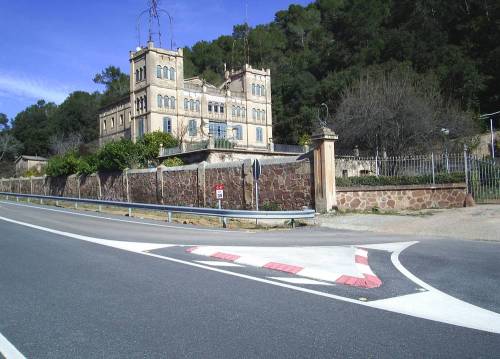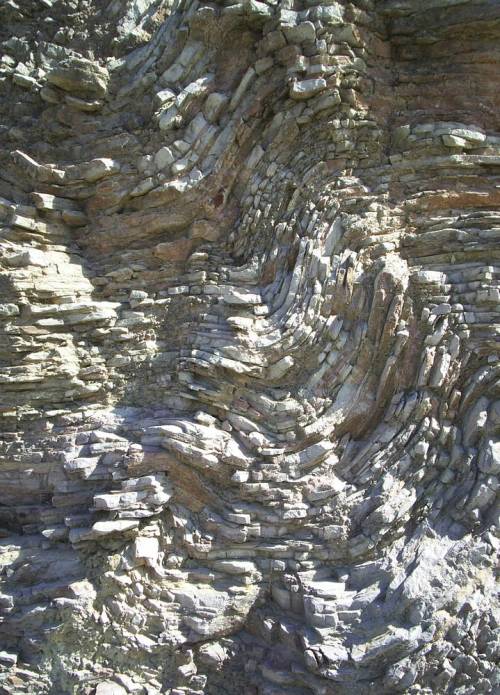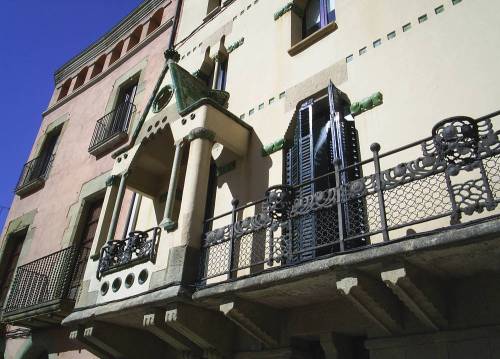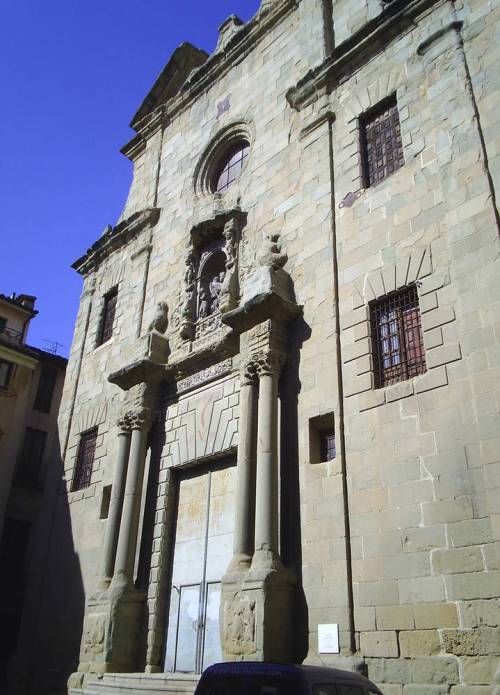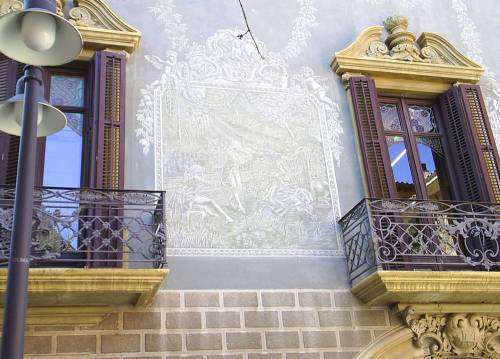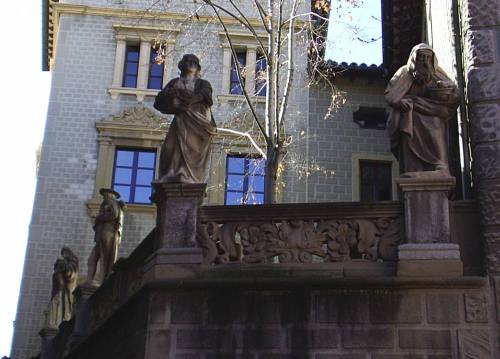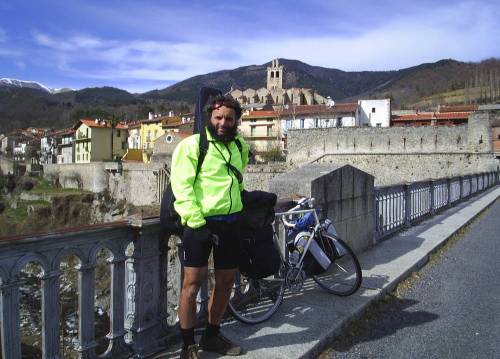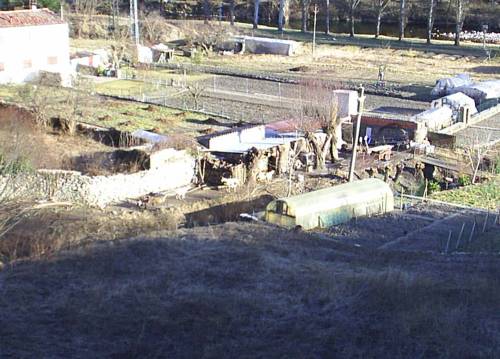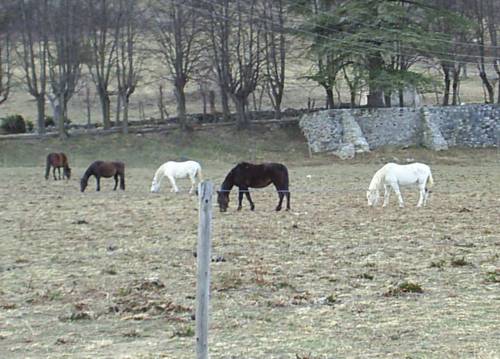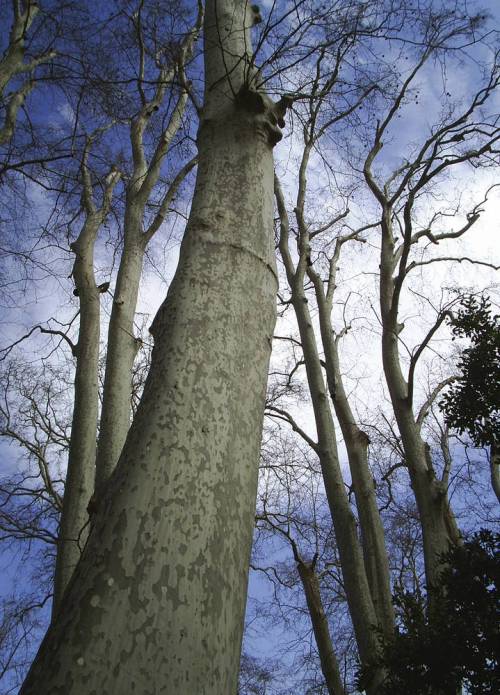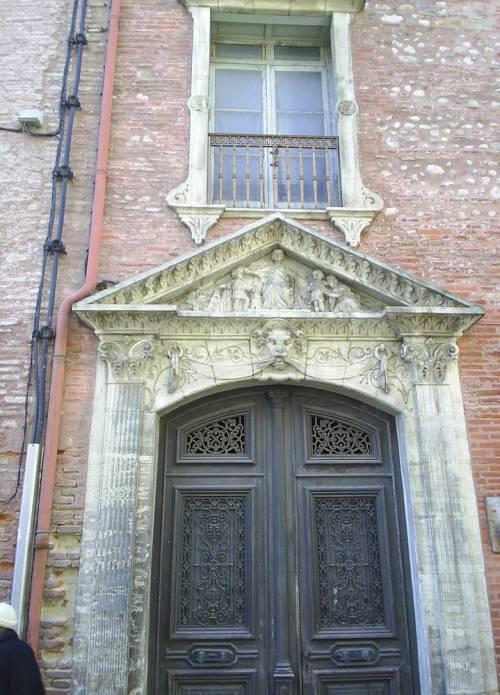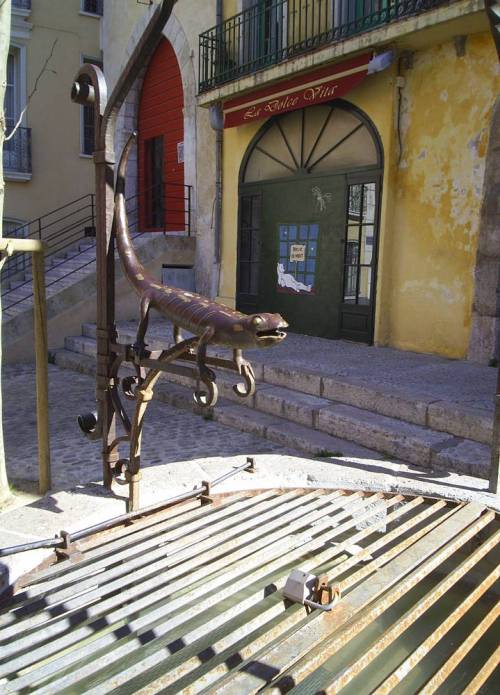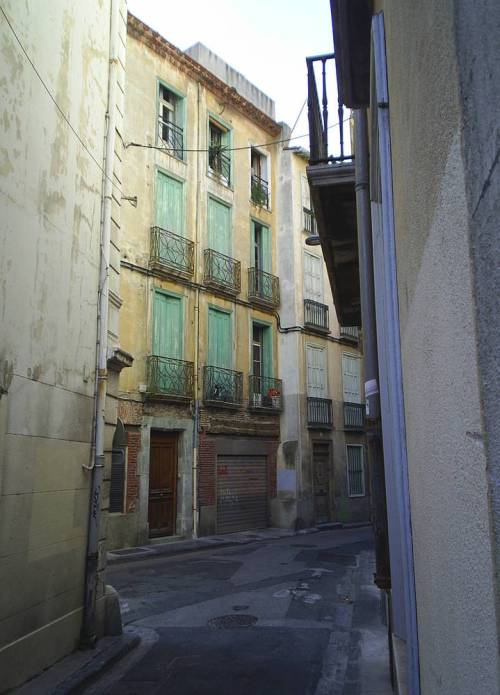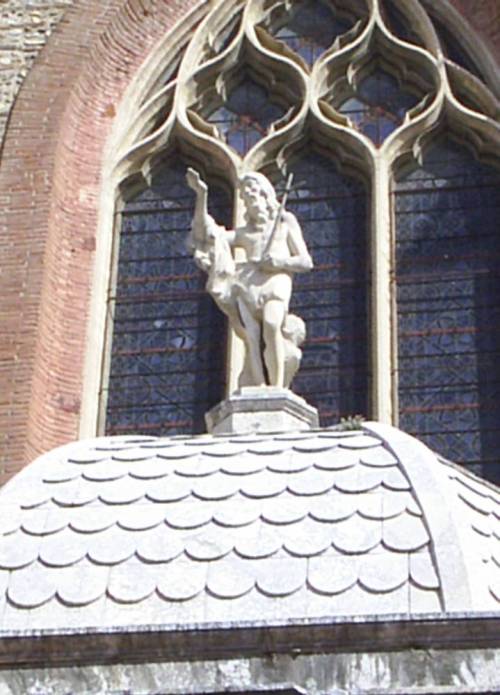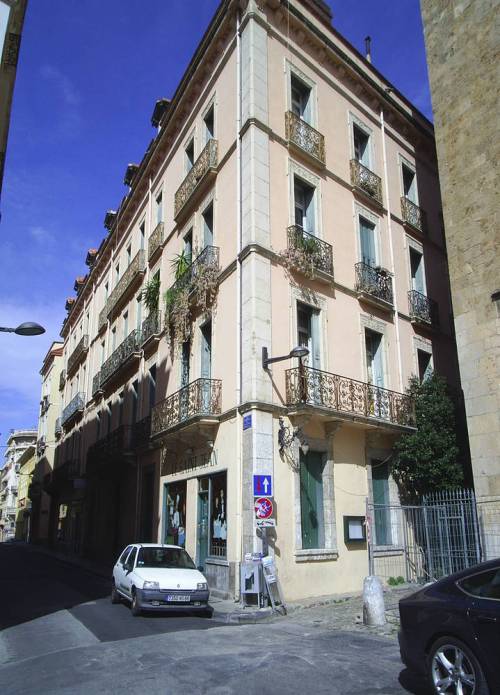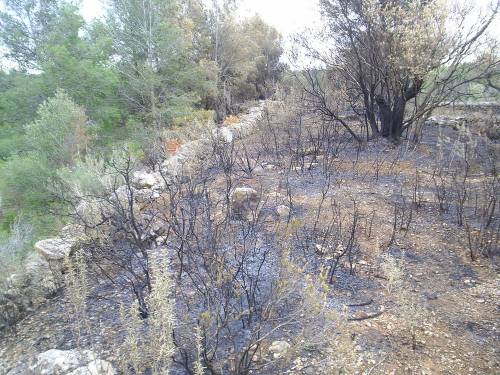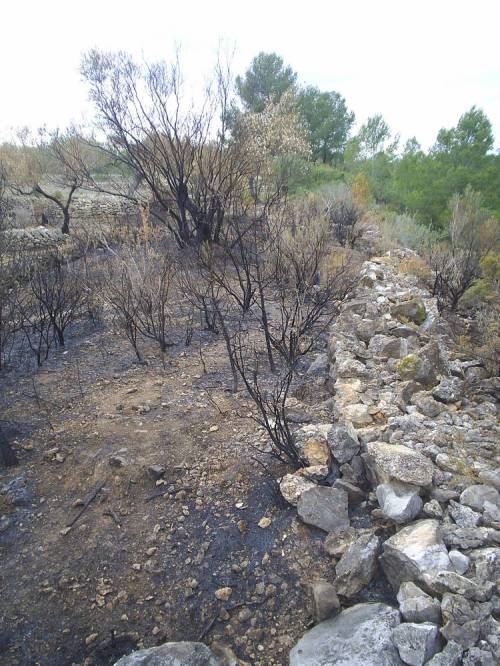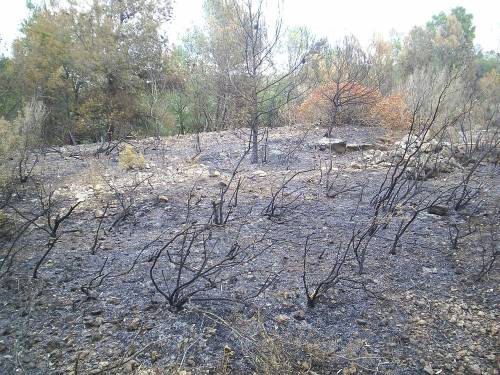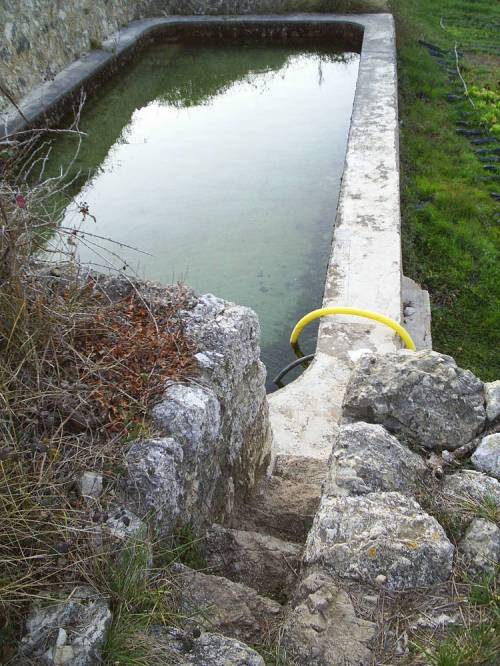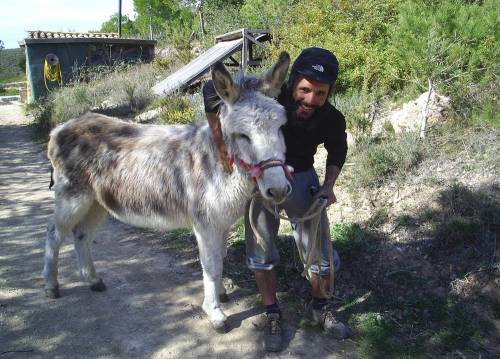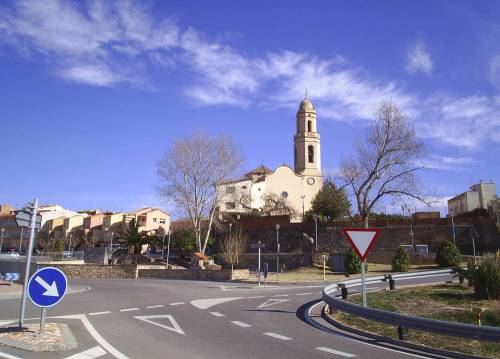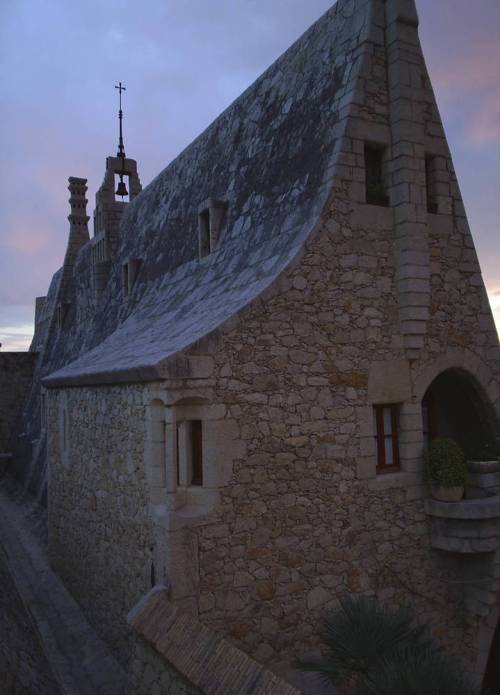I came into this country having no expectations. Everybody seems to have heard of Zagreb, but as for Croatia’s other towns they may have become infamous for the war with the Serbs. I left Slovenia’s fantastic landscape following a windy road that ran along the autostrada. The border came upon me all of a sudden and for the first time I had to show my passport. I thought the guy was a little condescending but talking about my journey seems to soften people up. At the second checkpoint I pretty much used the same face, making sure I talk my London lingo rather than the ‘foreigner who talks good English to other foreigners’. I’ve learnt to intuit the situation so that if I am telling people where I come from, or even where my parent’s come from, it makes sense to focus upon the right elements. For instance, my mother was brought up a Catholic, but my father was Greek Orthodox. This chatter would serve me in rare moments where it counts, for instance most Catholics know what religion both Spanish and Greek are. But there has been a growing concern centred around my look. The ‘Muslim’ beard is not an outward expression but rather an inward one pertaining to my religiosity, and shows me more concerned with my vocation of going on a spiritual journey as well as a traveller’s adventure. I can’t remember the last time I took much interest in my face other than from the photos people take of me and from when I shave my whiskers from around my mouth – it is just cleaner and more hygienic doing this. In this vein I am not an ascetic. If this journey was any form of repentance I would probably go about it in a different way, but in actuality I am exploring my true potential and living out my genetic heritage. I thought that maybe I would meet my future family on this trip, and that may still happen, but my individuality is so strong that it would take a very special person to anchor me down. As such I keep my options open but let’s be frank, when life is this good why change it? And why pretend to be someone or somebody of any particular heritage? It is better that people know me for what I am, a liberated human being getting older through living life fully, but not getting old. If I cycled into Damascus tomorrow and ended my life it would only be through choice, an understanding of where my genetics is ultimately taking me. I believe I am a predestined human being that other people see hope within because I represent freedom.
The road to Zagreb was a long one. It is quite close to the border but it went on and on. I passed industrial sites that were at most fragmented. The condition of the road deteriorated and the architecture was at best economical. I seemed to enter from the poorer end and a slight twinge of disappointment overcame me; the place looked dirty, the infrastructure under-maintained. As I turned another treacherous corner I decided to get off my bike and avoid the pot holes. And then the gardens appeared, like a polished gem. It was a refreshing change, but before I engaged too much of a tour of them I searched for the offices. Everything was closed; it was Saturday. I thought no-one would turn up and the friendly security kept their eyes peeled for any returning staff. As it goes I got lucky. I couldn’t imagine staying here longer than 12 hours but it so happens that Vanja, the principle keeper of the arboretum, took me in and engaged me with some interesting conversation. The first issue that was raised was my lack of funds; I just didn’t know they had their own currency here, and everything was closed. So he fed me cake, coffee and snacks. It was lovely as we negotiated various seeds between us. He told me something about Croatia, that the decadence was a result of politicians who have now only gone to jail, but that the corruption has not been rooted out, and this has resulted in a delay entering the EU (officially 2013). The transitional period has glaringly exposed the inability of organisations to know how to apply for European funding, and this has meant that as little as 10% of funding targets have been achieved. Hopefully this situation is turning around now that proper training in bureaucratic and application procedures are available.
I will digress here in order that I can hope to understand the history of this country, even if I bore you a little with some research. Vanja mentioned the communist years under Tito when the communist Federal People’s Republic of Yugoslavia was formed (renamed in 1963 the Socialist Federal Republic of Yugoslavia) in the wake of its resistance against fascism, and included SR Bosnia and Herzegovina, SR Croatia, SR Macedonia, SR Montenegro, SR Slovenia and SR Serbia. After the Yugoslav wars in the early 1990’s the Federal Republic of Yugoslavia existed until 2003, when it was renamed Serbia and Montenegro. In my travels across the continent I would begin to get an understanding of the peoples and their religion here, for instance the contingency of German-speaking Croatians and Serbians; Yugoslavia had been invaded by German, Italian and Hungarian forces during the war. German troops had occupied parts of Slovenia and Serbia, as well as Bosnia and Herzegovina whilst Croatia was established as a Nazi satellite state. Resistance was forthcoming, but by the end of the war the pro-Serbian Chetniks focused their efforts against Tito’s Partisans rather than the occupying forces, who would supply the collaborationist Serb nationalist militia. The Partisans led a successful campaign and drove out the occupying forces. Post Second-World War popularity favoured Tito who was seen as a national hero, and the old government was abolished. During the ensuing years Tito distanced the Republic of Serbia from the Soviet model and the Eastern Bloc, as well as NATO, to form its own socialist strand. As religious piety dropped and nationalism rose differences between Orthodox Serbs, Catholic Croats, and Muslim Bosniaks contributed to the collapse of Yugoslavia in 1991. The federation of Yugoslavia did not banish the Catholic Church as had been the case in other states fronted by the Tito’s secret police. He was the most powerful man in the country, each republic had its own government and presidency. Tensions amounted between the independent states when it was considered that Serbia had too much power. Tito’s response was to lessen their autonomy but this was to the dislike of Serbian nationalist tendencies. On his death in 1980 ethnic tensions continued to grow, demanding more independence. Just before the Yugoslav wars most states were entering an economic crisis, leading to its ultimate collapse. Serbs had the greatest percentage of the population in Yugoslavia and by the time of Milosevic were applying the old claims for pro-Serbian sovereignty against accusations of hegemony by other member states. The League of Communists sought various solutions to the divisive sentiments of the Federation which led to Slovenia, and then Croatia, withdrawing from the 14th Congress with the result of the collapse of the Communist party of Yugoslavia. With the subsequent fall of communism in the rest of Eastern Europe the inevitability eventually caught up with all member states of Yugoslavia, the democratisation process beginning with Slovenia and Croatia who voted peacefully in its favour. The unresolved issues that the Serb majority posed would remain the trigger for nationalist tendencies prevalent in the Yugoslav wars to come. I was learning all this because I was engaging a people who’s memory of the recent war was still fresh and indelibly printed in their minds. And there would be more to come, from the people themselves.
Zagreb Botanical Garden was started in 1889 as part of the faculty of science in Zagreb University. Its arboretum is designed on the English garden, the floral parterre on French style symmetry. There are 5,000 species here. I had no time this night to enjoy the wonders of its trees now that it was dark, so I took my leave from Vanje (as well as the cake and bread he offered) after he showed me to the greenhouses where I would stay. How fortunate in this late hour for I was considering finding some trees to hang my hammock upon. The rooftop garden was appropriately out of the way, hanging my hammock between two conveniently situated posts. It rained that night. In the morning I took my ramble and was silently overcome by the beautiful magnolia trees in flower. But that was just the icing on the cake for there was plenty of ornament to get my teeth into. I was captivated by the swamp cypresses, the insectivores plants, the unfurling ferns, and not least the numerous written accounts of botanist triumphs over the centuries. For instance the metasequoia was rediscovered in 1941 in the eastern Schuan Provence of China by a forester that fed the plant to his cattle. It was thought extinct for 5 million years before Dr. Hu of Beijing compared it to fossil records 100 million years old. This is the Chinese redwood now known to have dominated the arctic forests. Its preservation is aided by its distribution in world-wide botanical gardens because its natural habitat is being threatened by rice cultivation. It is now a Critically Endangered Species of the World Conservation Union. Likewise the Ginkgo was rediscovered in 1691 in Japan where it had survived in monasteries and mountainous regions, as well as palace gardens from the Buddhist practice of cultivating the tree for its many properties (including its popular edible nuts that are roasted or baked). It is in fact the sole living link (gymnosperm) between the lower and higher plants of ferns and conifers. And lastly there is the sequoia sempervirens which can live up to 3,000 years plus. The one in Sequoia National Park measures 85m high and weighs 1,700 tons. Its girth is over 31 metres, the bark up to 50cm thick protects it from fire and disease.
It was Sunday now and as the morning drew on I thought to take my opportunity in the city to see what it had to offer. The weather had broken and the garden security informed me the location of the old part of the town. I strolled up some steps, guitar strapped to my back, and ended up on a viewing plateau overlooking the city. It wasn’t particularly distinctive but as I glanced over some English tourists were sticking their fingers in the ears. I wasn’t bothered as to what they were up to but in that moment a canon shot was fire. It was so loud I thought someone had fired a gun behind me. I didn’t budge though, just slowly working out what was going on, like the cartridge paper gently floating down around my head onto the steps. If I hadn’t slept 12 hours I may have been more sensitive to the moment, but it did occur to me that the canon shot was a salute of sorts fired at 12pm every day. So I continued to stroll the upper part of the city realizing that .this was the wealthy area but still lacking slightly in its maintenance. Further along though I came upon its principle buildings and then I was surrounded by untold amounts of museums. I only had time for one because they close early on a Sunday, and headed into the nearest one, the war museum (www.hismus.hr Matoseva 9, 10000 Zagreb). The exhibition was on the Homeland War and everything here caters for the English speaker. It is just so impressive how many people talk English here, Vanja had spoken like a true native. Since I had no money the woman told me it was fine to go around free. As far as I learnt the frontline never reached Zagreb and the rather small exhibition told me enough to understand what the Croatian people might be feeling. I, personally, have never experienced war but my destiny was opening my eyes to maybe something I was subconsciously preparing for in the future. But the Croatian outlook highlighted the increasing unrest of Serbs living outside Serbia that lead to unconstitutional and terrorist activities during the Yugoslav wars. The Serbian revolt in Croatia in 1991 occurred between rebels and Croatian police, but since Croatia and Slovenia had freely voted for democratization and independence the Yugoslav army (including Montenegro) sided with Serbia. Full-scale aggression transpired from the Summer of 1991 and many Croatian cities were destroyed. How much so I would only learn later in my travels. The UN stepped in and many Croatians sought to defend their homeland, key cities being Vukovar and Dubrovnik. As Croatia organized its defence it required to relocate many displaced people. To this day the whereabouts of one thousand people remain unknown. After the UN created protection zones (UNPAs) the conflict moved to Bosnia-Herzegovina and by 1995 the Croatian forces liberated occupied territories leading to a peace treaty. The international world were being asked questions, the disrupted pre-war ethnic structure, the impoverishment, the unresolved war crimes and fate of missing peoples. Years later they remain unanswered. I knew nothing of this war even though I remember the news reports –just another war – but now I seemed to be preparing my mentality for what I could experience in Palestine when I reach my destination. Are we not talking about the same issues here?
I took in a stroll about the town and didn’t feel like playing any music after that, since I had been engrossed by the eerie recordings and images with the sound of Samual Barber’s Adagio for Strings in the background. I passed through the outdoor market but had no money. Then coincidentally, another American called me over and asked me to play. His name was Joe and he told me he was going to Palestine also. He gave me 20 Kn and I wondered how much that was. As he attracted a group of youths with his charm I played a series of songs in the background. Some interesting people dressed like Greeks in tunics fed me grapes and danced in exotic forms. The young guy who made a collection for me was from Palestine. I now had 32 Kn and wondered how much that was. Since I had an appointment back at the garden (late as ever) I took my leave with a big smile on my face – I was in credit. There I met another Vanja who accepted more seeds from me, and allowed me to make coffee. The security came in and fed me. Fantastic! We talked about the journey as I pondered whether to leave the city that night. As it turns out I decided one more night, taking an excursion around its shopping centres and returning just as it started to pour rain. I measly kept most of my money and wondered how long it would last – it was only about £3-4 equivalent. So I stayed ‘til the following morning, met all the gardeners, about 20, saw them busily preparing pots, and as they fed me I knew I was in communion with them. It was enough that I give them my third bottle of Catalonian olive oil as first pizza, then bread and jam was plied onto me. I couldn’t believe these people eat whole chicken for breakfast. I learnt that Croatia has a population of 4 million people but that 300,000 people are unemployed. How could these gardens support themselves? I remember Vanja telling me that they will try to apply for construction funds when officially joining the EU in 2013, especially since practically all the greenhouses are deemed too dangerous to be opened to the general public. But here I saw a realistic pattern for sustainability, I saw a very large queue of people waiting to buy plants propagated from the gardens and sold at substantially lower prices than garden nurseries, from 10 to 30Kn. It went on all morning. I took one final tour of the gardens, saw the herb beds and restored pavilion, and actually was a little reluctant to leave. They still had much work to do here but the arboretum sticks in my mind. I wondered about the links between the religious communities and science, reading up on the single seed of Davidia involucrate sent over by the missionary Father Farges in 1897 and which germinated and flowered in 1906. What an oasis this place was, it warranted one of my fig cuttings which I duly potted up.
I took the road to Petrinja on advice. I saw unmanaged woodland and pasture, arable left fallow. Litter lined the roadside gulleys and many building were abandoned or plainly looked unfinished. There was no infrastructure here – nothing. Surely, every penny that these Croats receive must go into farming; the wealth of the people will be reflected here. As it goes wealth is only indicated by individuals, I saw no regional differences. How poor these people are! The Catholic Churches appear like sanctuaries in a wilderness. The impression I get is one of waiting for some big decision before anybody wants to move. It was only when I reached Kostajnica that something of a regional indicator of wealth became apparent. My first interpretation was that after the war the land remained dangerous from unexploded mines, and this was true to a degree. Many building lay abandoned from bomb and bullet damage and all I could do was keep on the road for safety, occasionally stopping to photograph lovely woodland cabins that reflected a bygone era. Before I reached the border it started to bucket down. I slid into a decrepit bus shelter, smashed and vandalised, and peered over at the house opposite. I was going to request a spot in the back garage just until the rain abated but as it goes the old women told me to get lost. So much for a heart, and then I realised that her bitterness reflected the war; the dead trunk of a tree next to the bus shelter said it all. So I trundled up a little way and found an abandoned bar with a large awning on the front. It was perfect for my hammock and I took an early night. That morning a women came by and invited me to her place. She was lovely and her name was Ljubica and I huddled up to her wood-burning stove. She made me food, gave me stuff for my journey and the least I could do was play her music and plant a couple of fig cuttings in her garden. I told her they were from a church. We struggled to converse using the dictionary but I then understood that these people require healing. I was a sign of hope for her, for her solitary lifestyle.
There was a spring in my cycling again, everybody was waving at me and even stopping to ask to help me to my destination. As it turned out I bumped into the border to the Republic of Serbia. I still hadn’t spent all my kuna and so left the country with an unimaginable credit (it must say something about the economy here). The guards were really nice people, all coming out to greet me. They told me about the war, gave me good advice, and told me that here in particular, Bos Novi, the war hit hard. They think the politicians are stupid to join the EU, making them slaves to an international monetary fund. But this was the opinion of one of them. He told me I was a rare sight, travellers don’t normally come through here and that I was the first. Second checkpoint was fine also but rather than follow the river I decided to take their advice and go to Banja Luka, the capital of the Republic of Serpska. I passed that night in Prijedor. I would say at this stage that since Zagreb the roads have been adequate, but there are no concessions for cyclists. There are no cycle tracks from here to Sarajevo, and the drivers get gradually worse, which I can only accredit towards the lack of awareness for cycling safety. These countries are a long way from Slovenia. The Republic of Serpska or Serbia was a culture shock – their industriousness to work every available piece of land was beautiful to see. It was a stunningly green country reminding me of Gloucestershire in England. Everybody was growing something and they do it with modern equipment and a methodical approach. Horticulture was a skill here; many trees are painted with white latex paint to protect from sunscald and the rapid fluctuations of temperatures. As such indicators of wealth dramatically increases tenfold from Croatia. Prijedor is a small sleek modern town, full of cafeterias and restaurants. The helpful shop owner changed up my Euro and her honesty would make a lasting impression on me of Serbian people. Here they use the mark (DM) and that night I would find me a cafeteria and engage in local conversation. I was like a spectacle; everybody looked at me like I was on exhibition, or maybe the cyclist announced on the radio a week ago travelling from Spain. Maybe they thought I was a Muslim with that beard of mine, a terrorist because, as it turns out, I was entering a police state. I had noticed minaret in the country around Bos Novi and I began to wonder whether the Orthodox religion here reflects the tensions with Croatia as does Protestantism does with Catholicism in Ireland. Nevertheless, people remained neutral to me. Two young guys helped me out, telling me that most of the youth here were into heavy metal; funny how they reminded me of the Spanish. I asked them about the war and why so many police were about. They told me that the war was started first between the Slovenians and Croats but I was reluctant to forward this assertion in my previous blog. Still, I got some good advice from them to try out Cepavi (rolled meat in pitta) when I reached Sarajevo. They bought the coffee for me, informed me that this cafeteria was owned by a police man, and helped me on my way. It was night and I travelled on my way. I kept on going on a relatively clear road making up the distance to Banja Luka. In the misty, moonless night my vision just caught a wooden bus shelter off the side of the road. It would be the last real possible place I could get my head down. Sheltered on nearly all four sides I had a decent night’s sleep. Entering Banja Luka in the morning it was obvious that I wasn’t that welcome. The police stopped me, asked for my British passport, took loads of notes, and asked me to move on. So I did, and then I was stopped again whilst I waited for them to make a few calls. I didn’t want to hang around; the bitterness was stifling the air. One monument said it all, commemorating the death of 13 babies and one permanently damaged for life because oxygen could not be supplied to them during the war. The old men played chess in the street and in general everybody was fine. Most people were helpful though, and taking a few photos I quickly moved on, the disparity here is one of urban living against rural living since cities tend to concentrate problems. The outskirts of Banja Luka was gorgeous, the road followed the very fast, wide river since all the rain had raised its level. I caught a quick dip in a part that was slow since even then I swam to keep still. The valley complex of this part of the country was a joy to ride in, as I say, everything was clean and tidy here, but the car drivers were the worse I have ever known – they are crazy. I looked over the side of the road and could see a veritable meadow of dandelion, verbascum, dock, sorrel, ragwort, bugle, vetch, yarrow, groundsel, euphorbia, hedge garlic, the list goes on. It was like being in Britain. Following the river was good advice since it was generally flat, but on occasion I miss the path and veer off into the hills, sometimes intentionally, and then I came across Krupa with its Orthodox monastery. At the last cafeteria of the sleepy town I gathered a few people around me. We were soon playing music and eating loads of meat that the bar owner brought out (I am sure he was testing me to see if I was a Muslim). One lovely old man sang some songs with me, gave me a load of painted Easter eggs and sent me on my way after buying me a drink. I cycled up the steep incline to the monastery and took a few pictures. It would be good preparation for the long steep incline about to beset me as my body sought to regain the lost oxygen of consuming all that meat, and I really did pig out. As I say, I am here to respect the wishes of my hosts and I do not discriminate against anyone, that is why I am at peace. For the record I wrote this down in memory of the old men:
Joy Hristos Vaskrese, Joy Vaistinu Vaskrese
Krupa na vrbasu Republica Srpska 18.04.2012
Godpozdrav od prijateya – Drasko, Gagi Marinko, Kafe Bar “Ribamerc”
Frend Miudrag Vidovic, Drasko Petrovic, Marinko Nova kovic
City Krupa na Vrbasu Repbluka Srpska 18.04.2012 Godine 16.40.Casova
As I draw towards the end of this blog and towards the border to Bosnia I would see some very interesting sites, not least the millions of plastic bottles in the River Vrbas contained within a floating baton. I couldn’t understand it, their eerie silence with the occasional expanding ‘pop ‘assuaged’ me for a moment. It was night and I stopped just before Jayce at a service station with a cafeteria. Little did I know then that this was the border. My back rack had snapped the other mounting fixture to the frame and so I endeavoured to fix it with a jubilee clip. It worked but as I took a coffee I engaged the workers who stayed here – it was an all-night cafeteria. I declined the offer of the gay couple but the hospitality of everyone was stupendous. I took good advice not to take the shortcut through the hills because of wolves, boar and bear, and besides, the road becomes dirt track and signs at night are just not happening. So I stayed all night in the cafeteria, met 3 policemen who changed my view of them and who bought me sandwiches, got about 3 hours sleep and had my coffee paid for. That morning a guy I saw earlier helped me out with the bike as he worked in a factory selling component parts (www.zanychew.com) . I was astonished, they gave me completely free of charge a new back rack and about 40 replacement spokes for the wheel (which was running on a broken spoke). These people really wanted to help me, the message had got out that I was on my way to Jerusalem. So I say a fond farewell to Zan Andic and Ivan Dramac, the staff at the cafeterias, the very accommodating Serbian people, and the beautiful landscape. On leaving the town in the pulsating rain I passed through Jayce, the only city I know where the waterfalls are in the heart of it, and what a spectacle! (See photos) My perseverance paid off because the rain would subside. I was now in Bosnia and here the Muslims multiplied. I end by saying something important, that practically all the help I receive are from Christians, the Muslims are just friendly people. Muslims never take you in, they only respect you as a guest if they think you are a Muslim yourself. Saying that, even with a population of some 10,000 Muslims in the region I knew that all this was good preparation the further south I went.
